It’s not just something that affects kids. In the past few years, an increasing number of women in the U.S. have been formally diagnosed with ADHD, aka Attention-Deficit Hyperactivity Disorder. The root cause of the recent uptick? As ADHD becomes less stigmatized, more women realize their symptoms were overlooked in childhood. Now, those women are looking for sustainable ways to manage ADHD at a time when medication may be inaccessible.
Enter exercise. With an abundance of mental health benefits, working out is an essential self-care practice for just about anyone. But, it can have transformative power for those with ADHD, placing it on the list of top treatment options.
Here’s how it works: Movement promotes dopamine release and other feel-good neurochemicals (those with ADHD have lower dopamine levels, with medication often stimulating dopamine production), improving focus. It also enhances executive function—skills like time management, organizing, impulse control, and multitasking—which is often impaired in those with ADHD. Plus, exercise has been scientifically proven to increase attention span, reduce hyperactivity, and help regulate mood for those with ADHD. There’s even growing evidence that just one short workout (like 20 minutes of cardio) can lead to immediate improvements in symptoms.
Although she didn’t set out to create a fitness platform that could help manage ADHD (she only received a formal diagnosis recently), obé co-Founder Ashley Mills now sees it as one of her best tools. Knowing how much learning her movement equations has aided her journey, she’s passionate about helping other women learn to manage ADHD with exercise.
Here, Ashley gets personal in an open discussion about her diagnosis—sharing how she balances motherhood, entrepreneurship, and her daily life with ADHD, plus tips for those who want to integrate more movement for regulation.
Can you share your ADHD diagnosis journey?
I was trying to better understand why my oldest son was having a hard time in school and regulating his emotions. He was only 5 at the time this began, and his pediatrician was concerned that it was too early to be able to understand the full scope of what the issue could be. As a result, my husband and I both did the Personality Assessment Inventory (PAI) test, which is a popular diagnostic tool used by clinicians and were both diagnosed with ADHD. When our son turned 7, we had him tested and he received the formal diagnosis.
(Curious about the full story? Check out this Popsugar feature on Ashley: “Being Diagnosed With ADHD as an Adult Made Me a Better Mom.”)
Women and girls are often under-diagnosed with ADHD. Why is this the case?
In the early 90s, ADHD was thought of as a condition that affected mostly young boys, since they are more likely to display overt hyperactivity and impulsivity. I am a combined type, meaning I have a hyperactive brain that is very distractable, with issues around emotional regulation which are normally targeted inward.
A lot of young girls present in this way—they’re inattentive, have difficulty focusing, become easily distracted, or struggle with time management or organization. This can cause them to have low self-esteem, lots of self-doubt, and are overly self-critical. Because these symptoms project inward in a way that doesn’t cause distractions in classrooms like hyperactivity or impulsivity, the problem is often overlooked. Now that there is less stigma about ADHD, more moms are getting their kids diagnosed, and in the process, finding out that they have this condition as well.
How has ADHD affected your life, both personally and professionally?
ADHD was once described to me as having a Ferrari as a brain—but with bike brakes—which feels very applicable to me. My brain moves a million miles a minute. I’m super passionate, very candid, and honest. This works in my favor as an entrepreneur because I’m decisive, I trust my intuition, I don’t second guess, and I’m not very concerned with what other people think.
When my ADHD symptoms are in full effect, I’m “fast Ashley,” as Mark [my co-Founder and co-CEO] likes to call me. I can lack patience and have a desire to get to the end point as fast as humanly possible, even if that means causing friction.
Now that my ADHD is more under control, I find myself harnessing what’s great about having ADHD while being very aware of what it feels like for the symptoms to start creeping in so I can stop them. I like to focus on my “superpowers” so I can keep myself balanced. Here are some of the things I remind myself of:
- I am a creative problem solver. I see solutions that others don’t.
- I’ve learned to pull myself out of ruminating thoughts, which feels herculean.
- I have a lot of empathy for people who aren’t classically “normal.”
- I am endlessly curious and love to explore novel thoughts and ideas.
Women with ADHD often face unique challenges related to hormonal fluctuations. Can you share any experiences or insights on how this may impact ADHD symptoms?
My ADHD symptoms are worse in the late luteal phase as my hormone levels fluctuate. I am lucky to have a very regular cycle, so I can normally tell when those dates are coming and can plan accordingly. I’ve read that fluctuations in estrogen and progesterone can influence neurotransmitter activity, causing some women with ADHD to experience inattention, impulsivity, mood swings, and so forth with more intensity. I’ve also heard that symptoms can get much worse during peri-menopause and menopause, again because of hormonal changes. But that doesn’t happen to all women, so it’s very individual!
How do you balance your responsibilities as a parent, CEO, and all the other hats you wear, while managing ADHD?
ADHD affects my whole operating system. It requires me to seek out tools to adapt and change course when I feel my symptoms take over. As a result, I spend a lot of time thinking about how best to motivate myself—I’ve found that shorter-term goals are more useful for me—and how to optimize the way I spend my day. For example, my mornings are my most productive. It’s when my brain is working best. This is when I plan my deep work and anything that requires deep concentration.
It’s always a work in progress, but I’m always trying out new tools to operate most efficiently and effectively. So much so that people generally think I’m organized (if they only knew!). I have to put these tools first so I can show up for my family and colleagues as the best version of myself. The 3 most important tools (for me!) are movement, sleep, and spending time with friends.
Some other tactile things that help me get focused and manage ADHD:
- Listening to an audiobook on 1.5x helps me move quickly, daydream less, and stay focused so that I can stick to a schedule.
- A workout as soon I hand off my kids to school/childcare helps center me for the day and activate my “turn on” switch for work.
- At night, I leave my office, close the door and allow myself to disengage from work and be present with my kids. Compartmentalizing my day allows me to focus only on what needs to happen in the moment.
- My Apple watch connects with my calendar, so I get 10-minute reminders of upcoming meetings to help with time blindness.
- Context shifting can be challenging for me, so I plan my days in chunks of similar tasks/work.
Let’s talk about how movement helps manage ADHD. Are there any particular types of obé classes you find especially helpful?
Understanding that movement is a tool for regulating the nervous system has changed everything for me. Learning more about my body and brain has helped me make them work for me, instead of against me.
Most importantly, movement is my best tool for emotional regulation—and to help manage ADHD. I’ve learned my emotional equations are:
- If I’m overwhelmed, a high-intensity class like Power or HIIT helps calm me. Later, I’ll feel less overwhelmed and be able to break things down into pieces.
- If I’m tired or sad, Restorative Yoga creates a sense of peace and transcendence.
- If I’m nervous about or preparing for a big moment where I have to perform, a 10-minute Dance HIIT class gets me out of my head and into my body.
- If I have a lot of energy, a Bounce class feels incredible and keeps me in that high-energy zone while waking up my body and brain.
- If I feel centered and awake, a challenging Pilates or Sculpt class keeps that feeling going.
- A Meditation with alternating nasal breathing instantly brings me back to a sense of calm and stillness.
What advice would you give to others who want to integrate exercise as a way to manage ADHD and for better mental health?
My number one tip—and what’s worked best for me—is to start small. Prioritize and set short-term goals that are accomplishable in a workout session instead of longer-term goals that can frankly be de-motivating. For example, start with a daily 10-minute Express class and see how showing up consistently to that will make you feel before scaling up.
Eventually, you can make a 20- or 30-minute daily workout of these bite-sized pieces that are much easier to tackle. It’s way easier to feel rewarded for completing each 10-minute chunk and keep going, rather than trying to fit in one long 30-, 45-, or 60-minute session. With time, you’ll get there—if you want!
To that same effect, adopt a “something is better than nothing” approach instead of an “all or nothing” approach. Five or ten minutes is always better than nothing, and it definitely “counts.”
Create a plan for yourself and post it everywhere (on your calendar, on sticky notes, in a text with a friend) so you can’t help but be reminded.
Access 10,000+ online workouts and more for 1 month free with code MOVEMENTMATTERS. Click here to sign up.
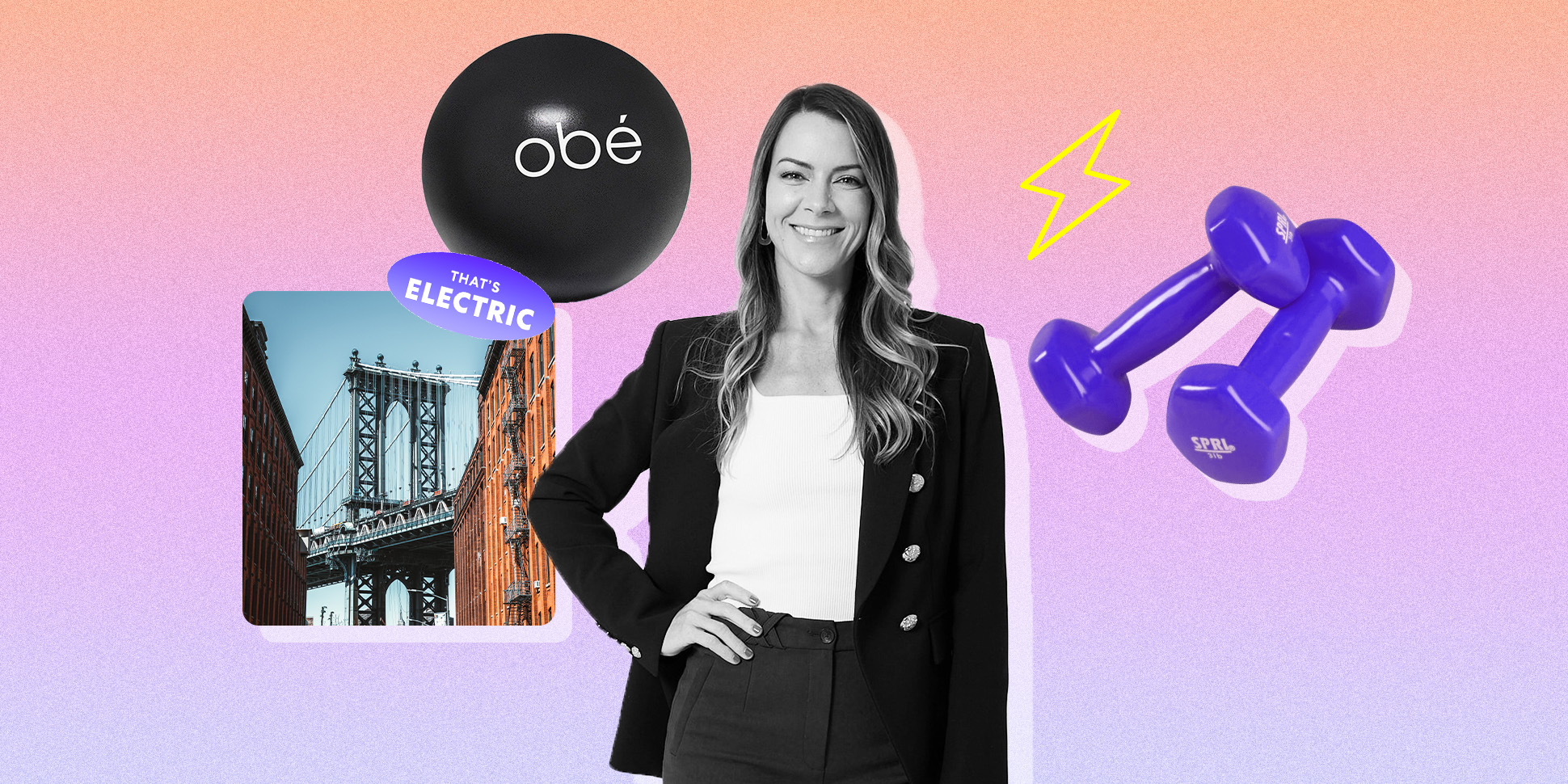
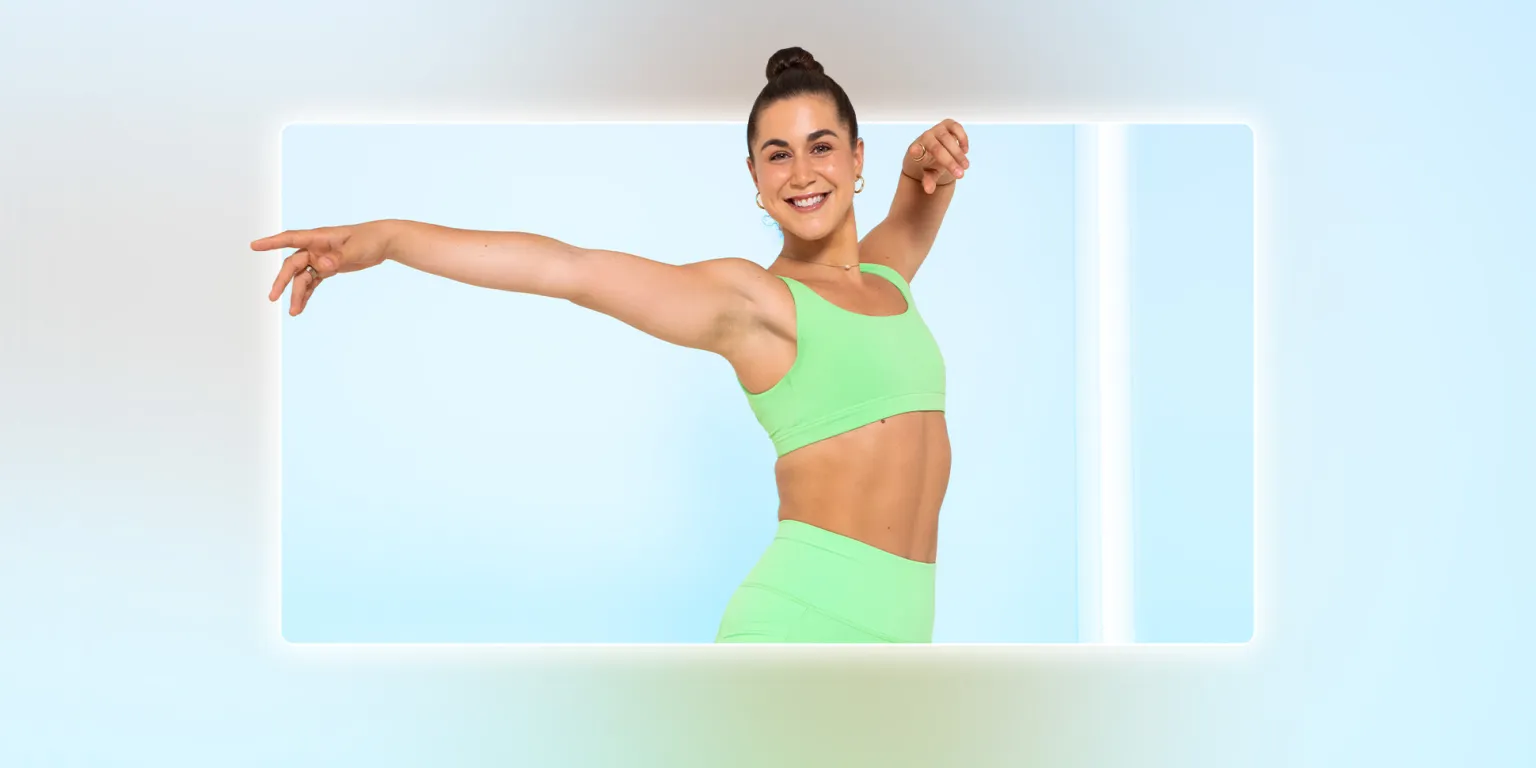
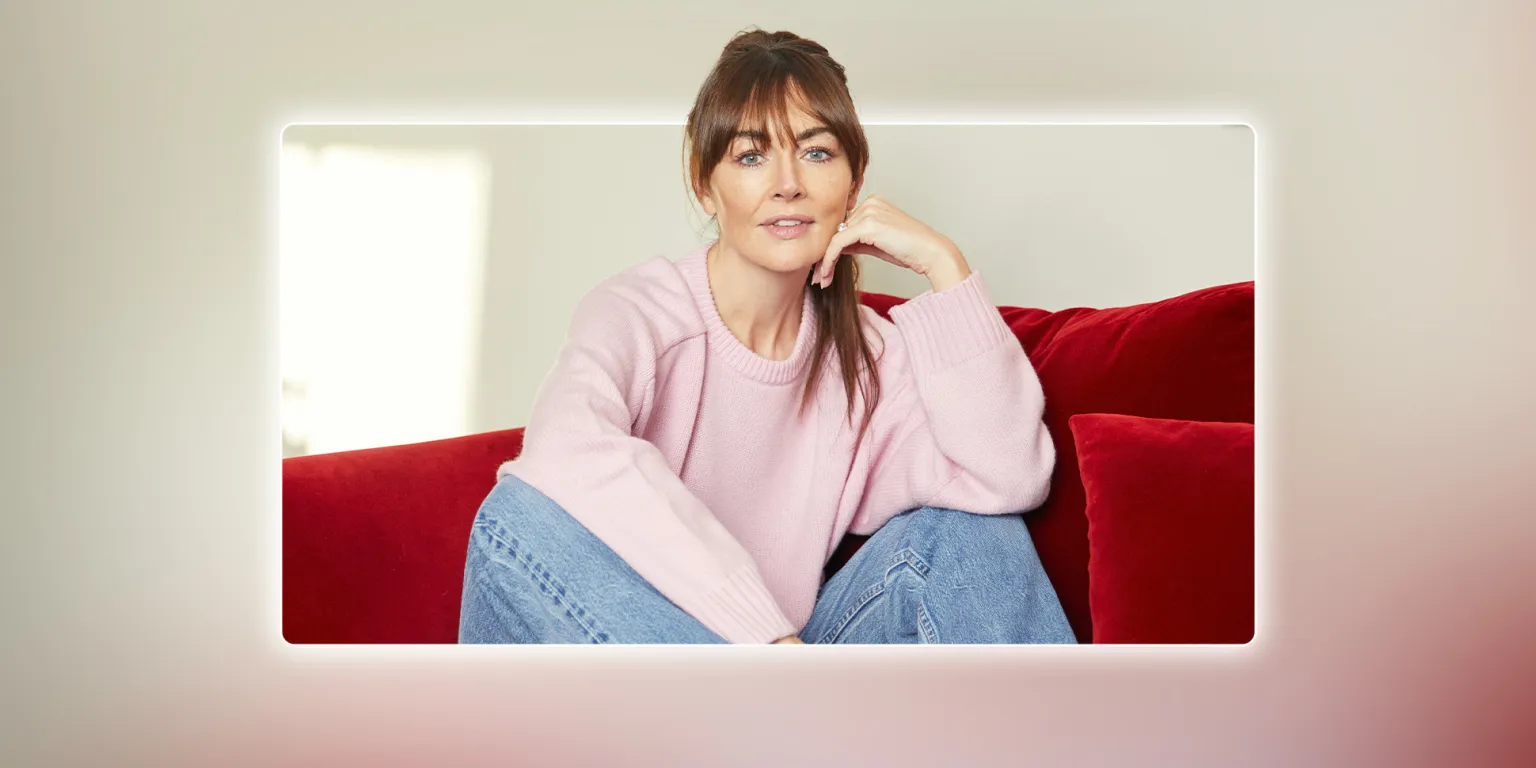



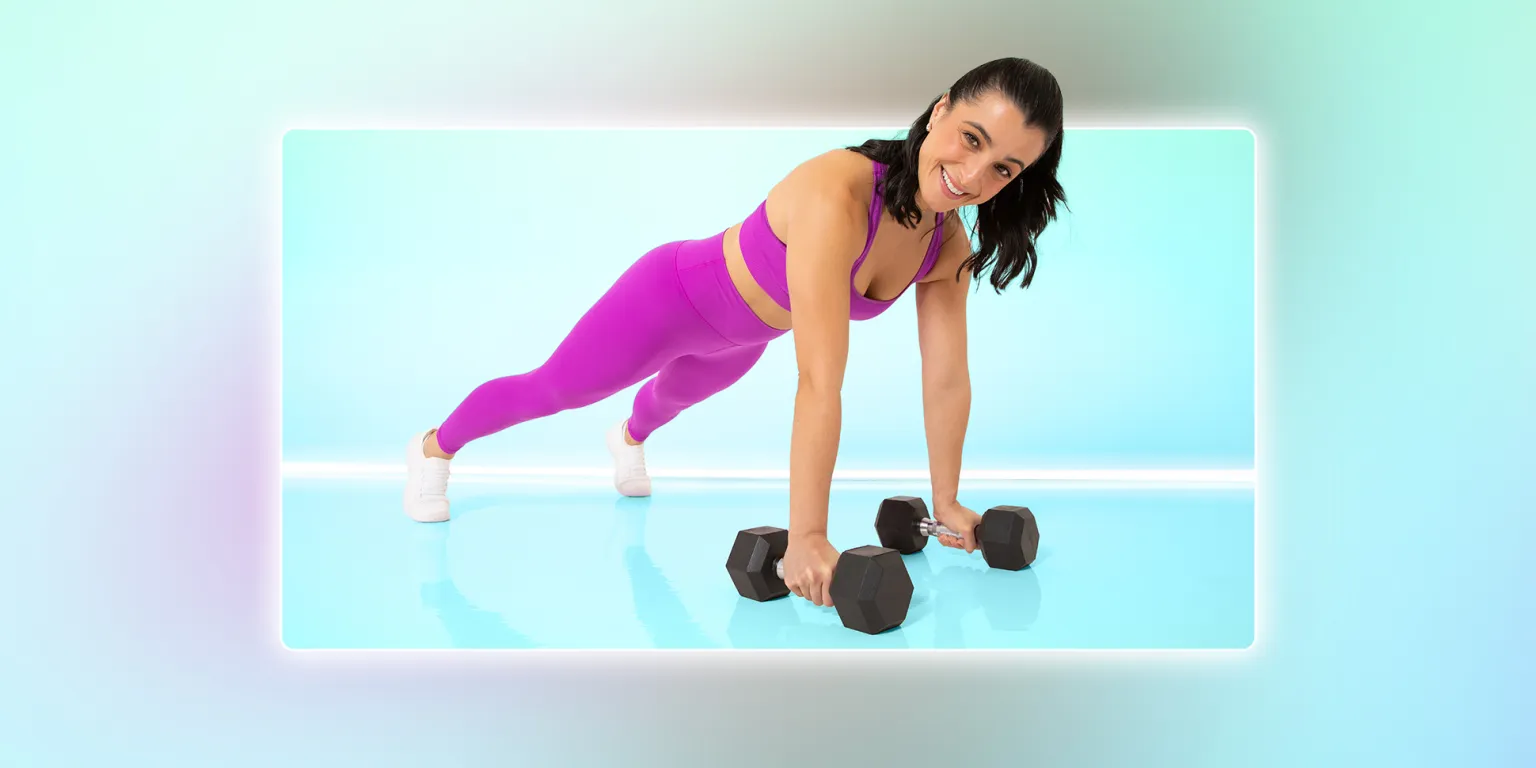
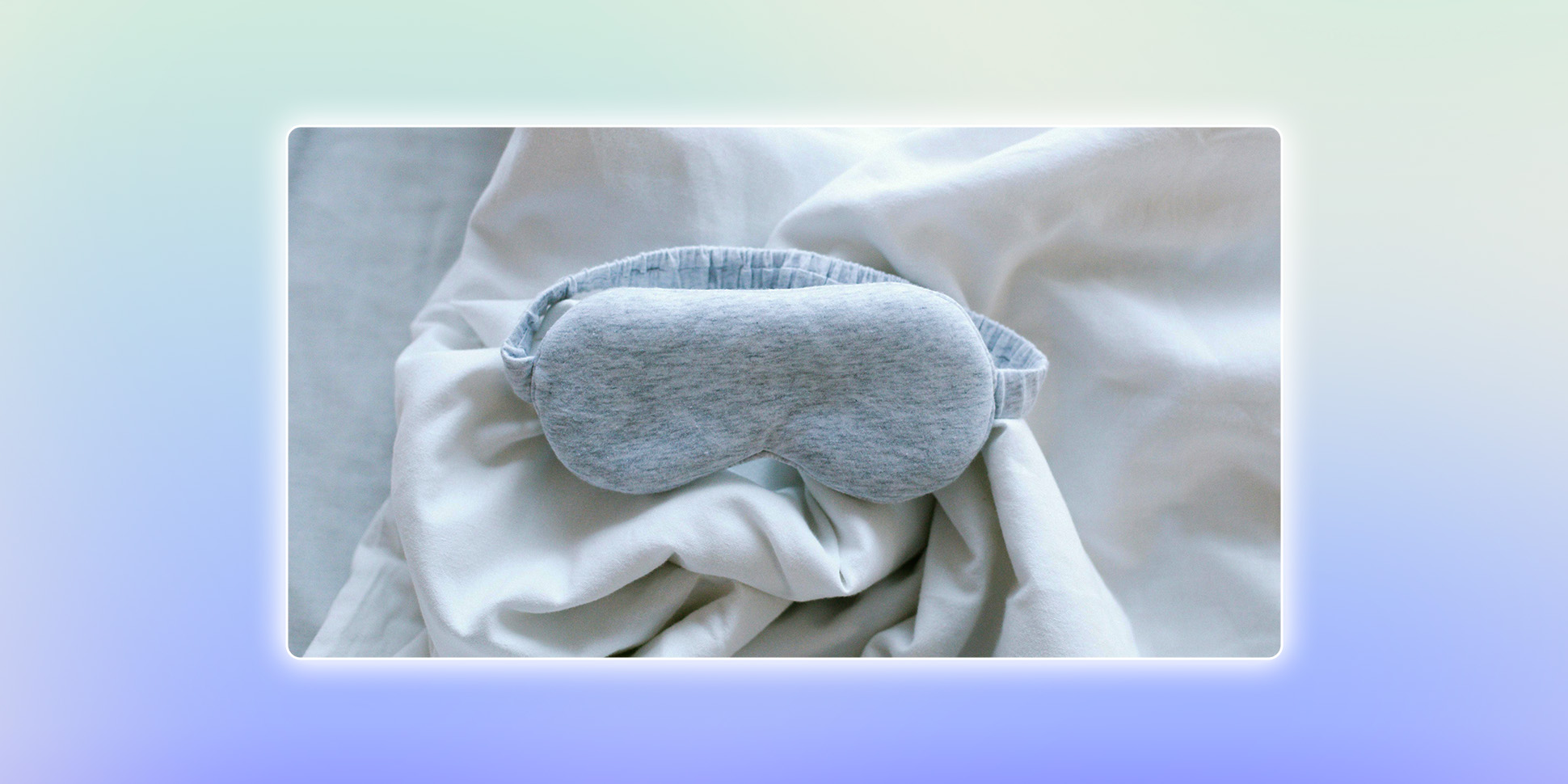
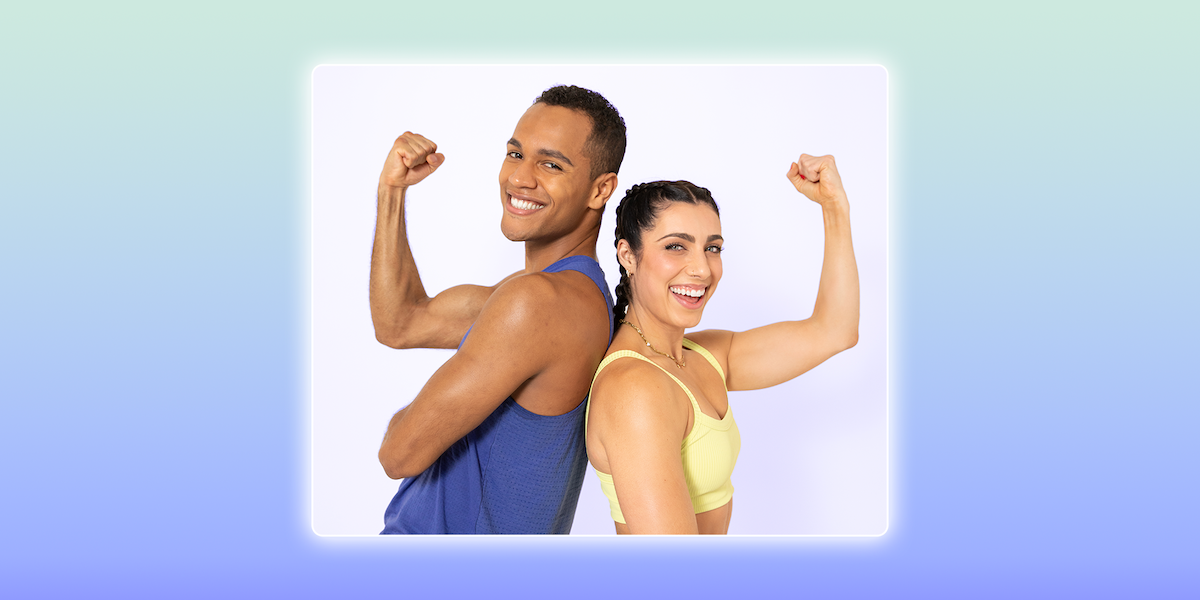
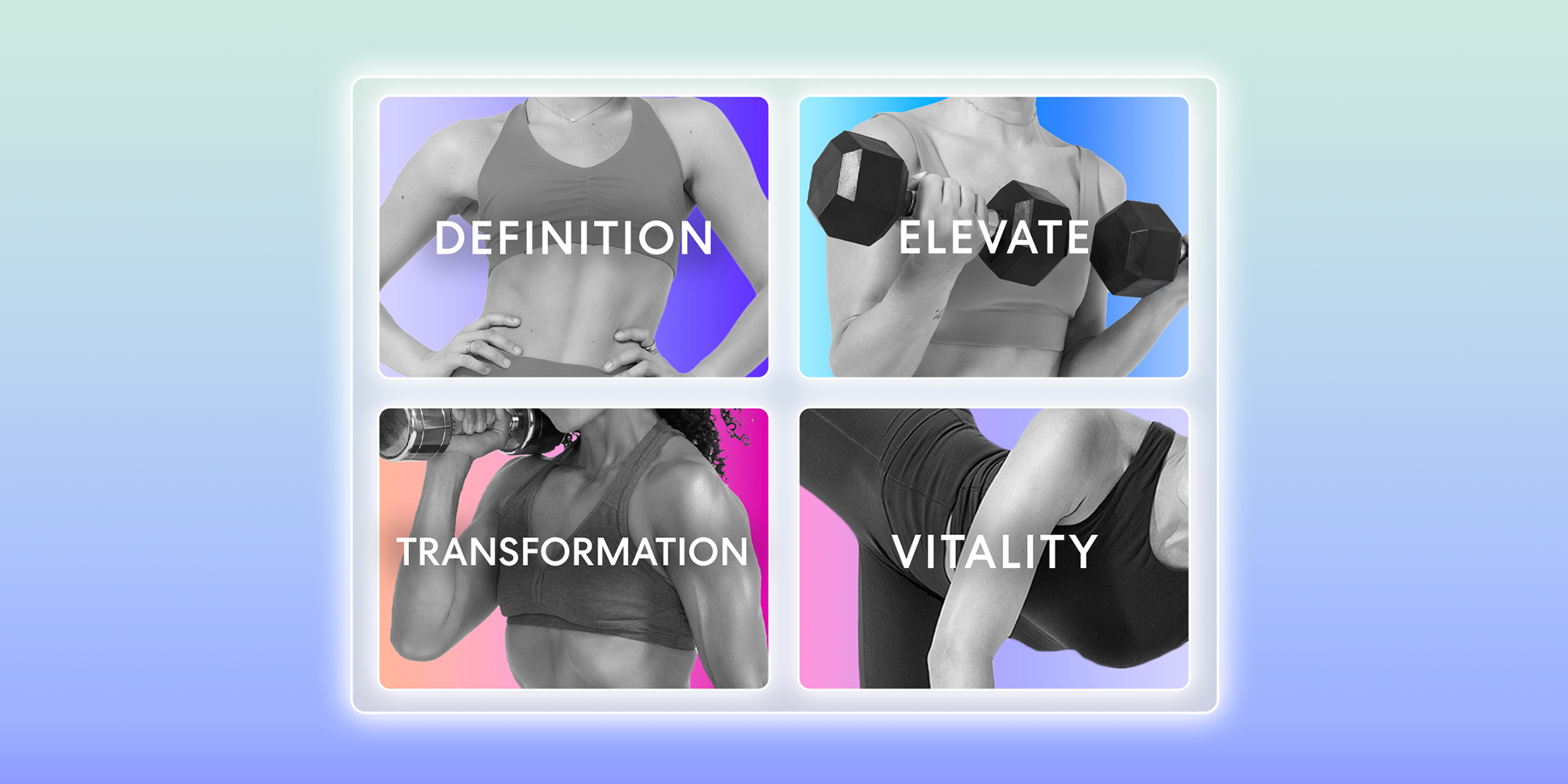
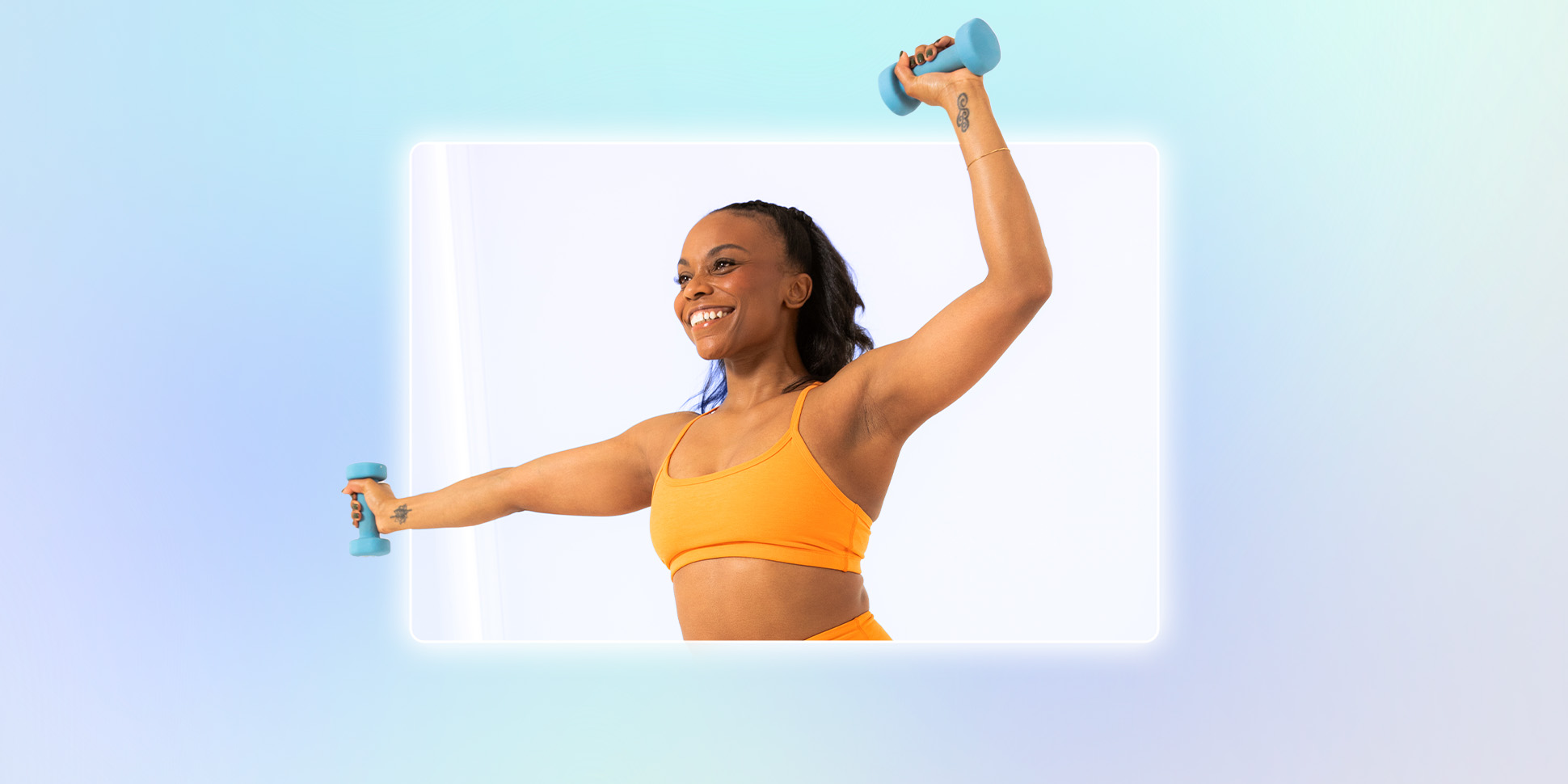

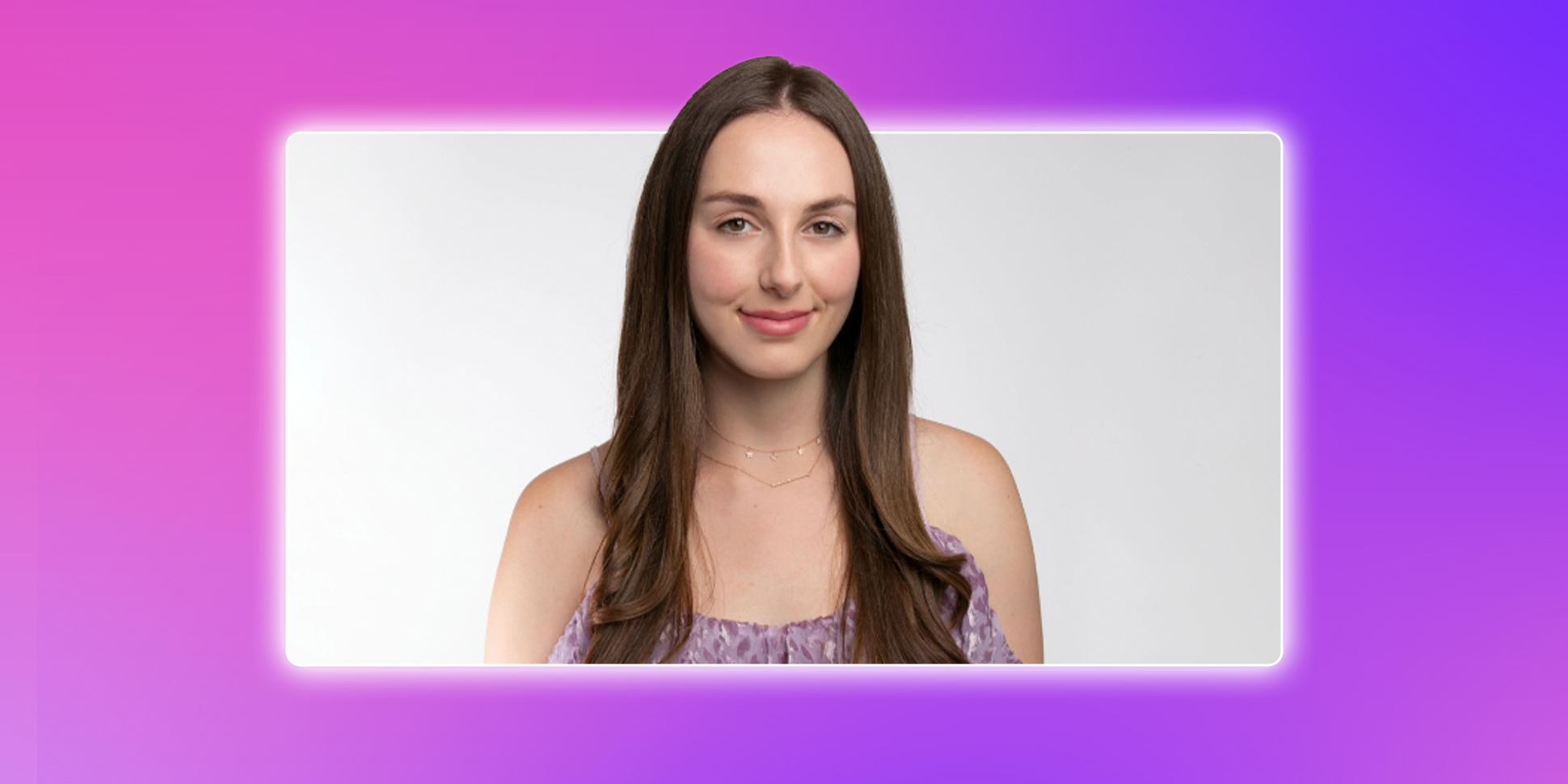
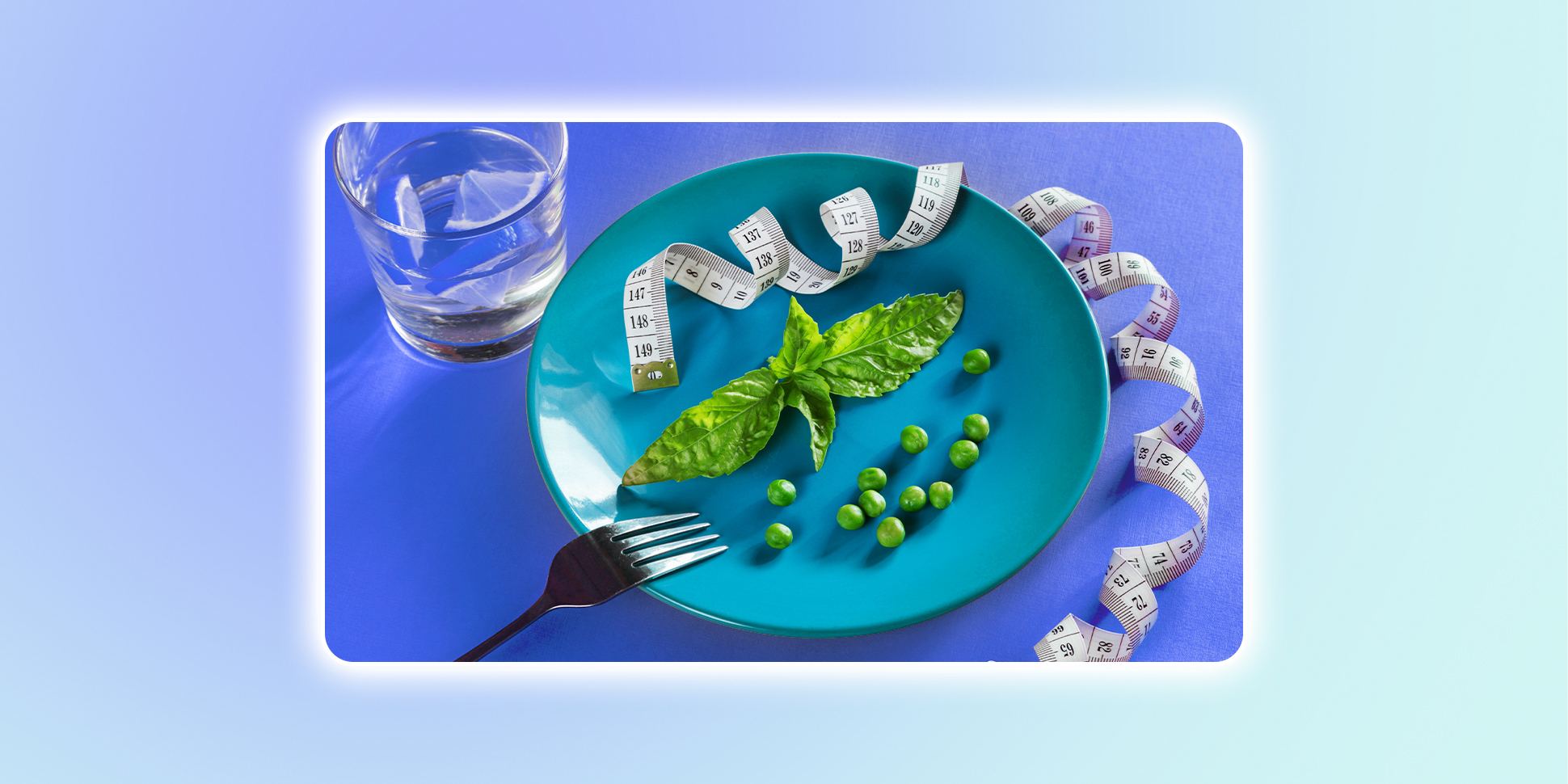

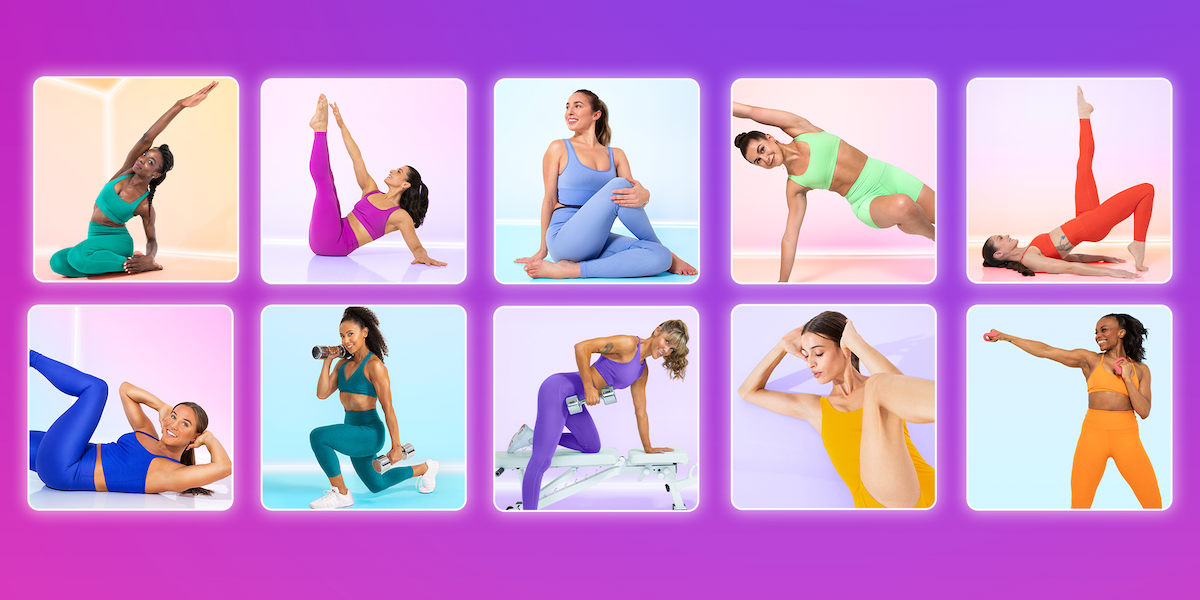


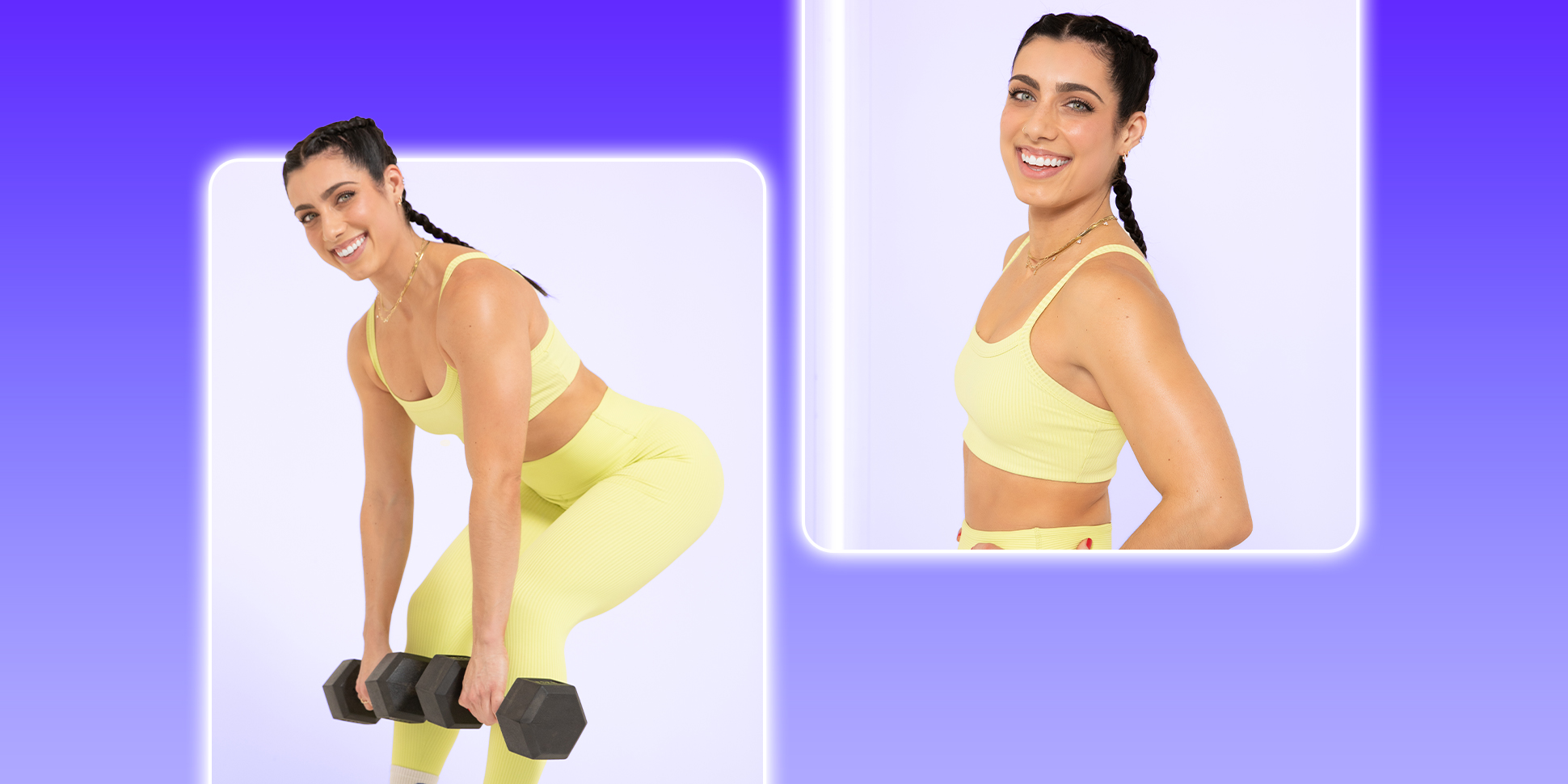
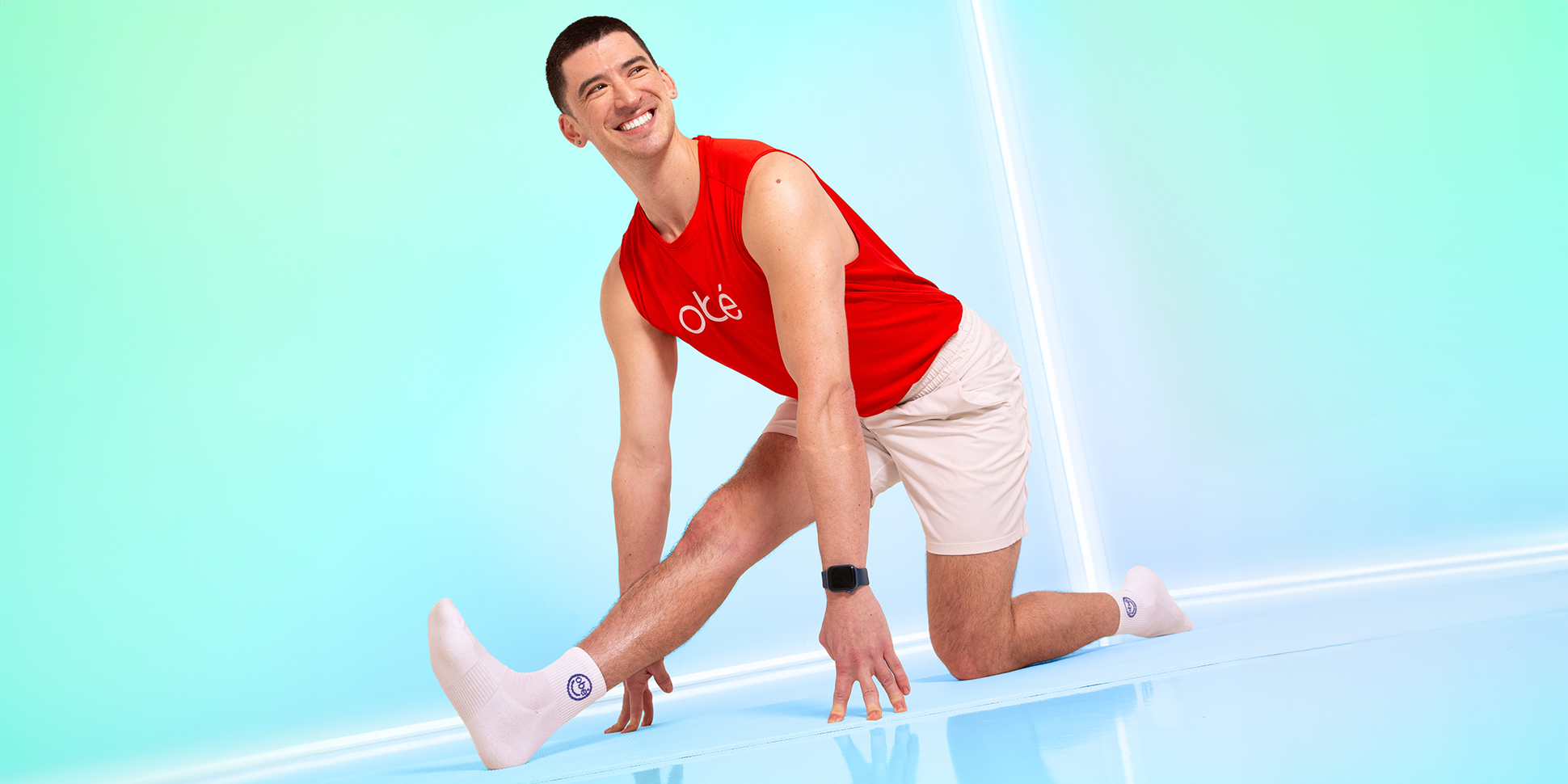

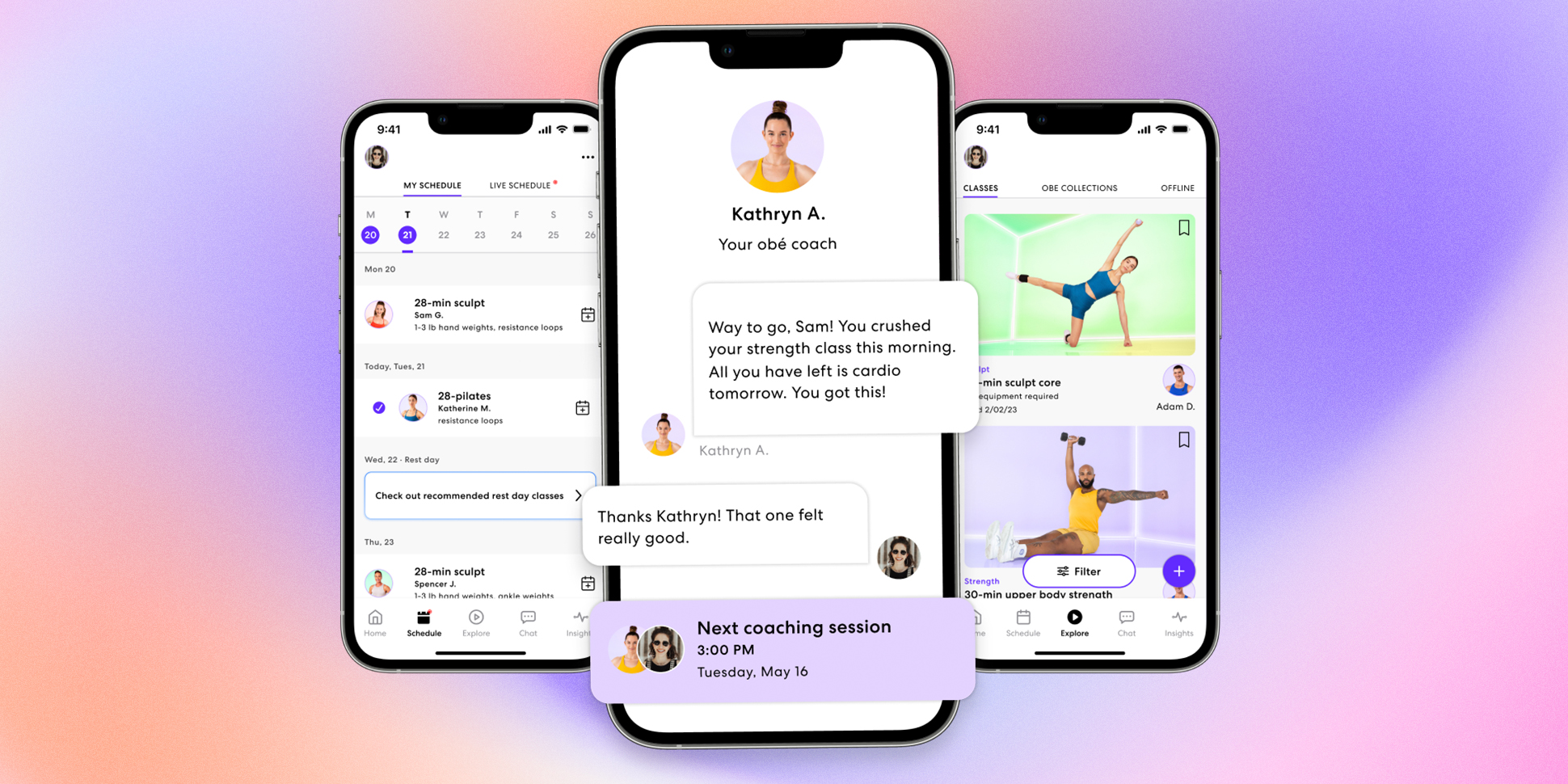
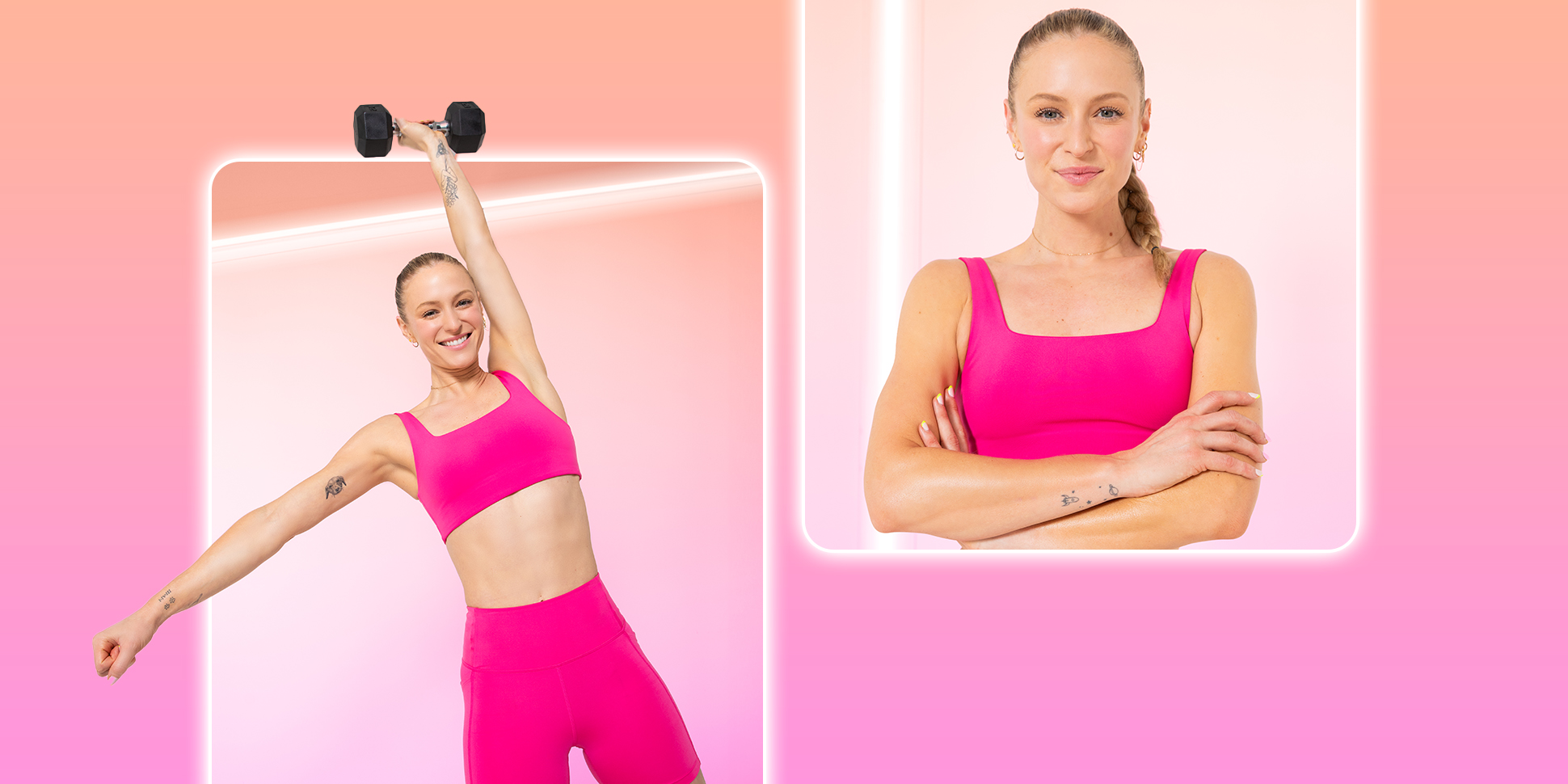
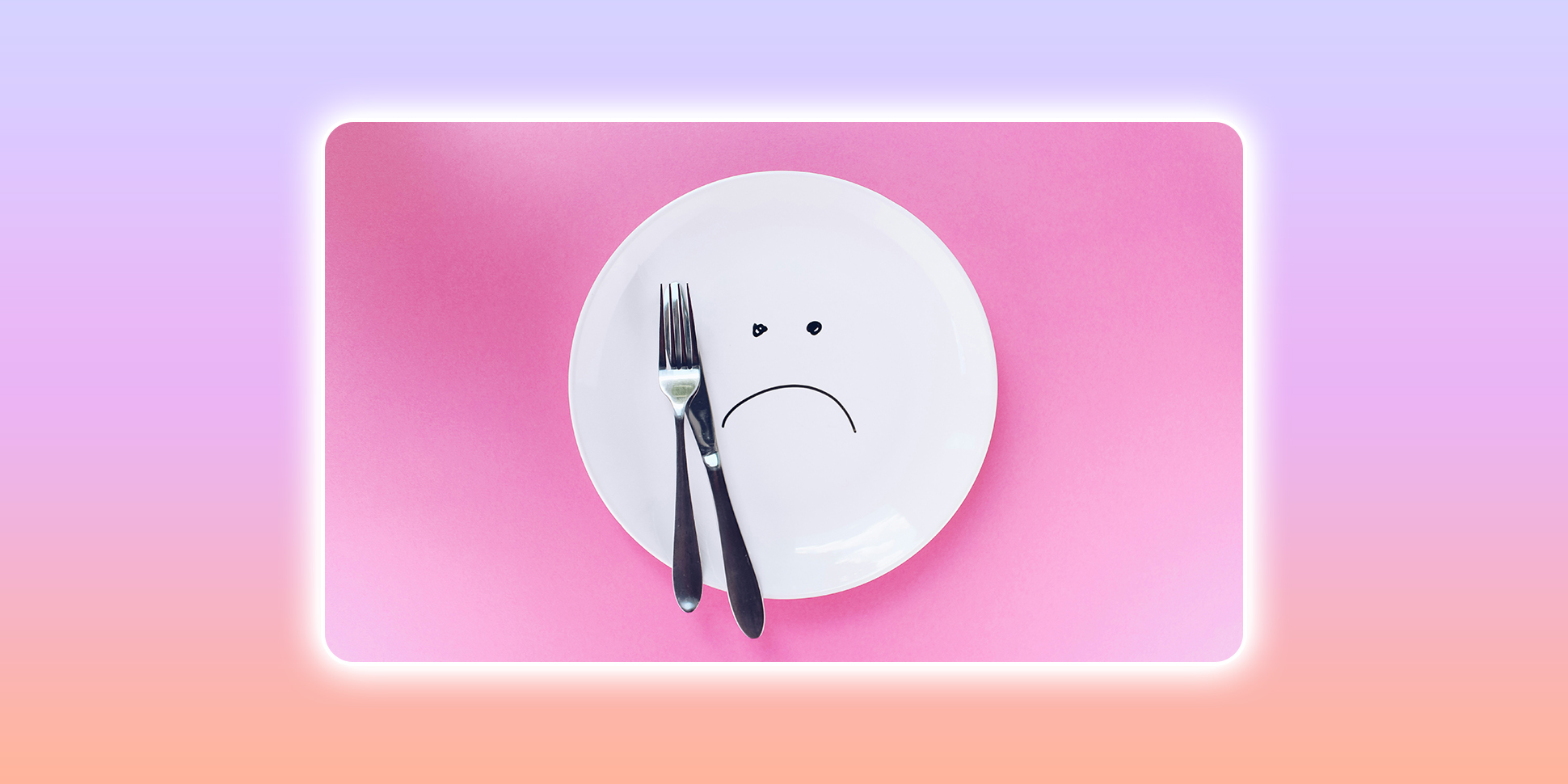
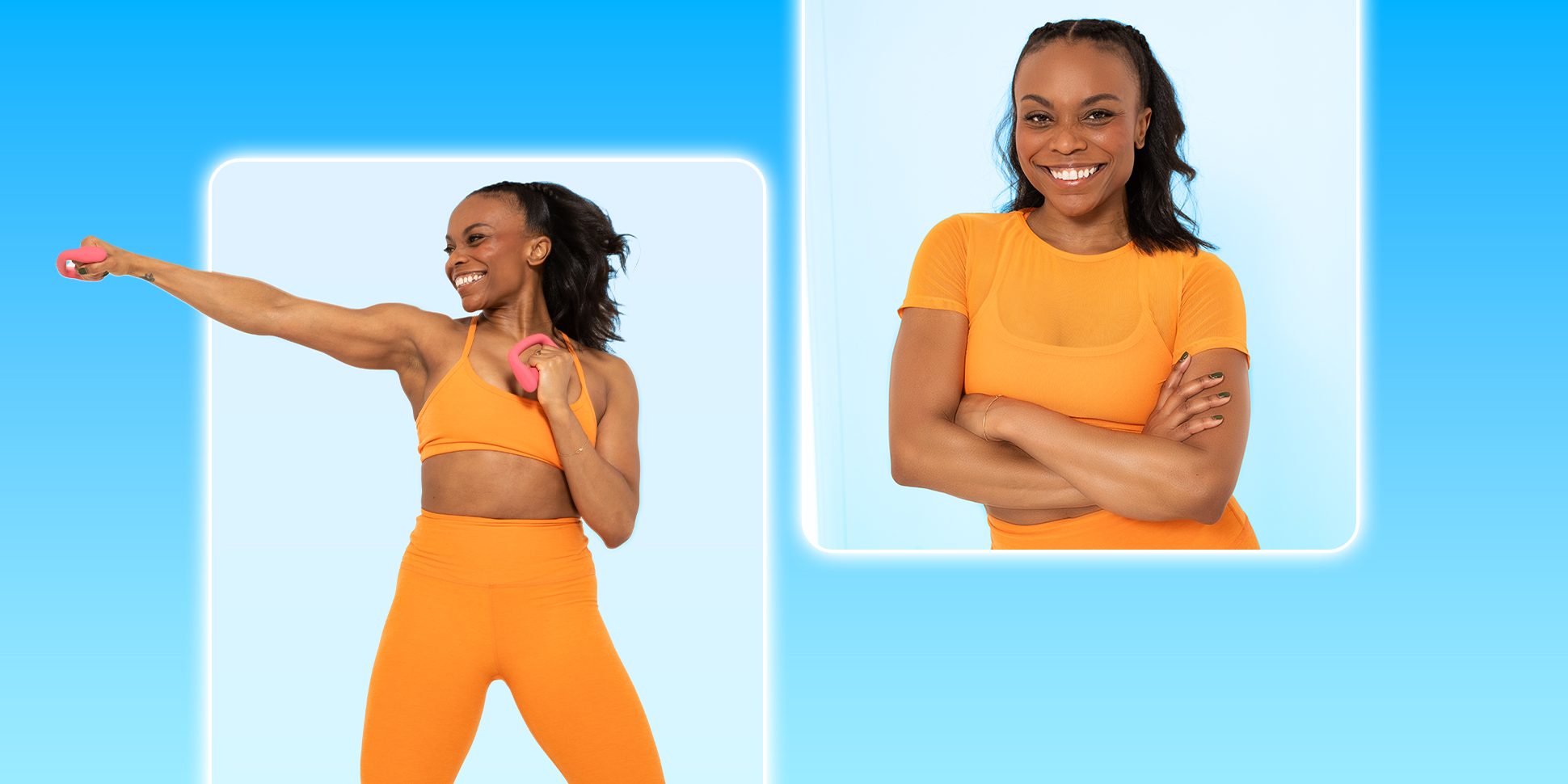

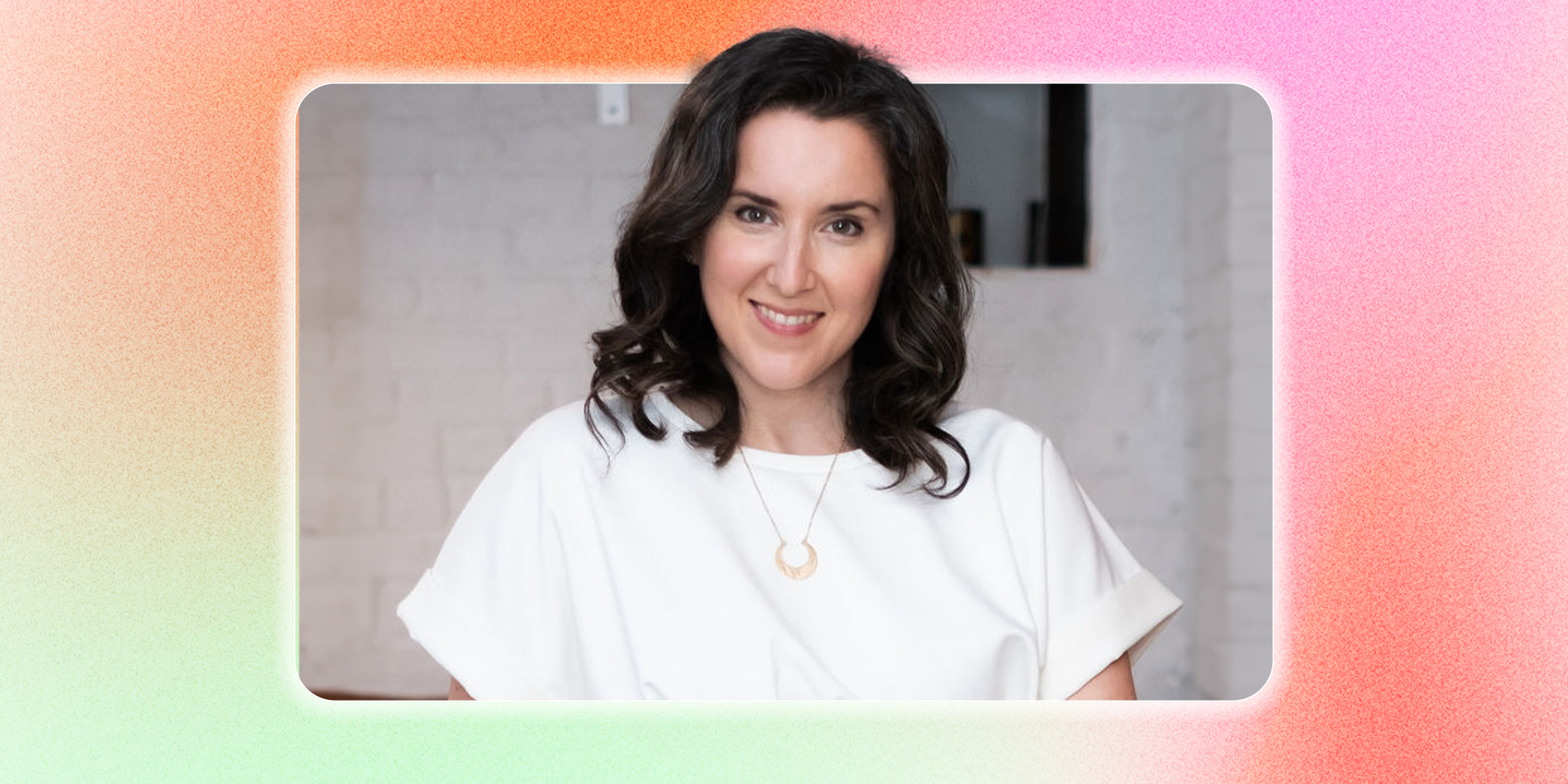

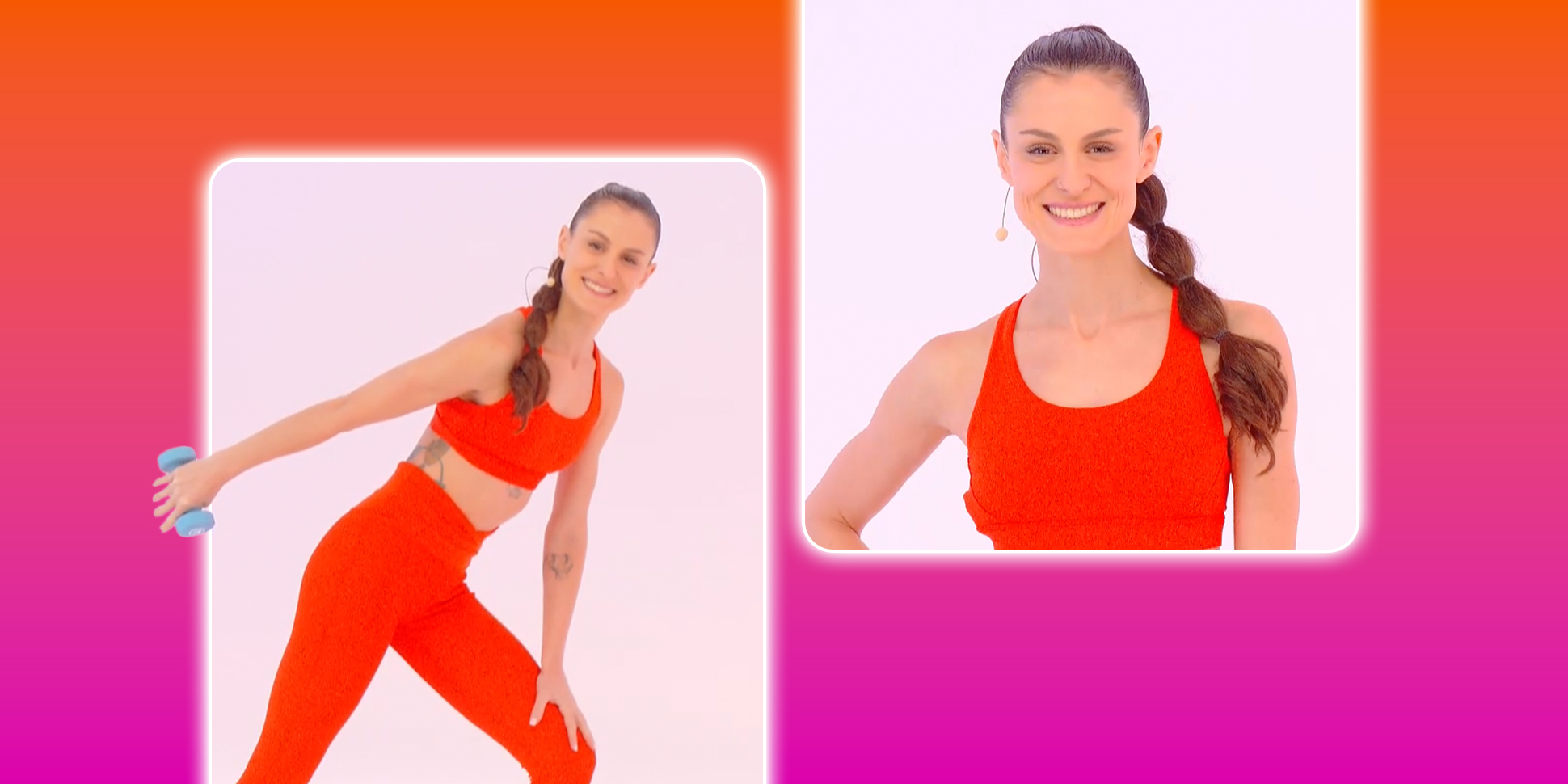
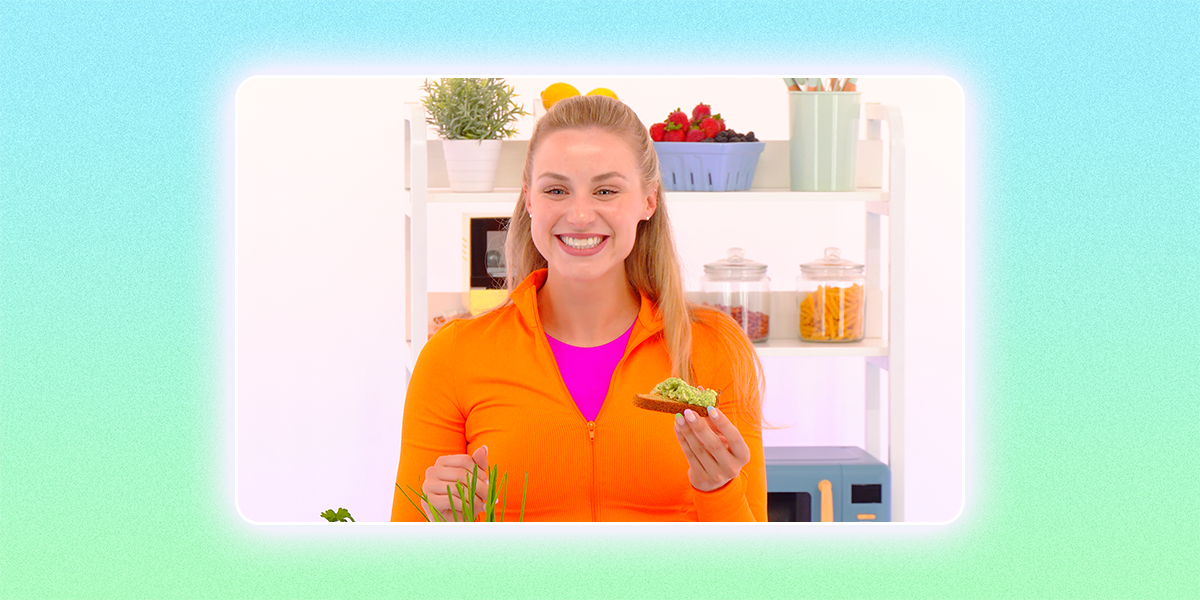

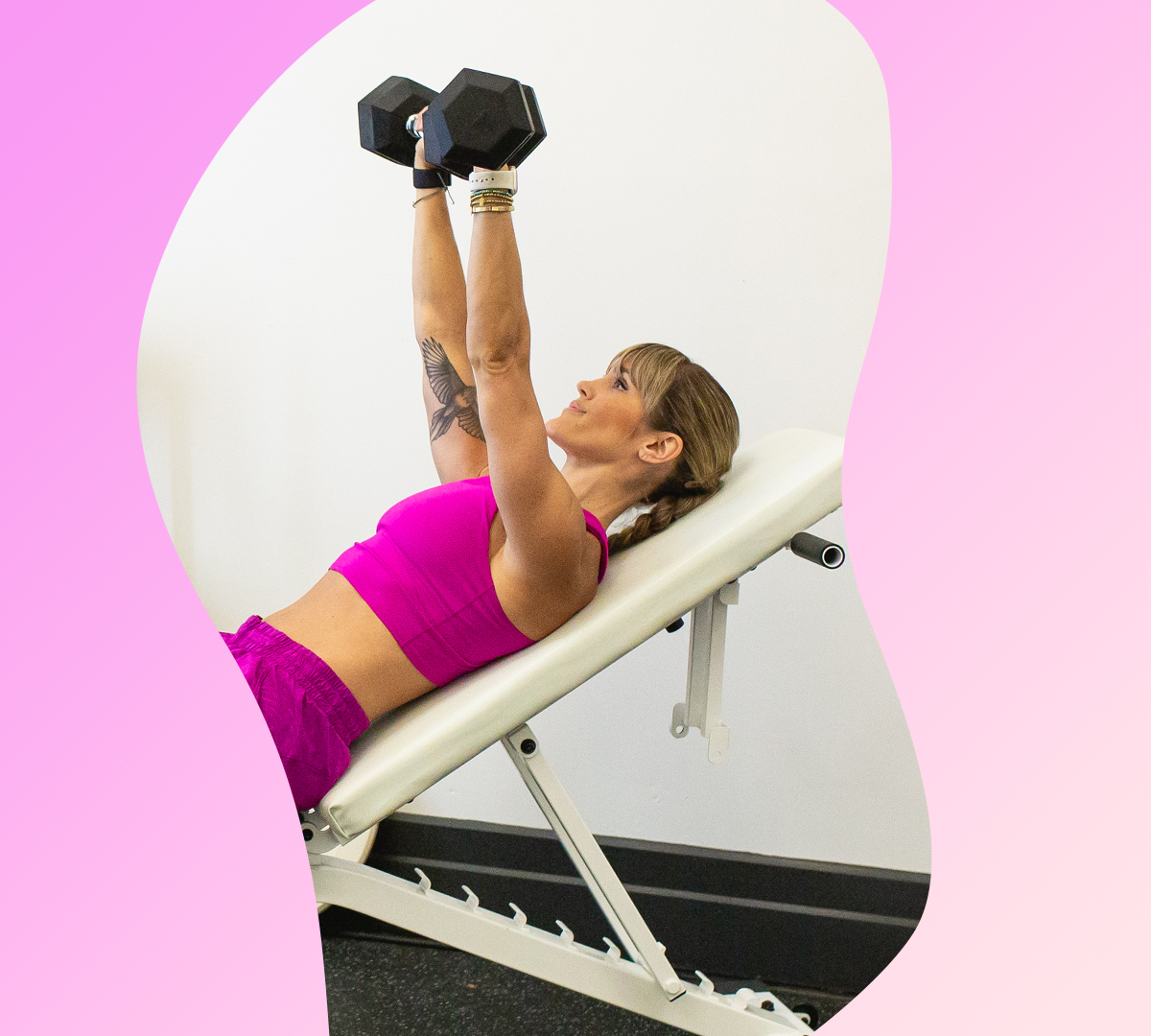
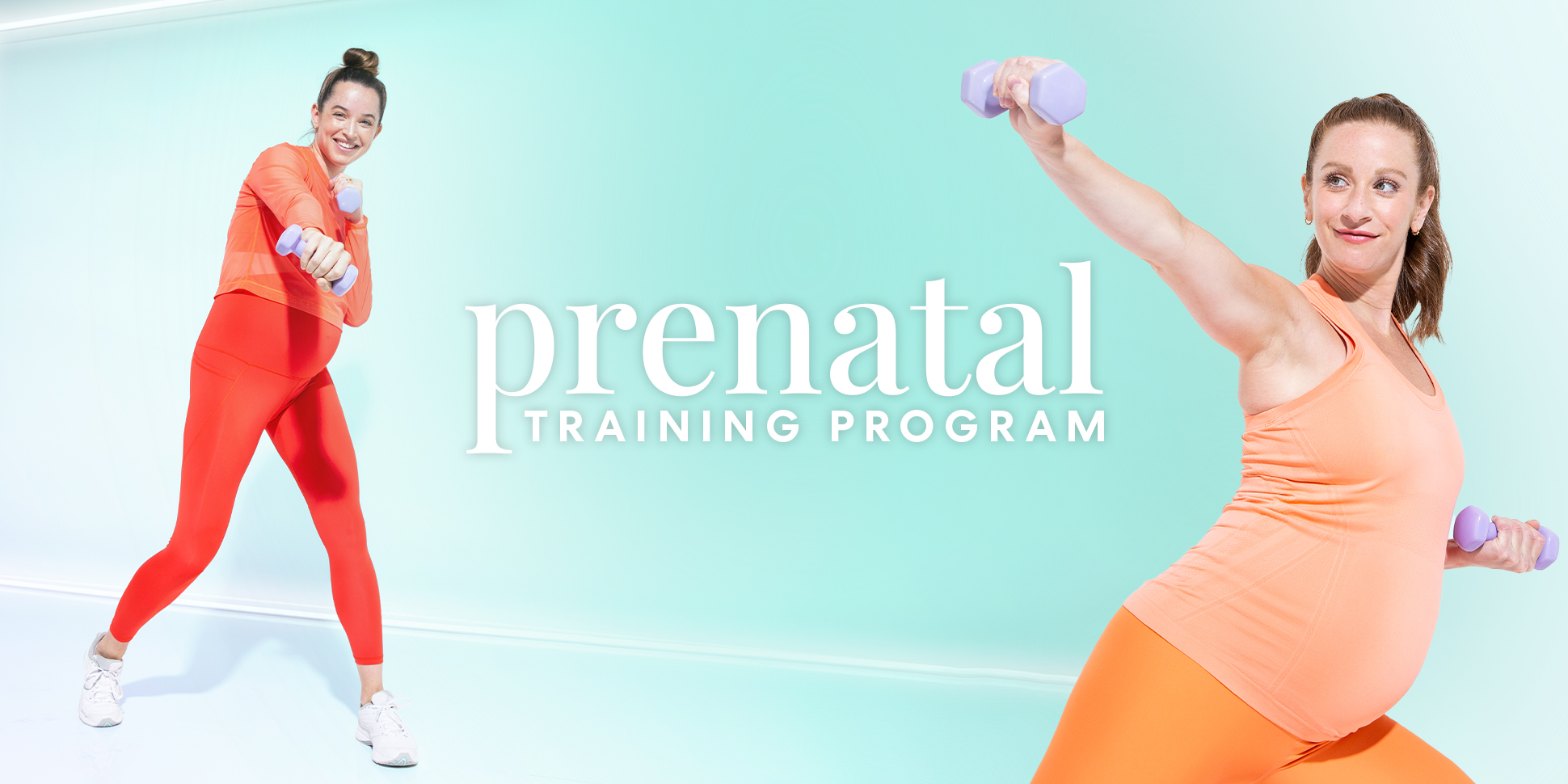


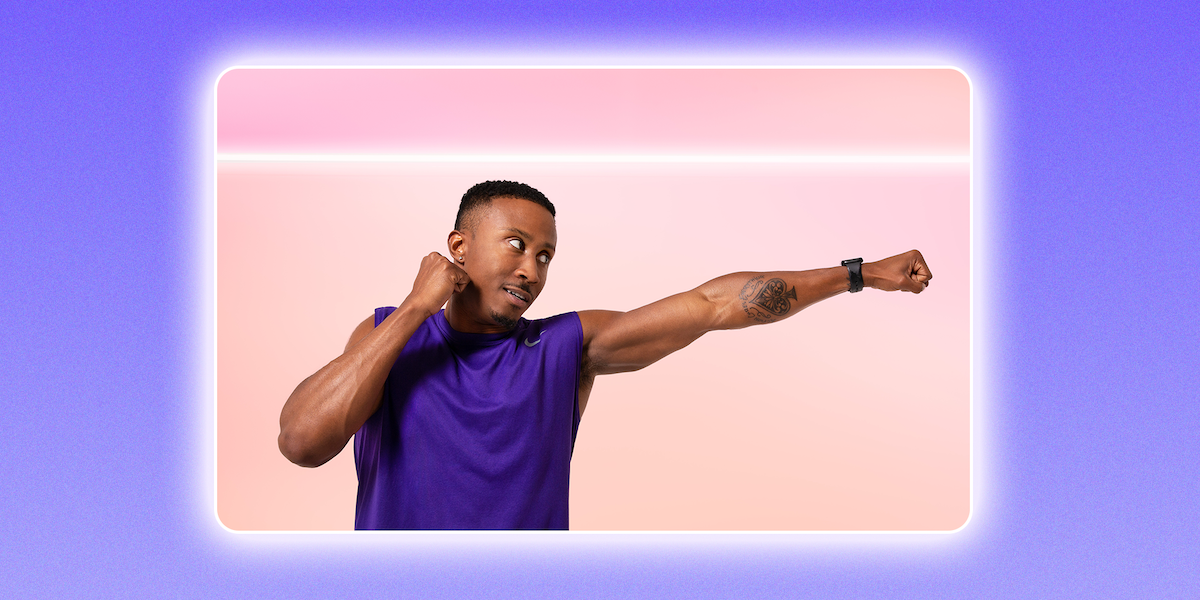
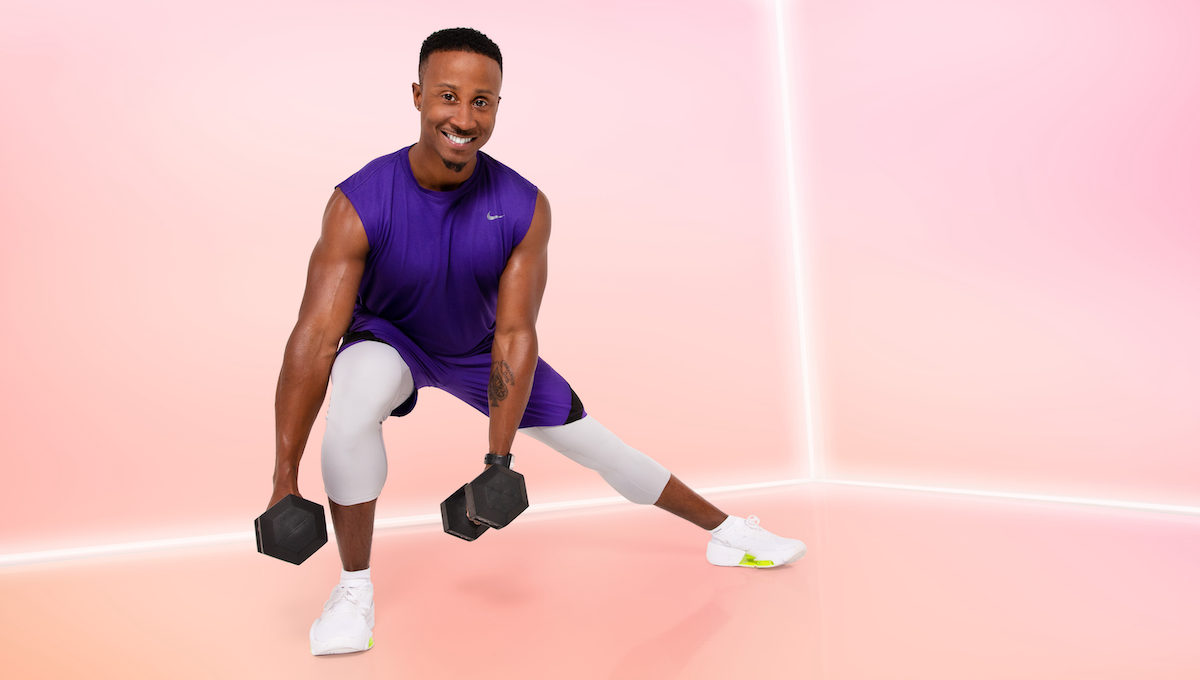

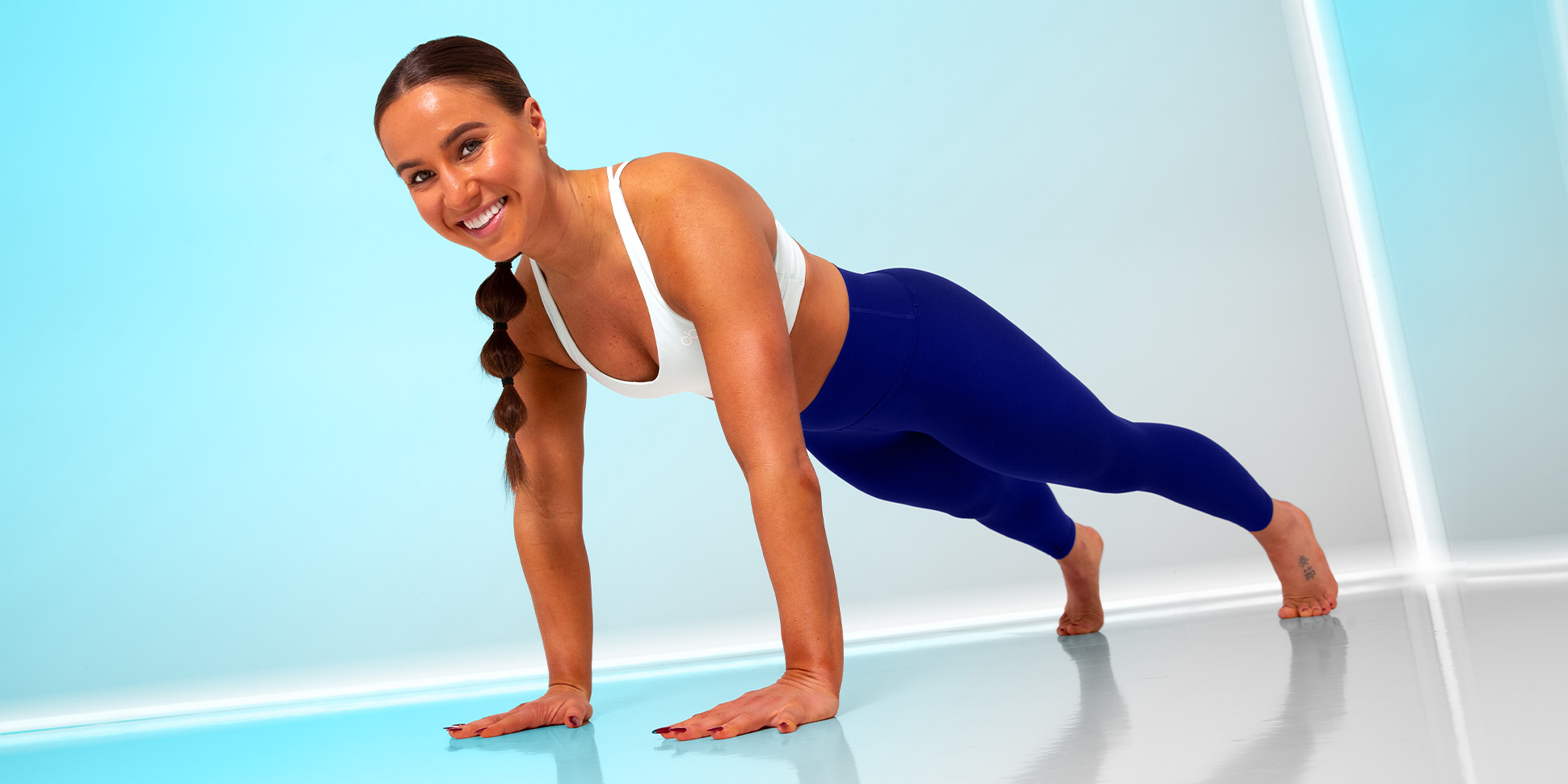
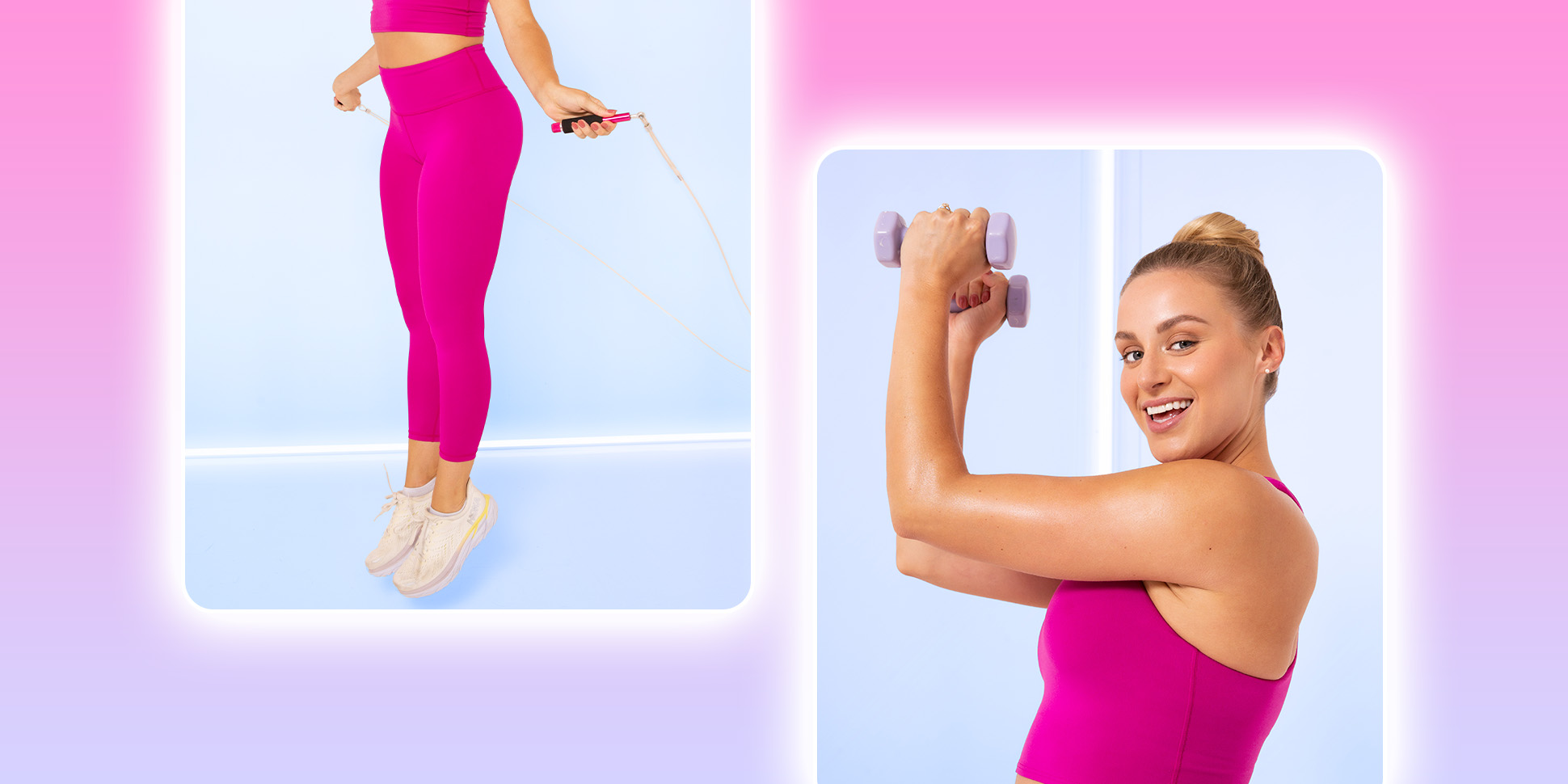

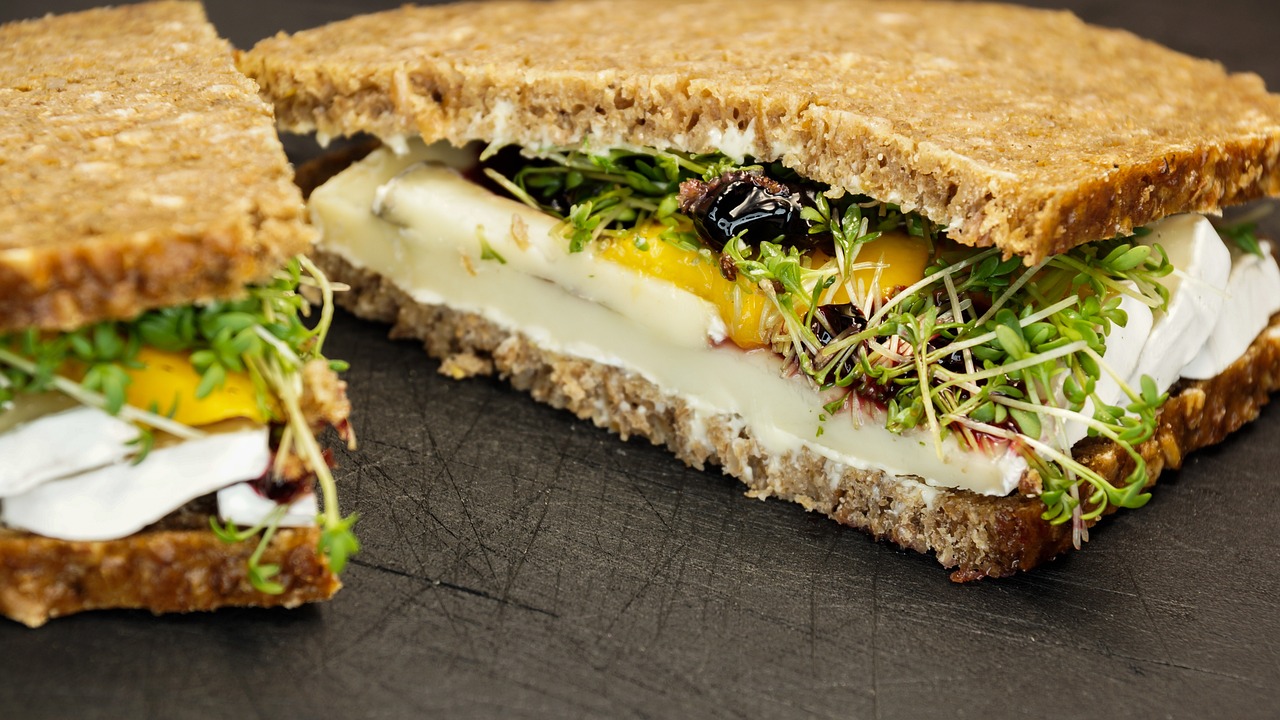
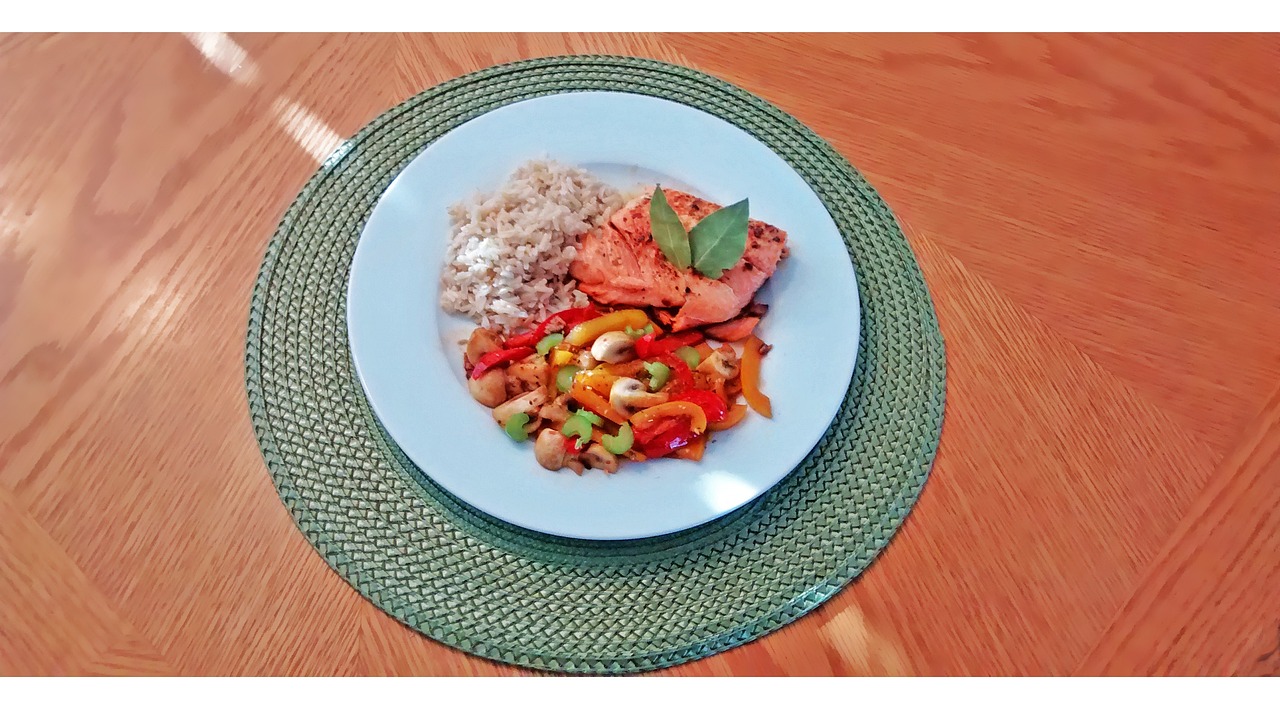

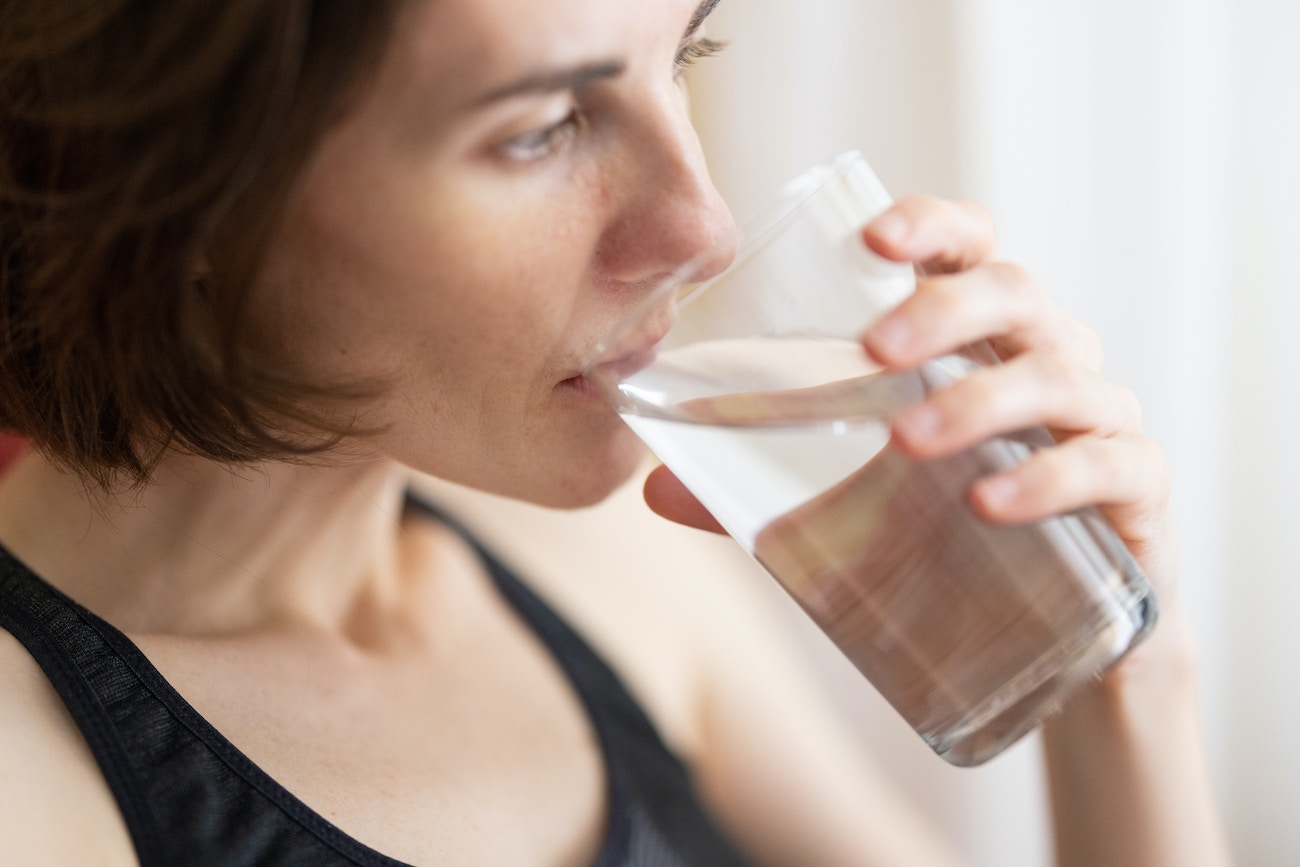
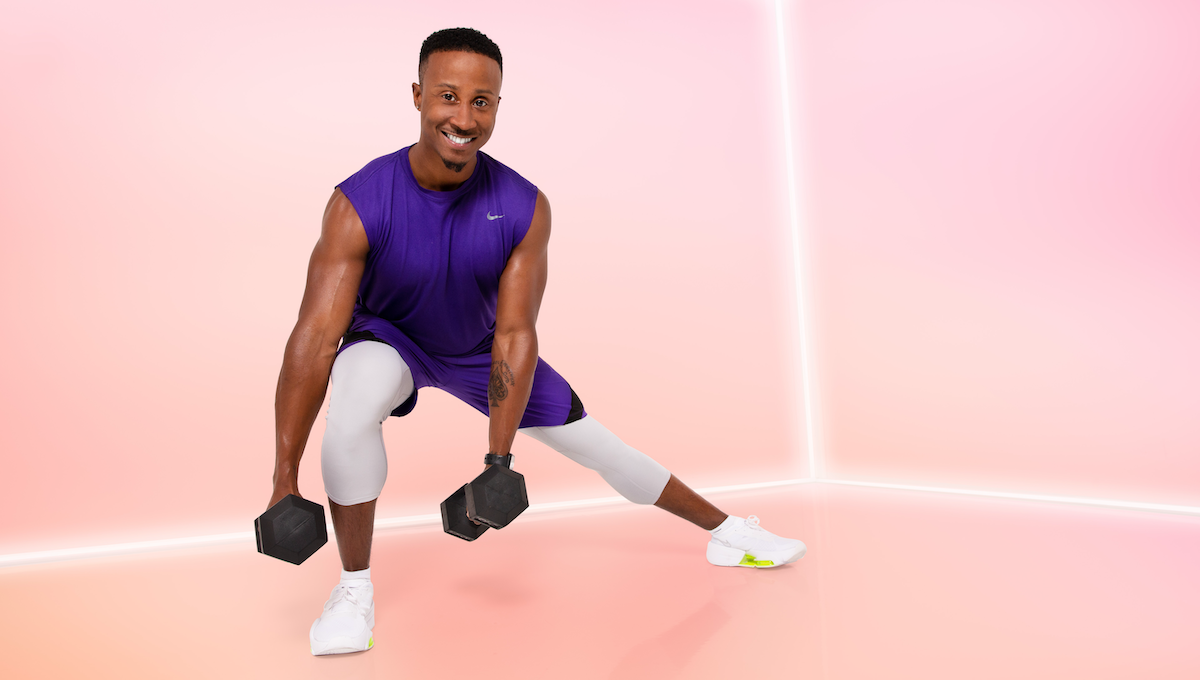
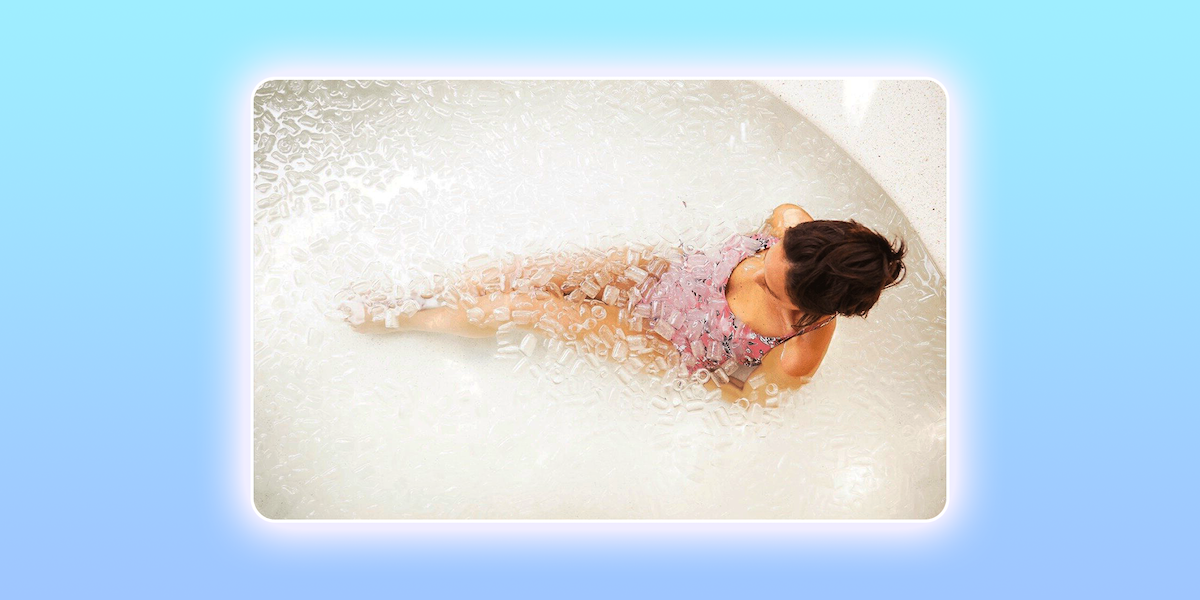
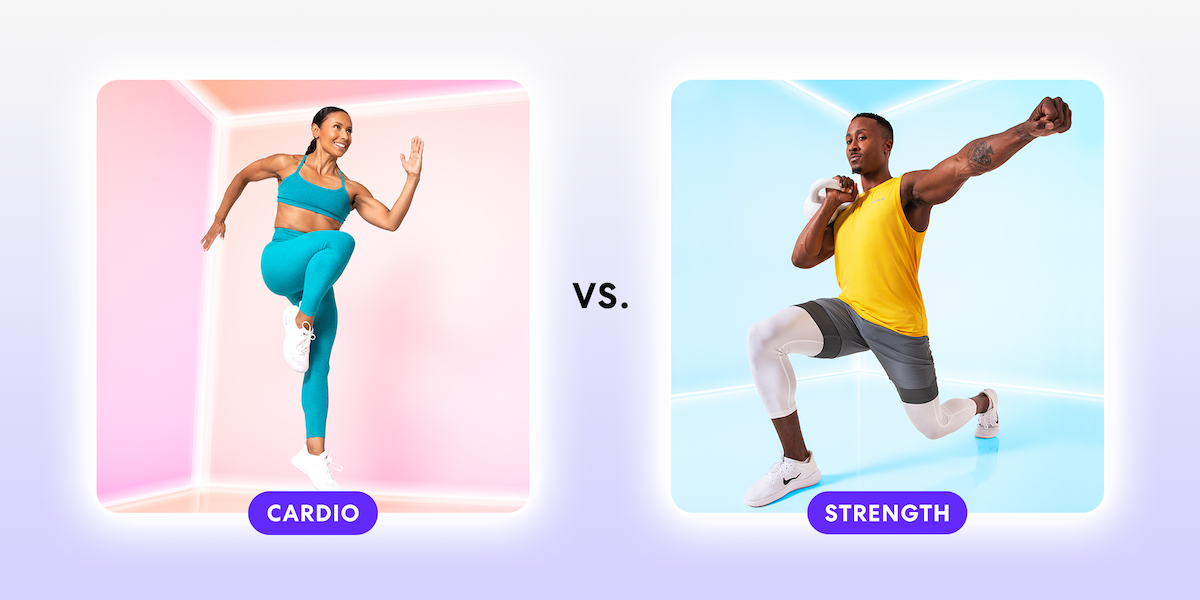
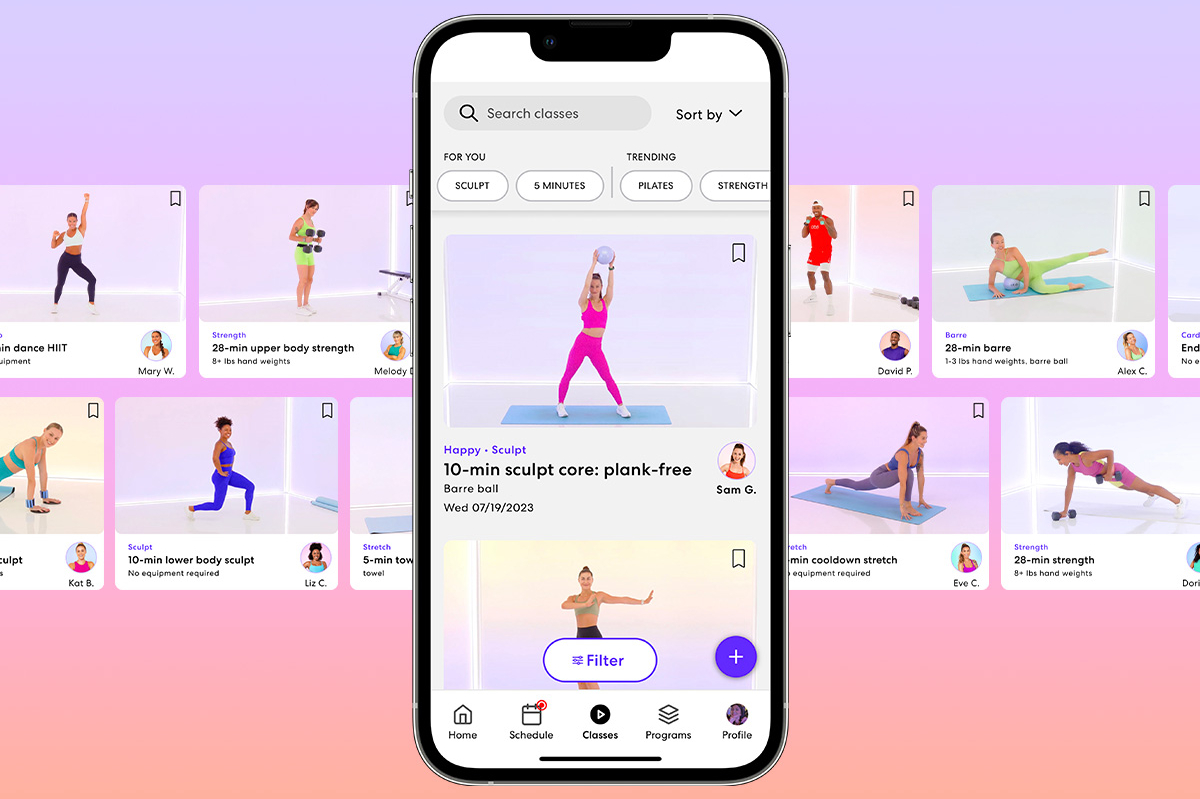

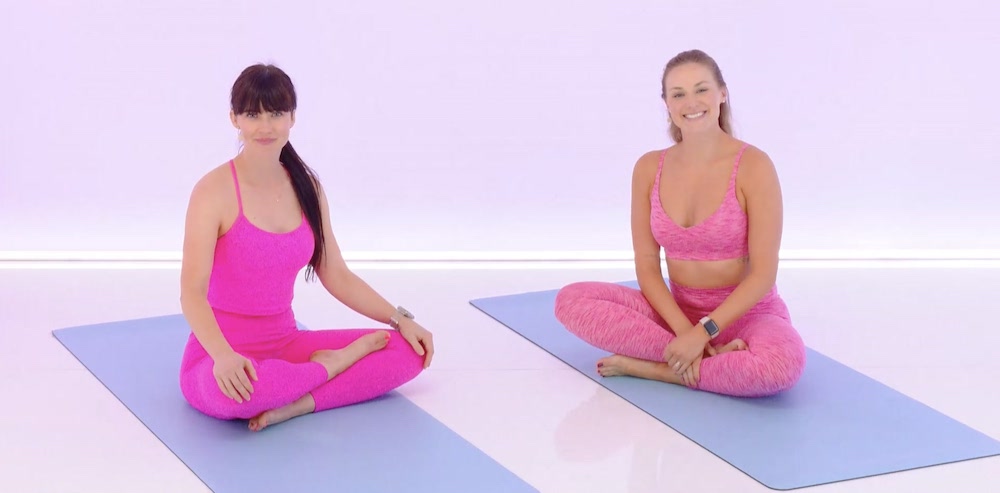
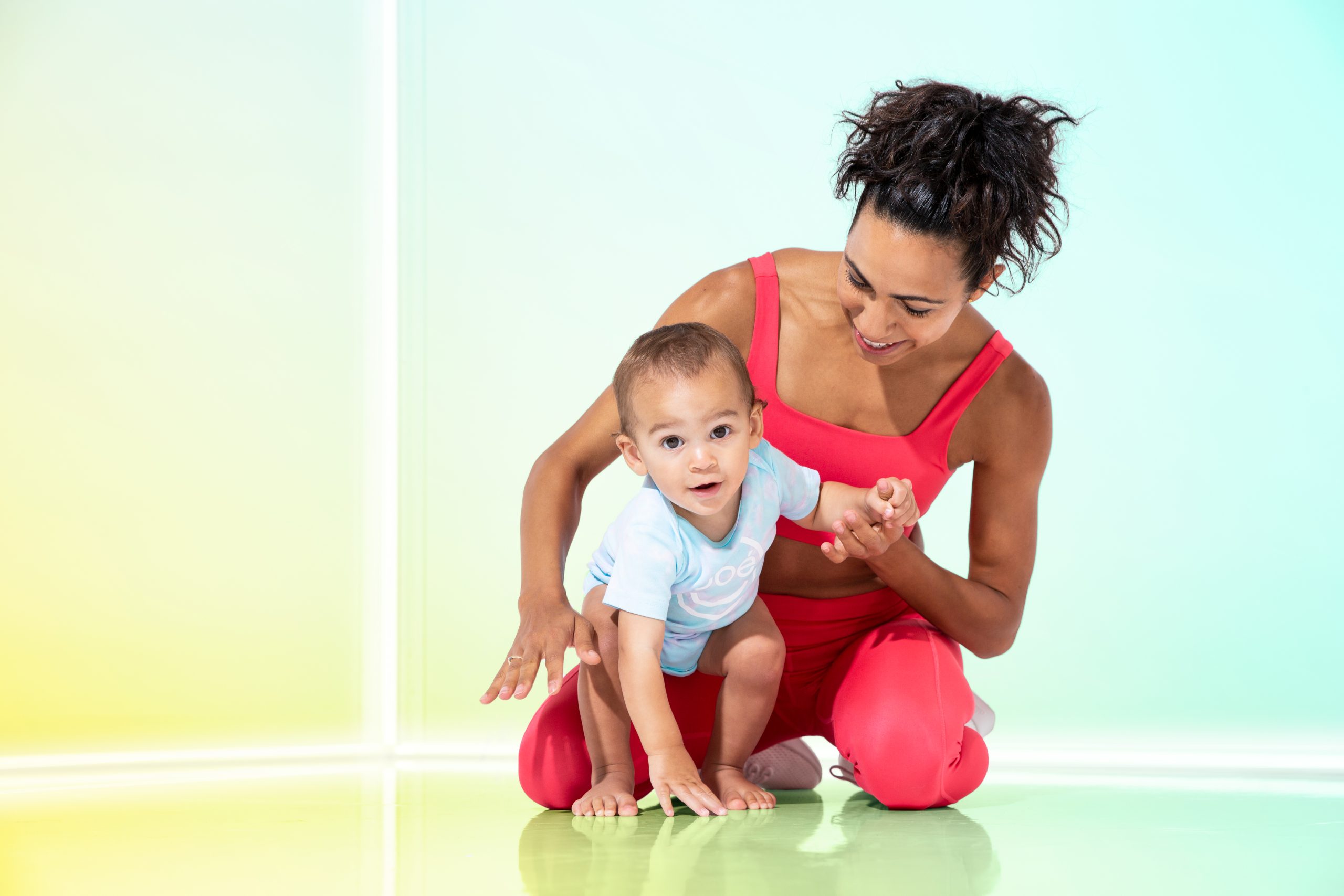

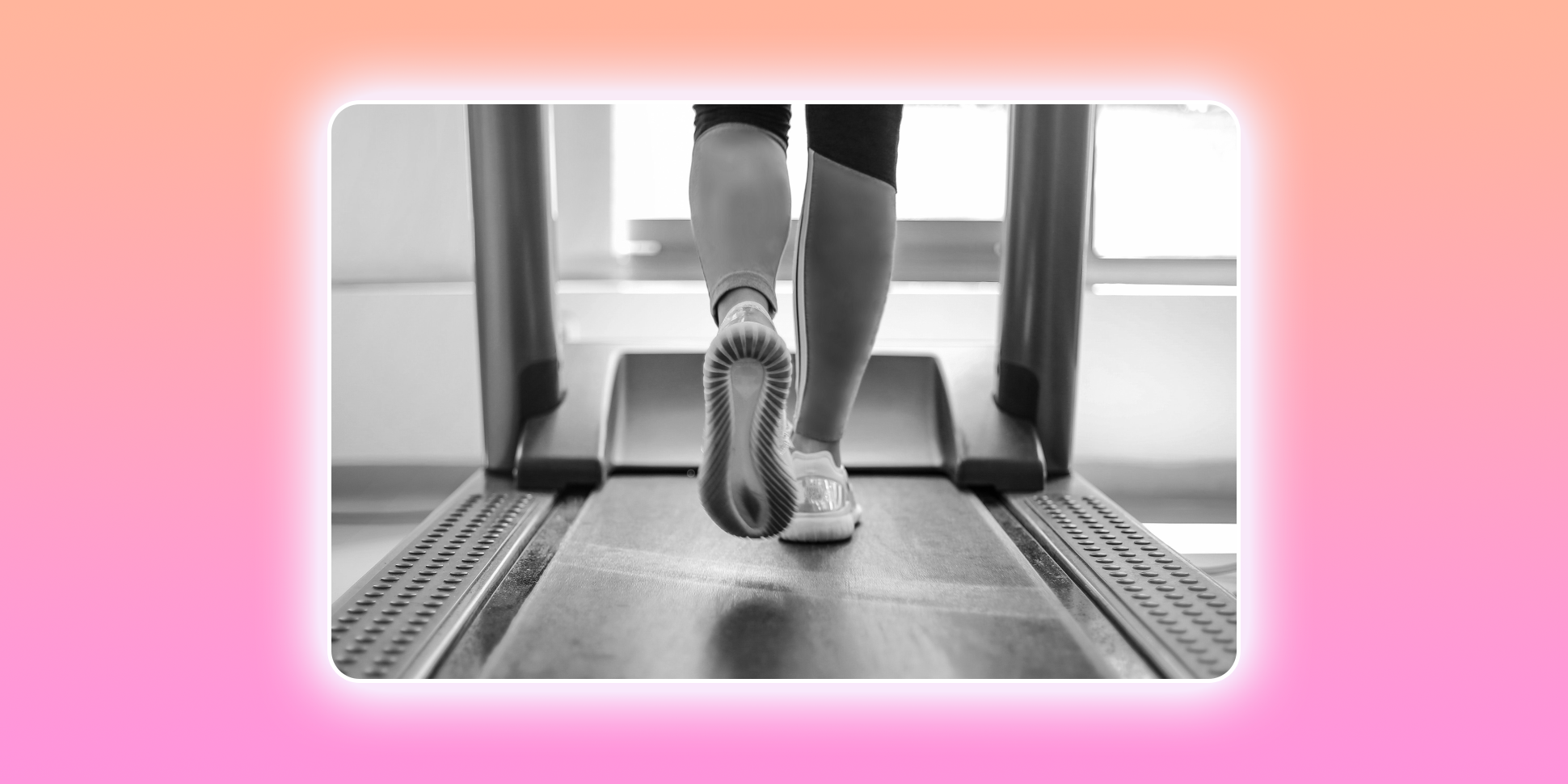
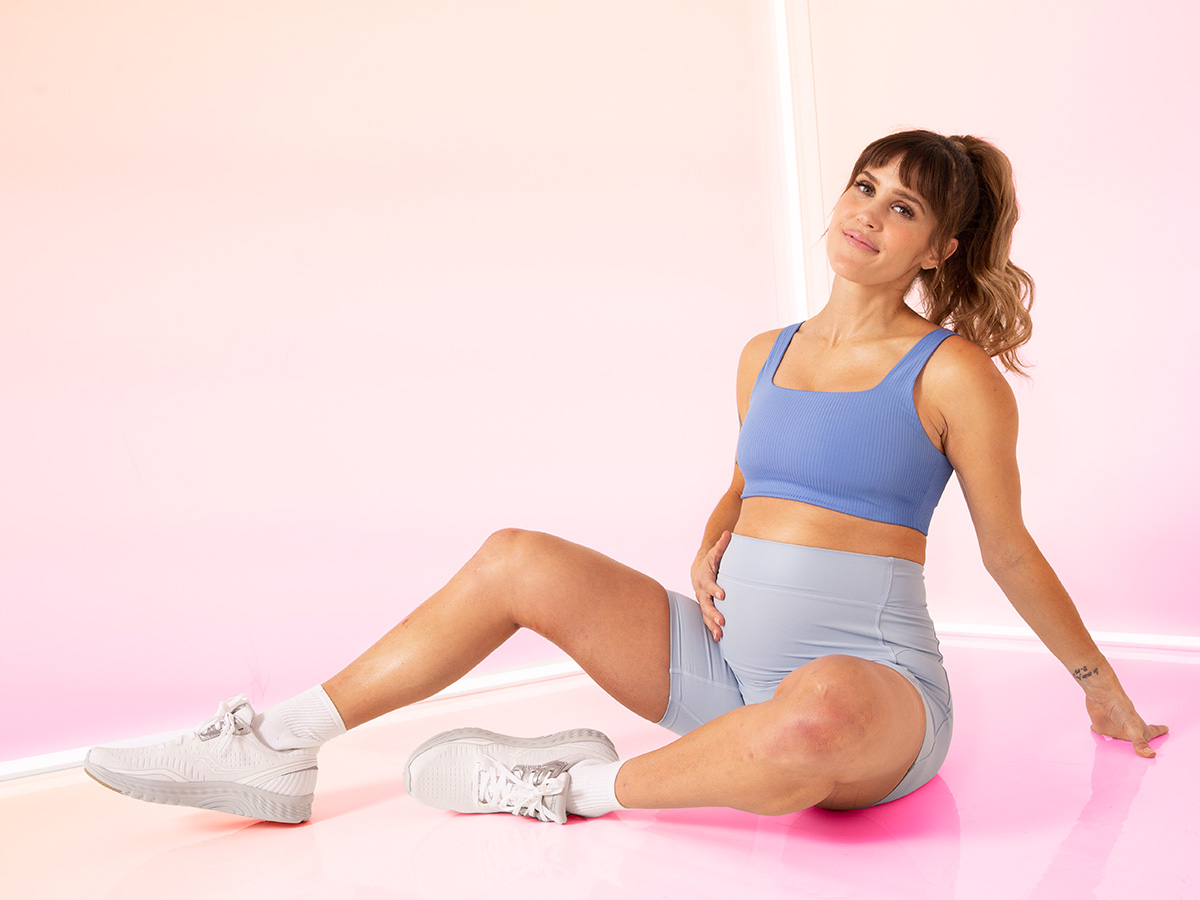
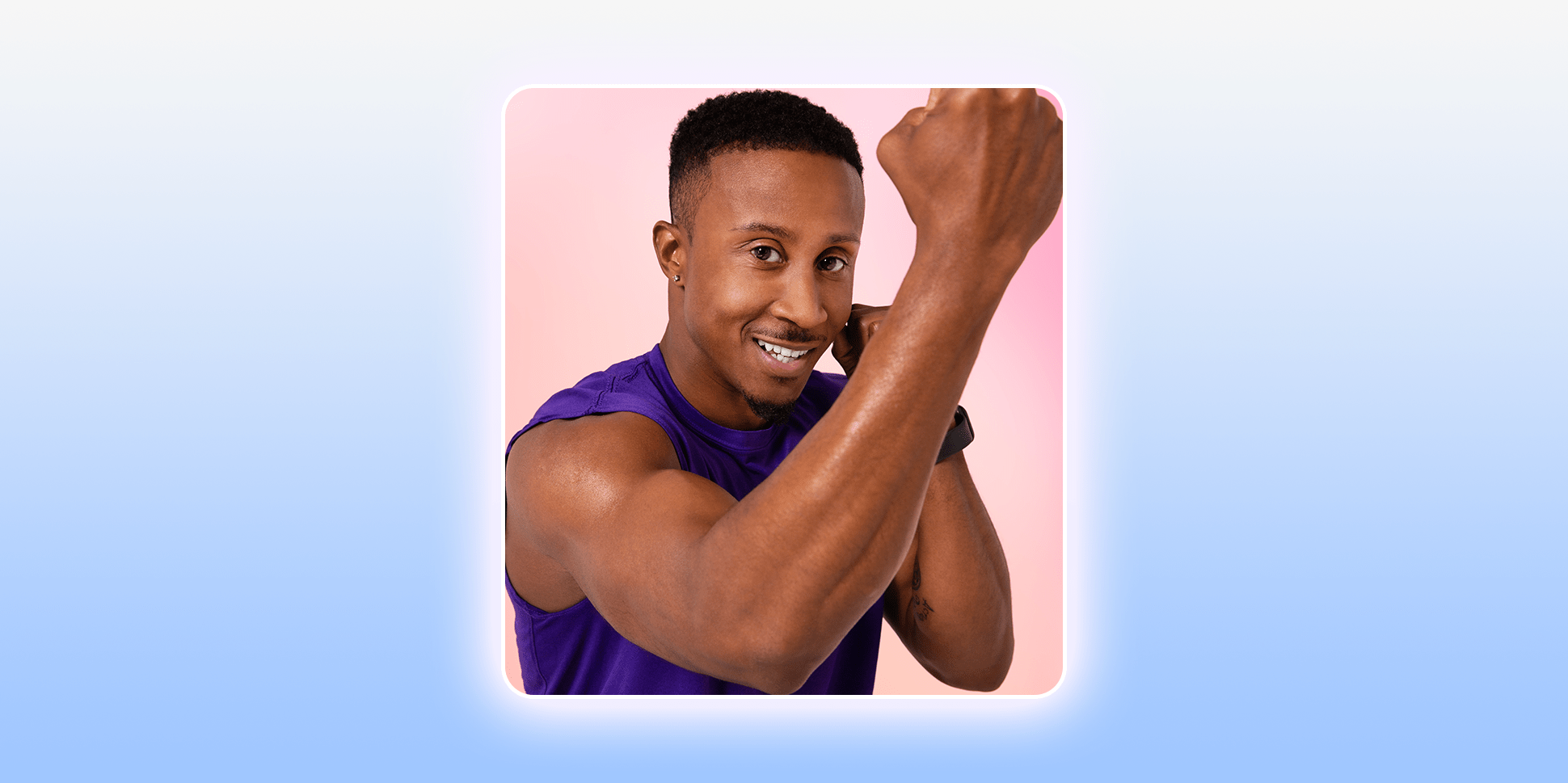
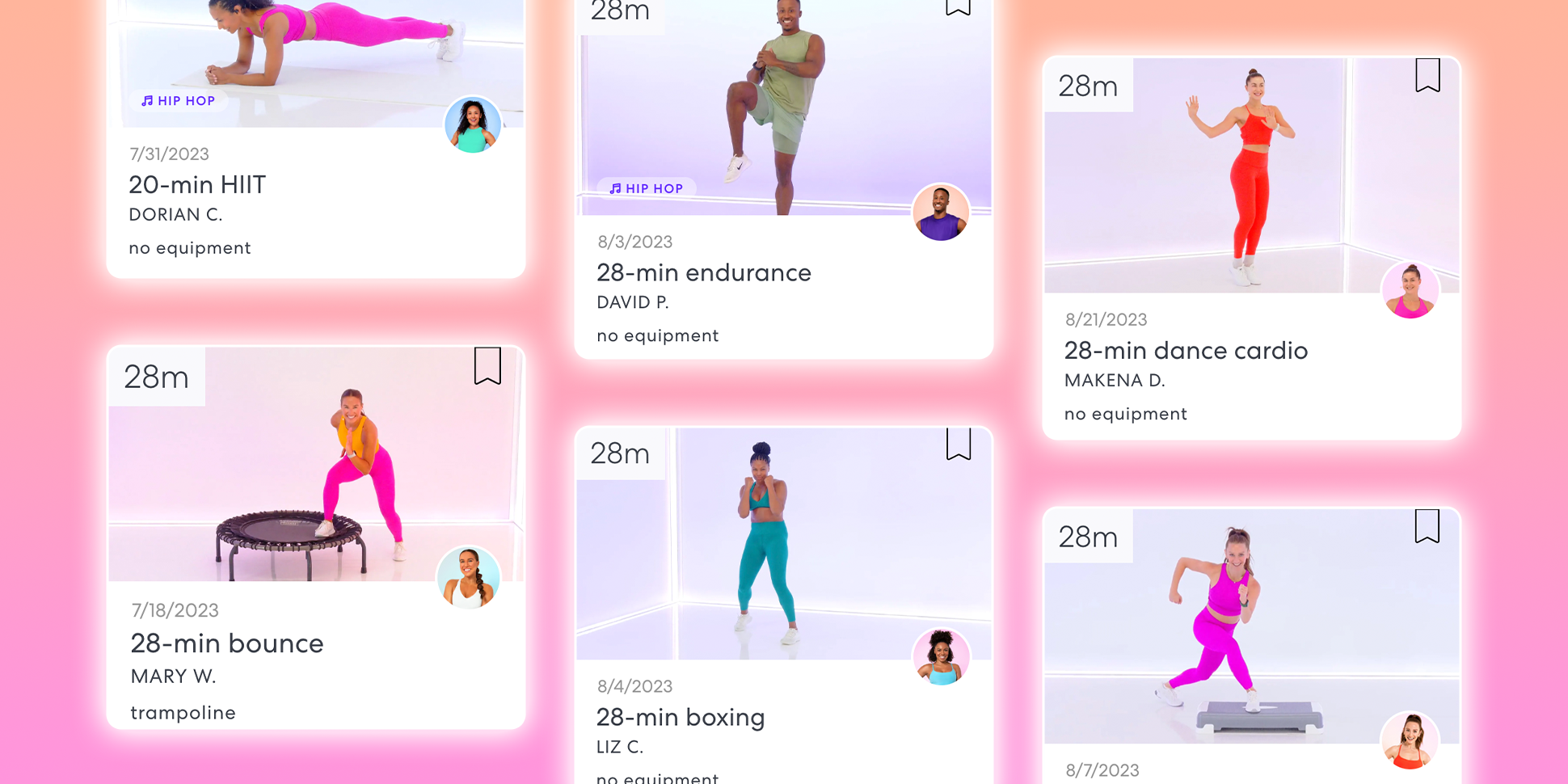
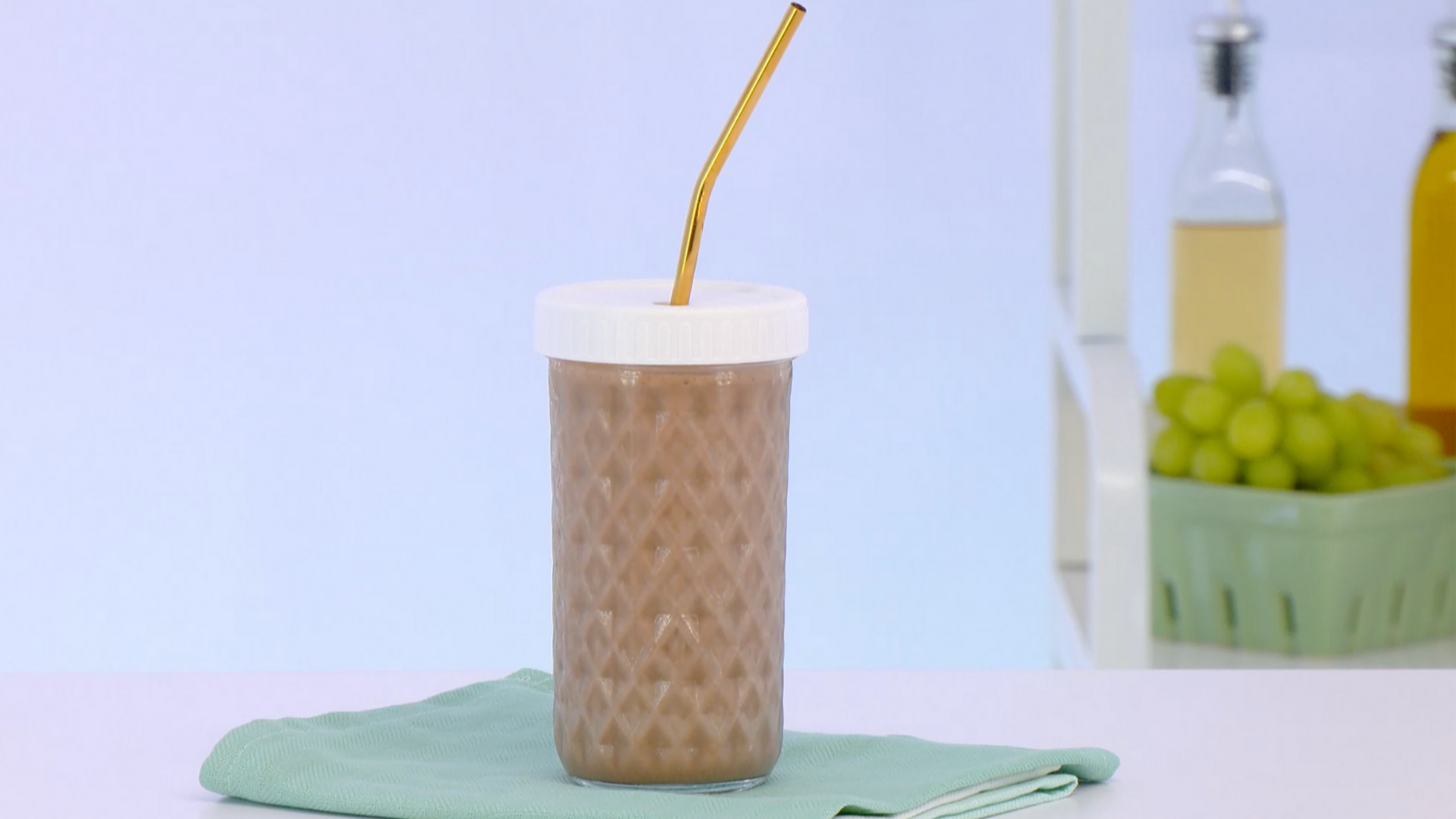
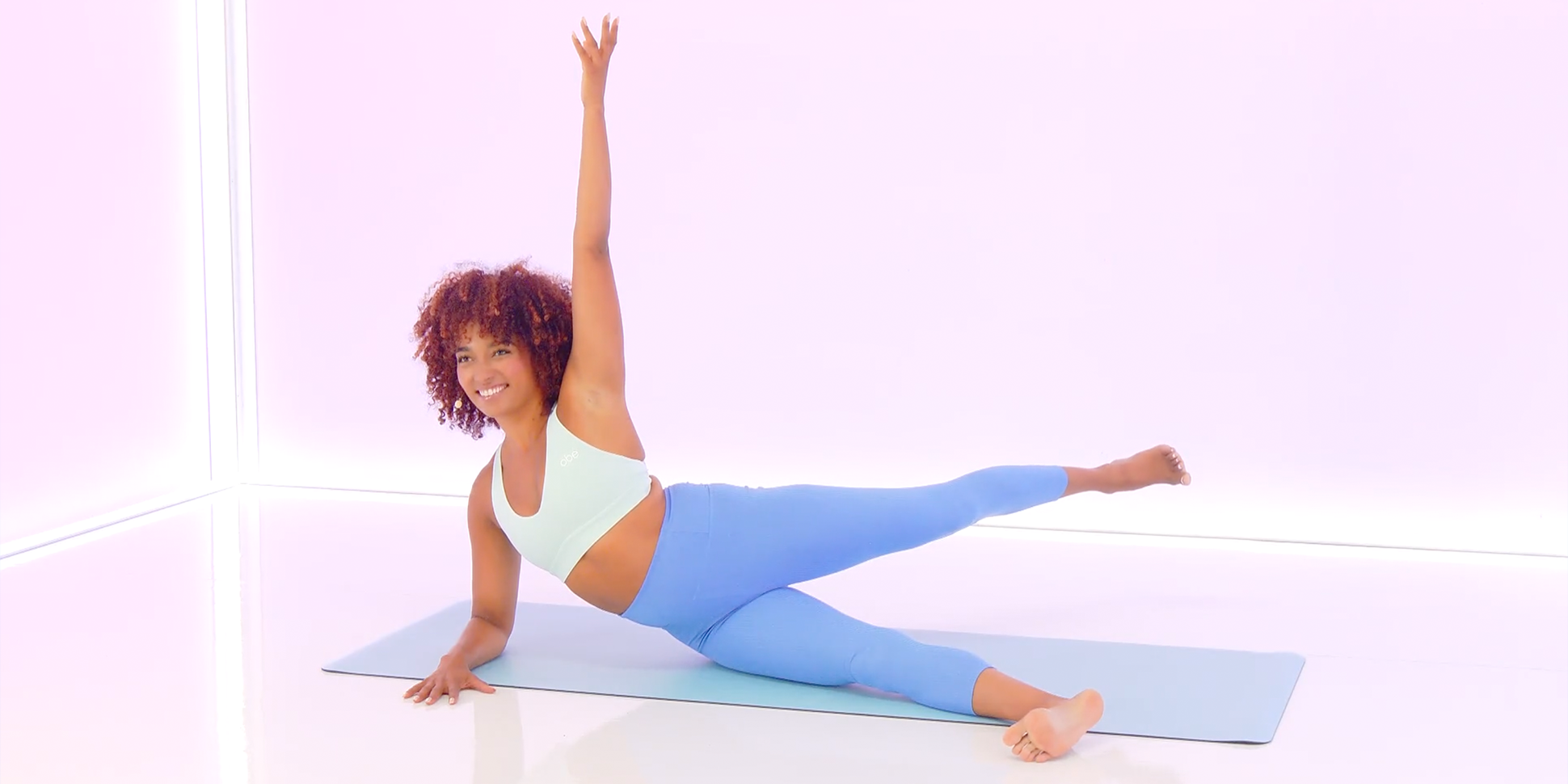
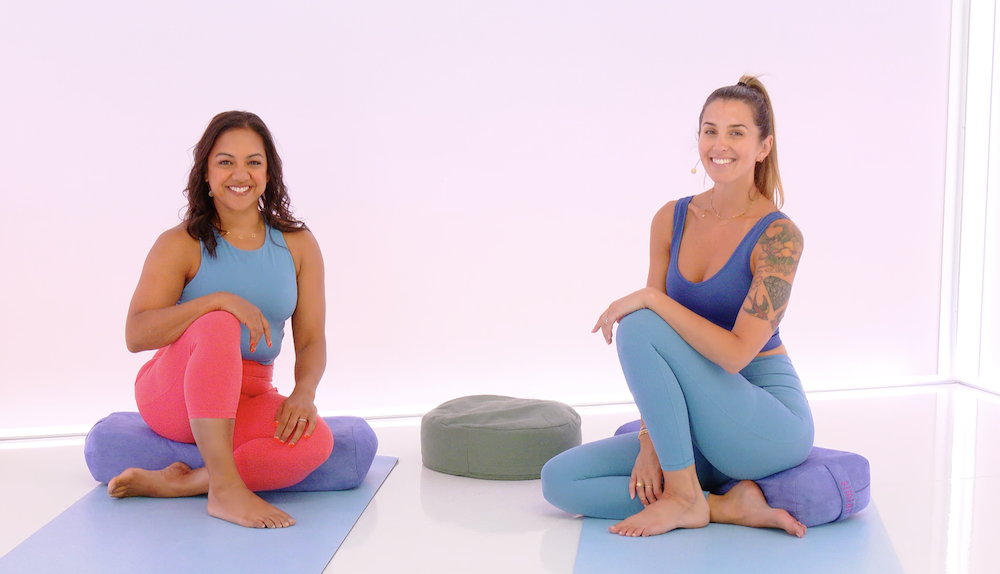
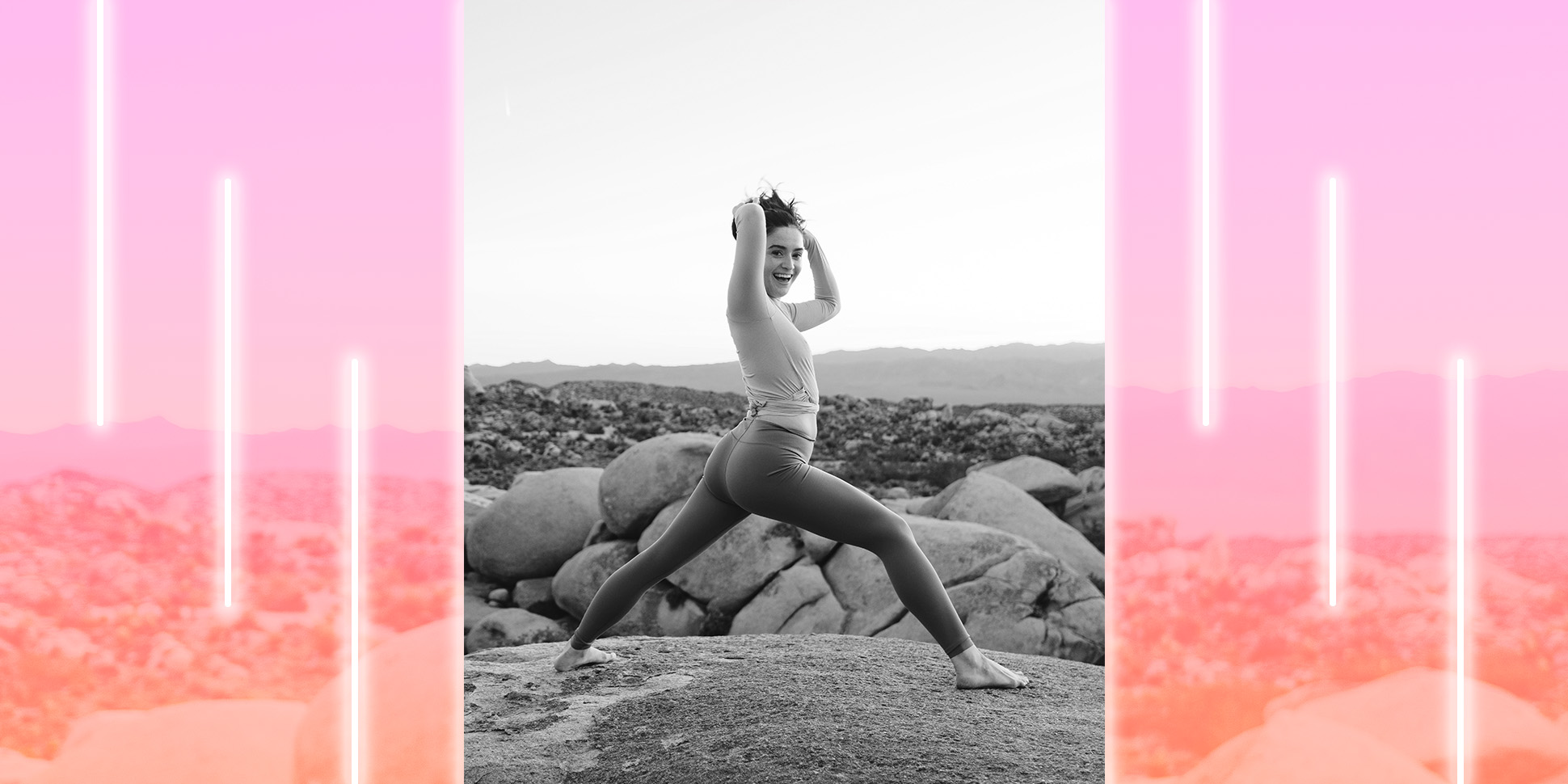

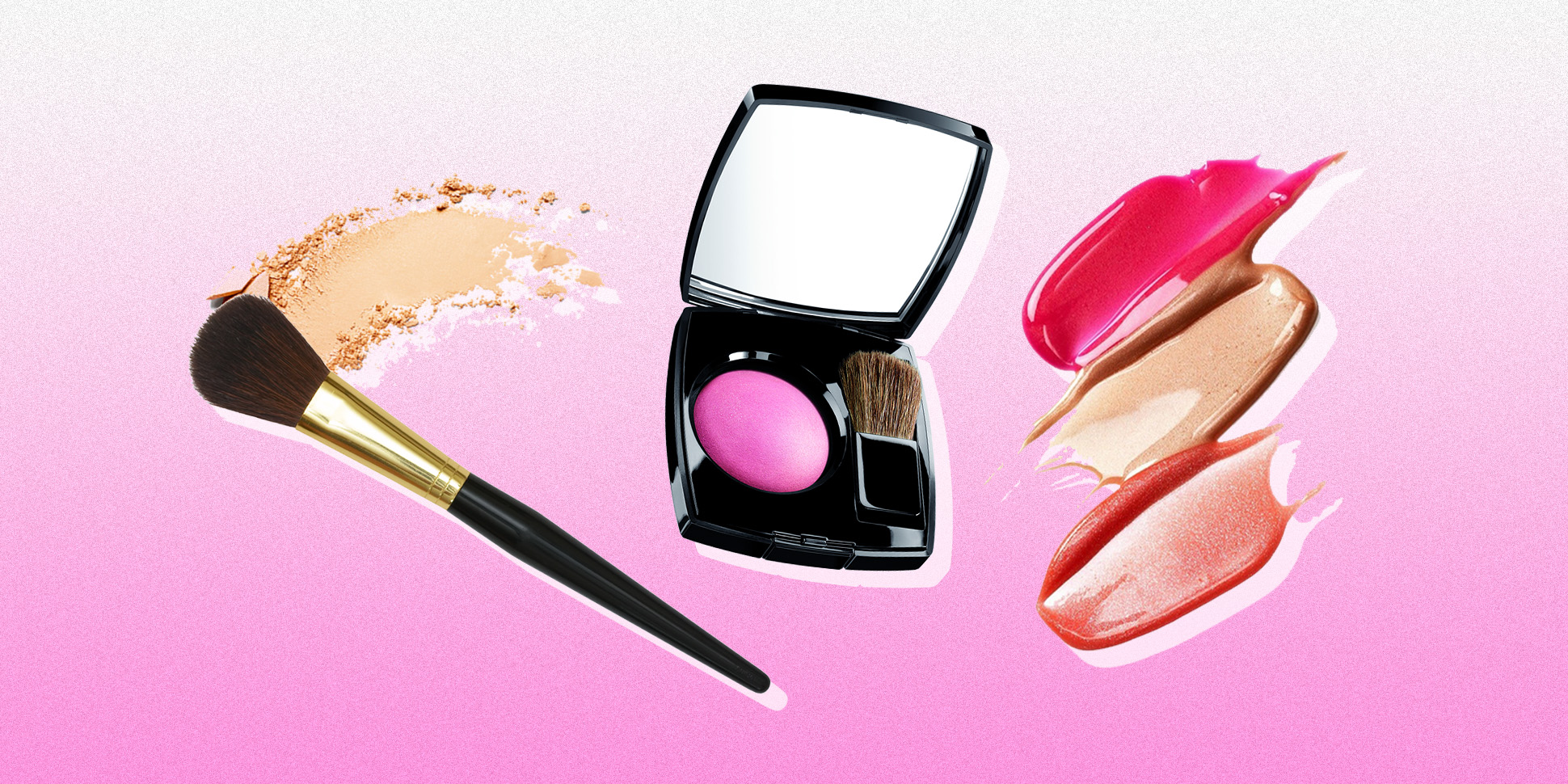
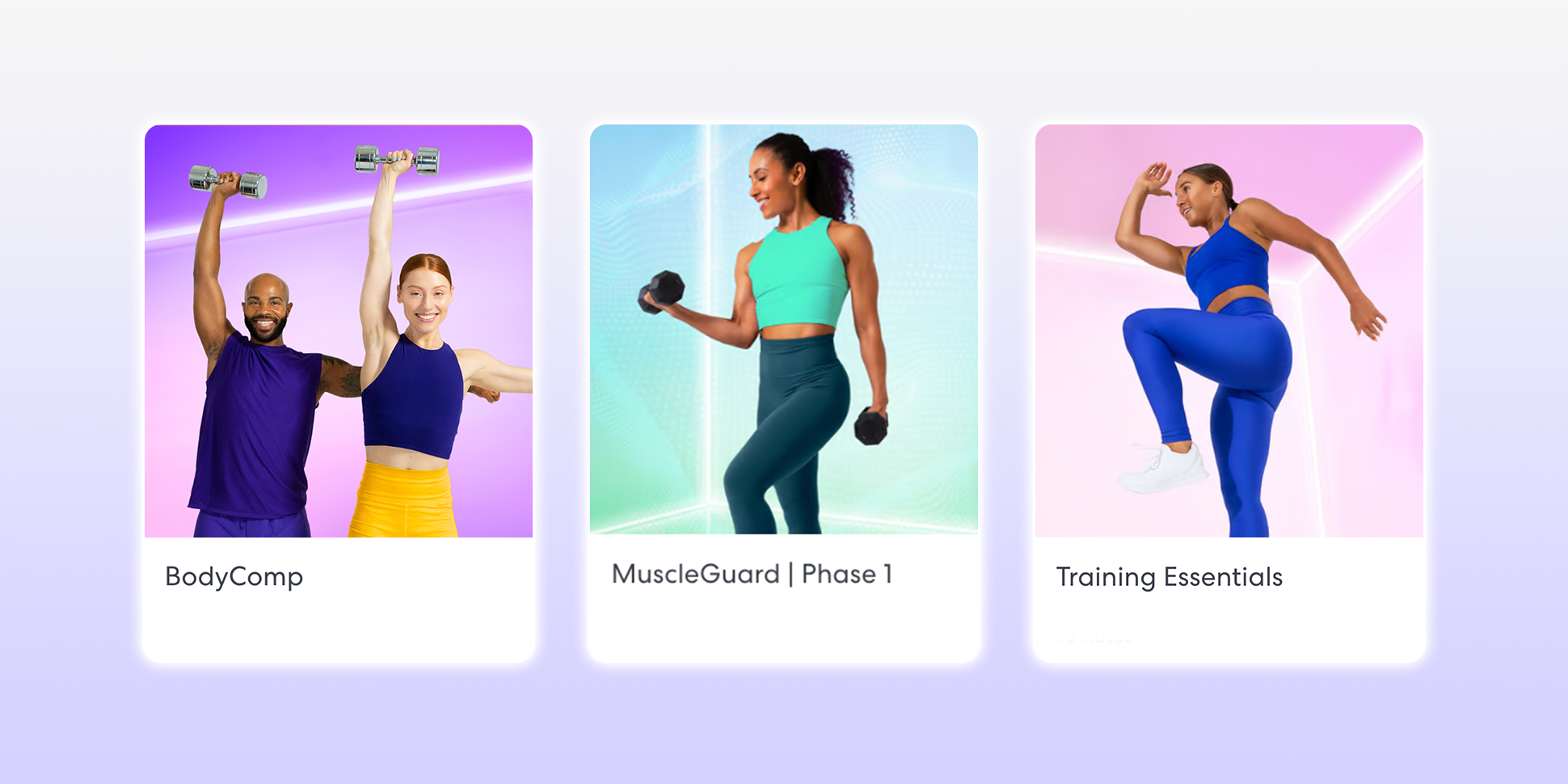

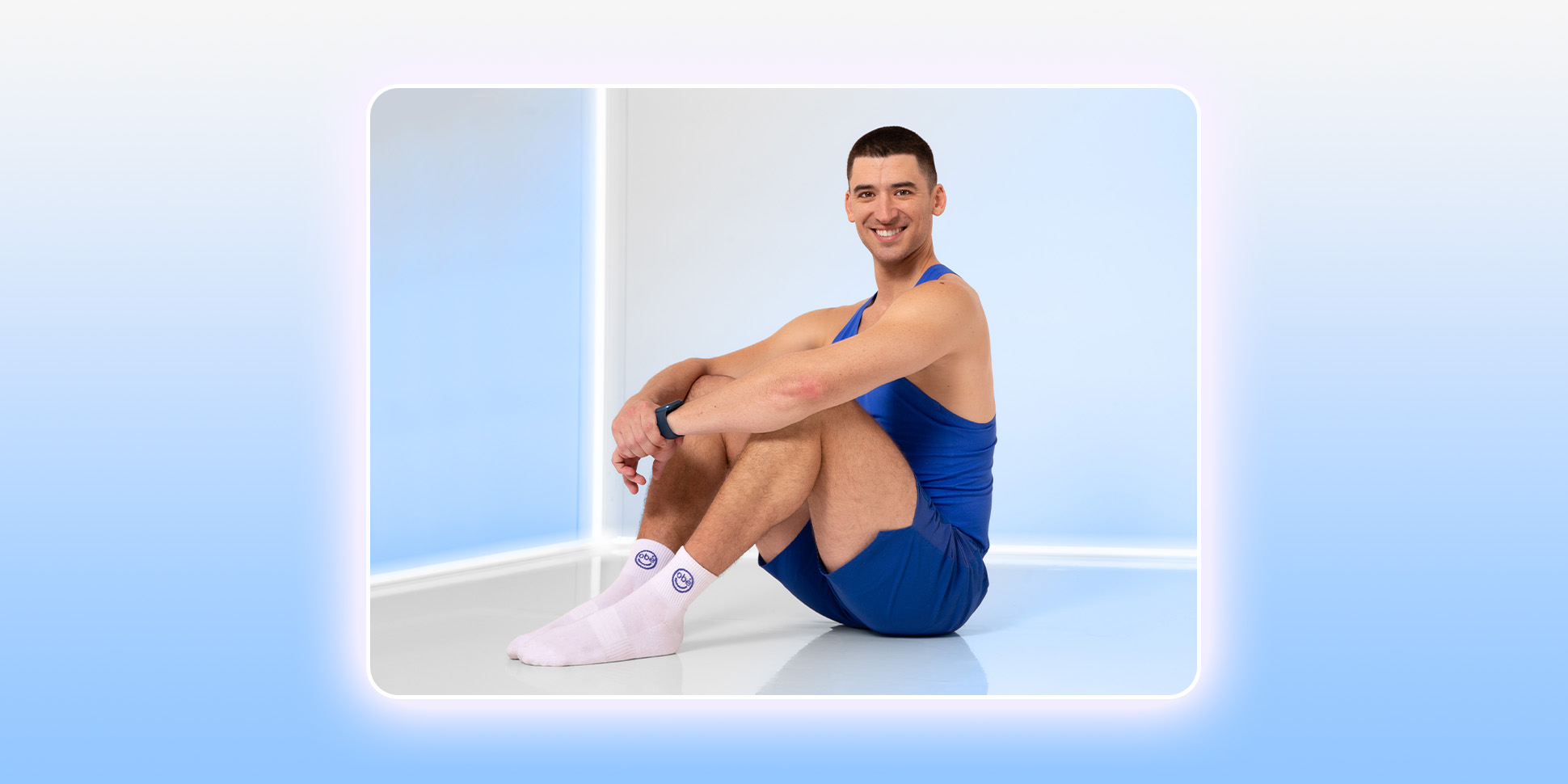


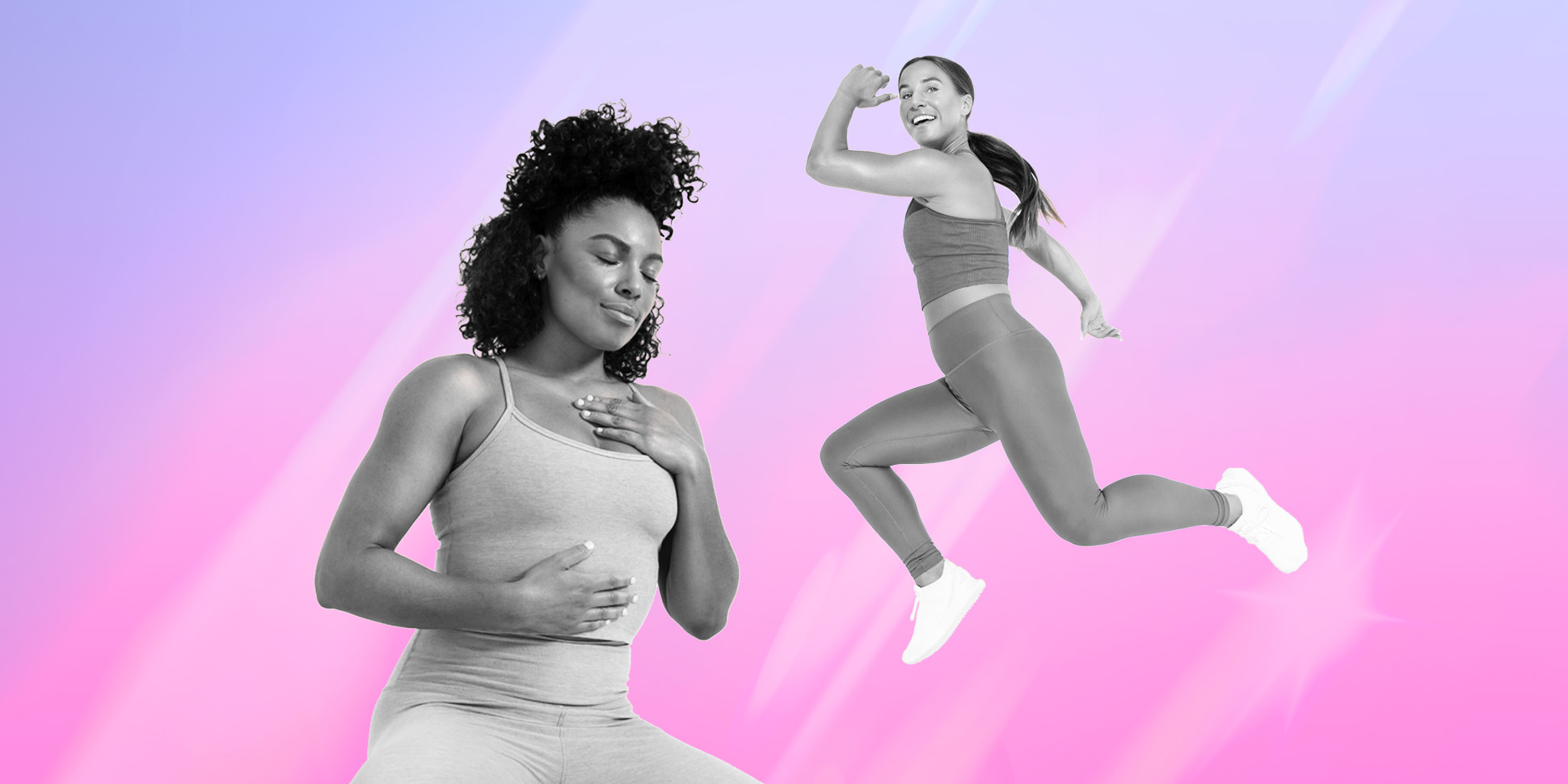
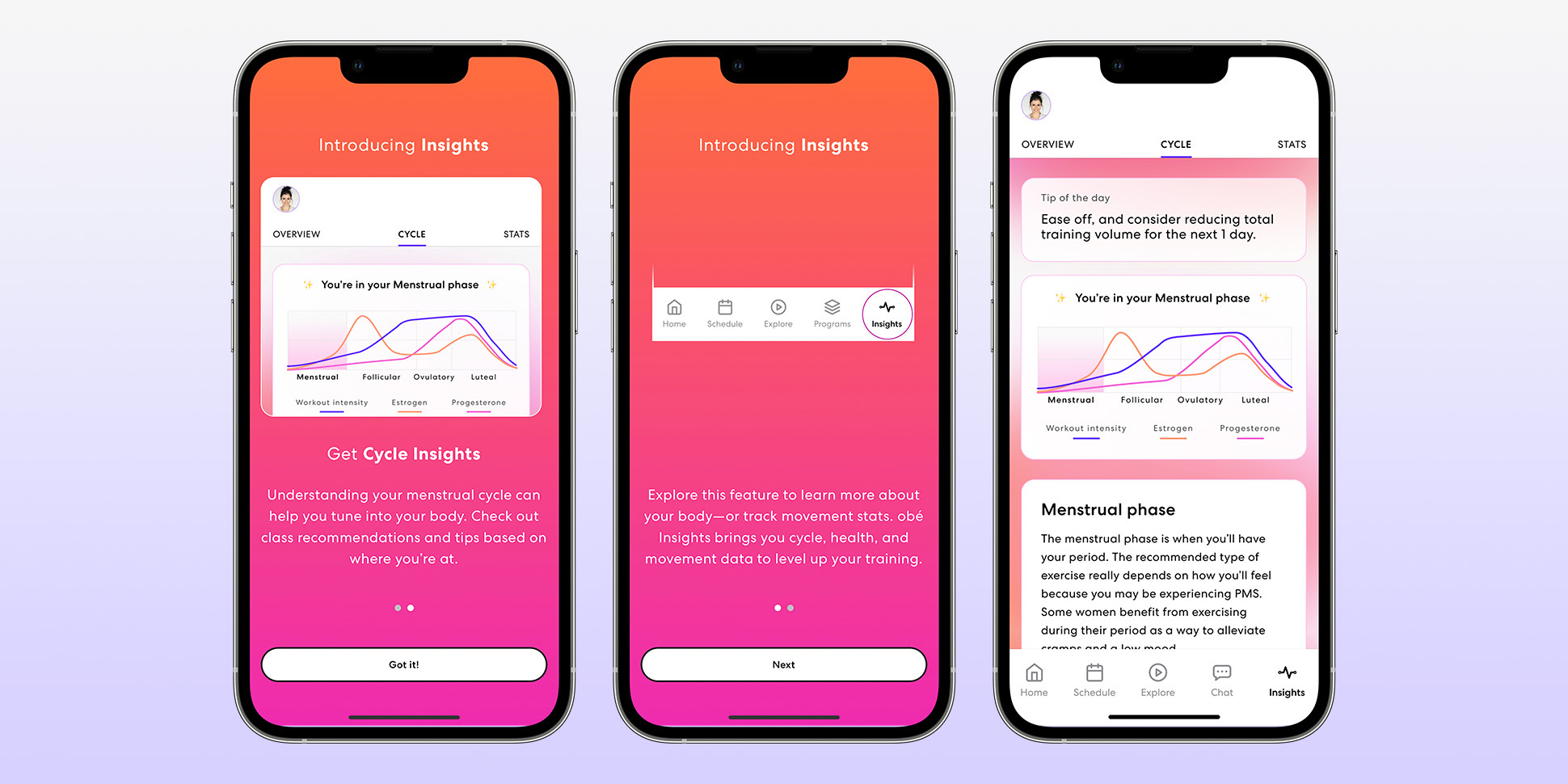

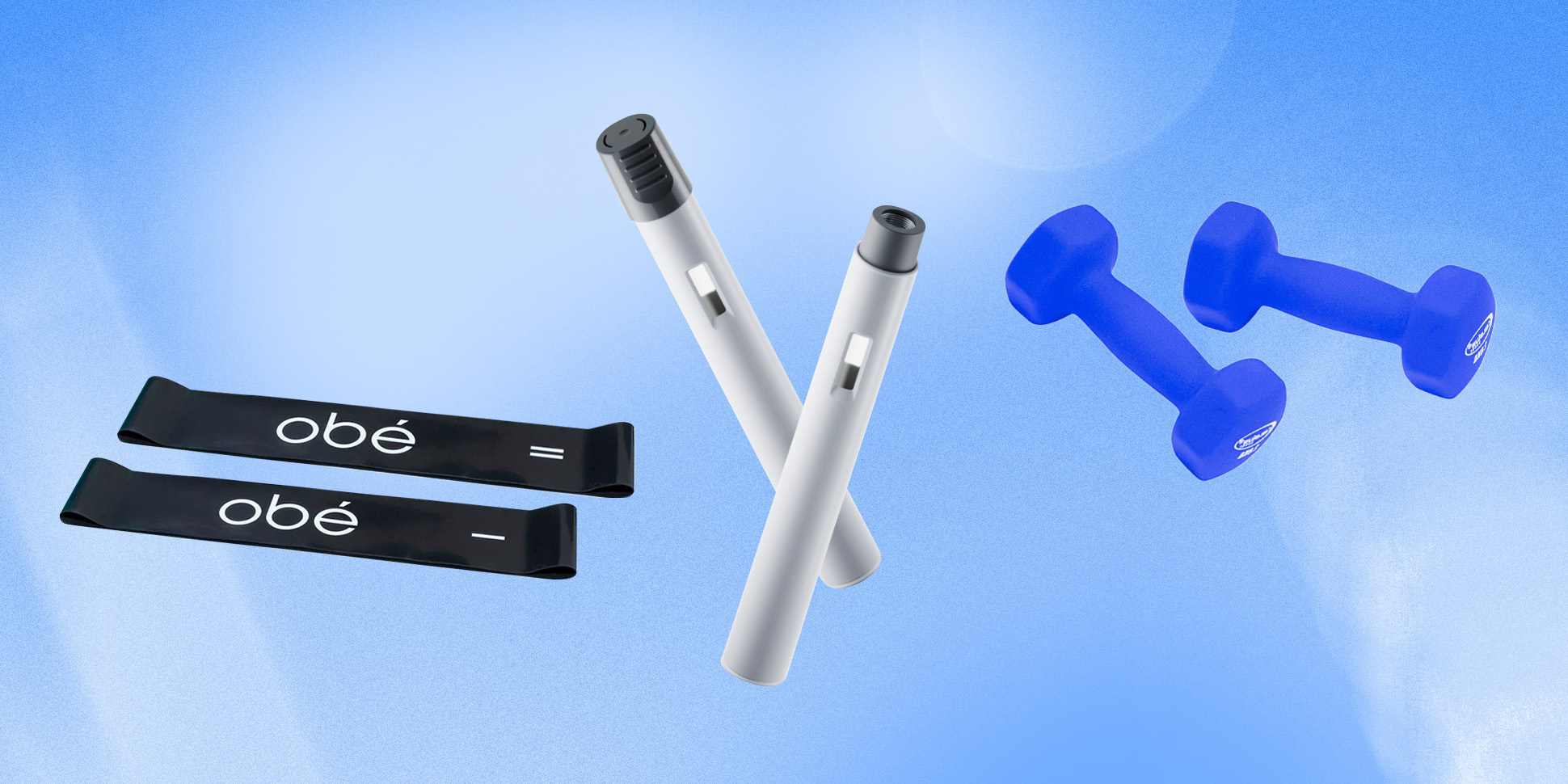
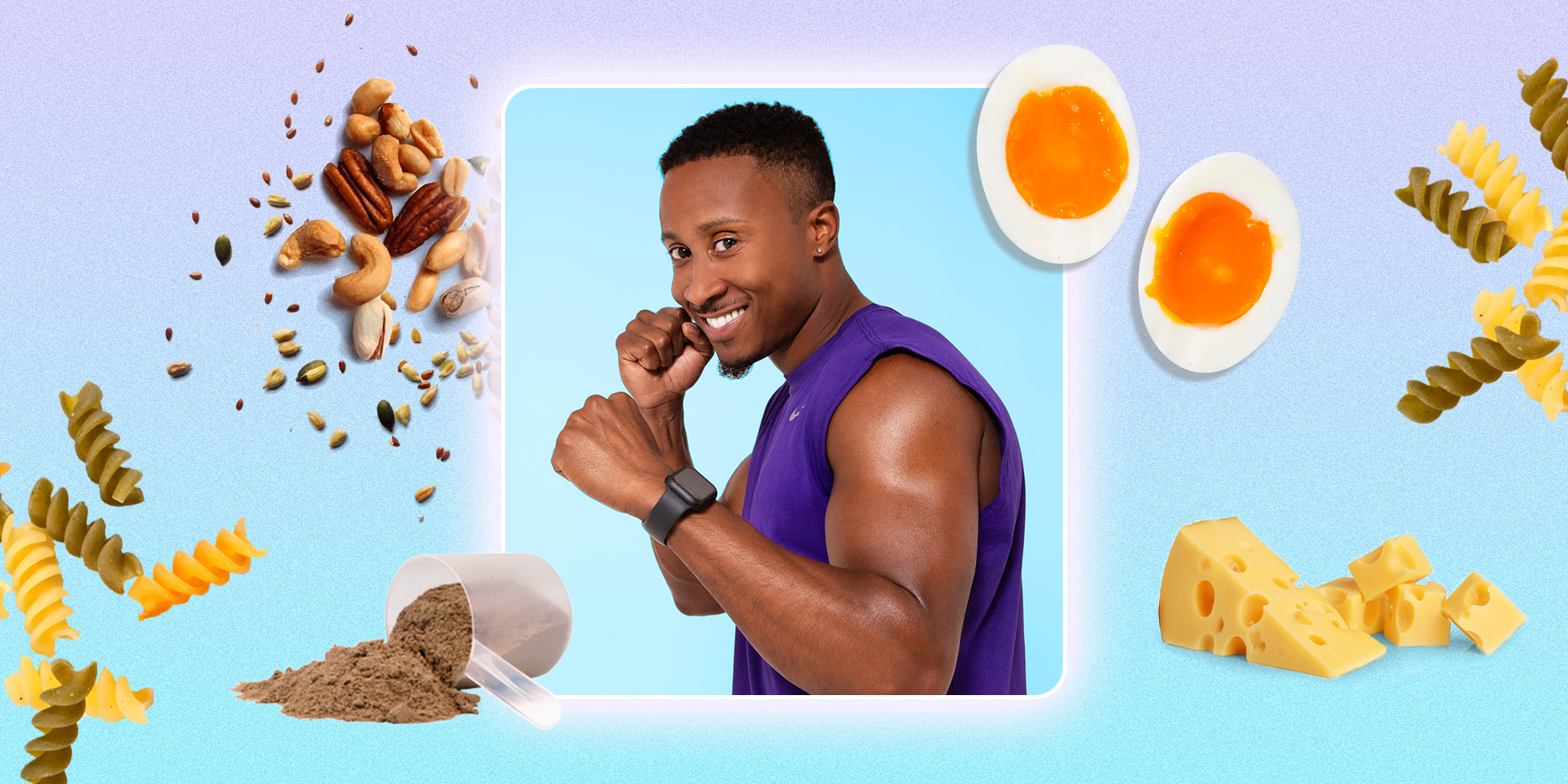
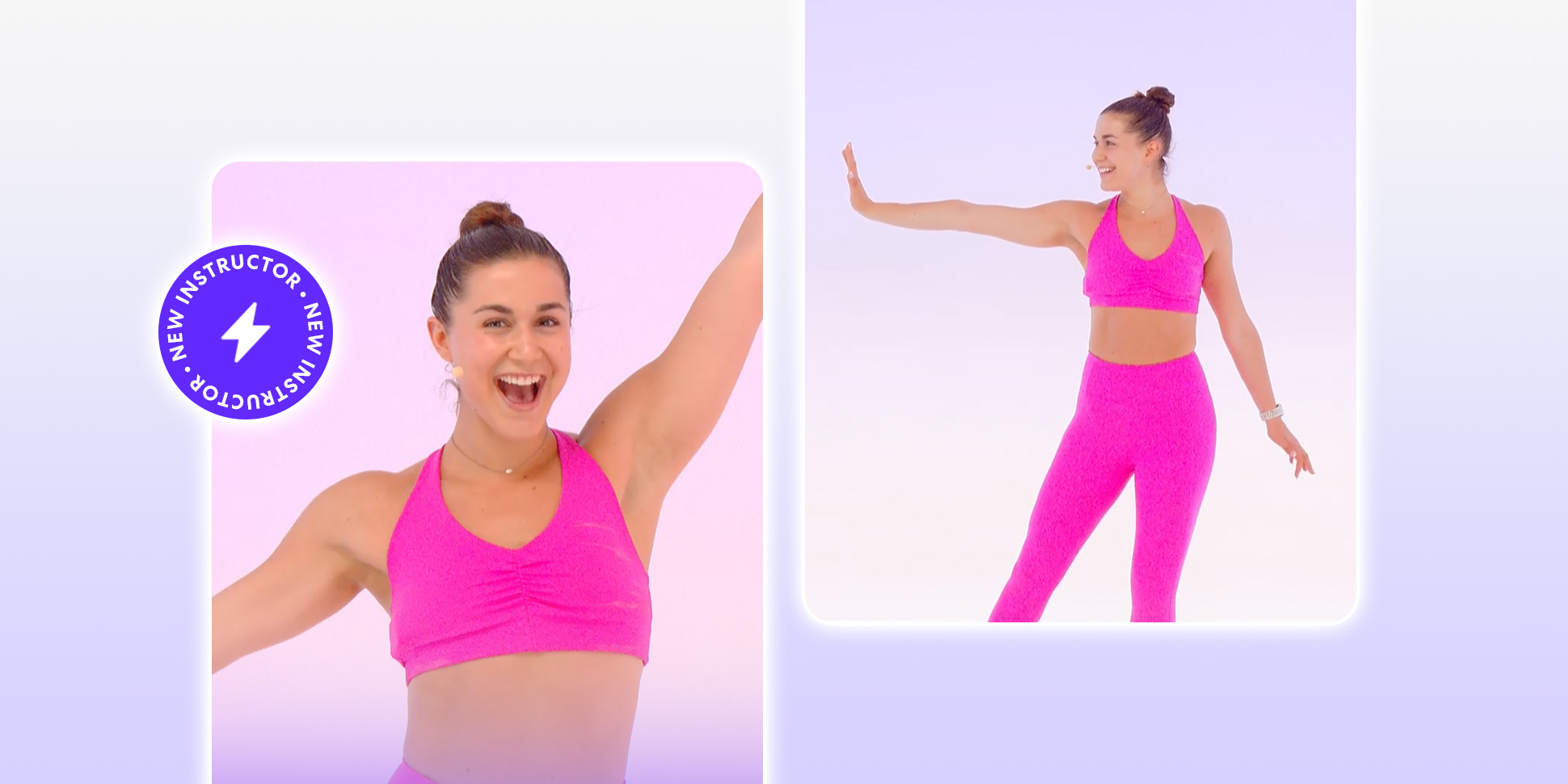
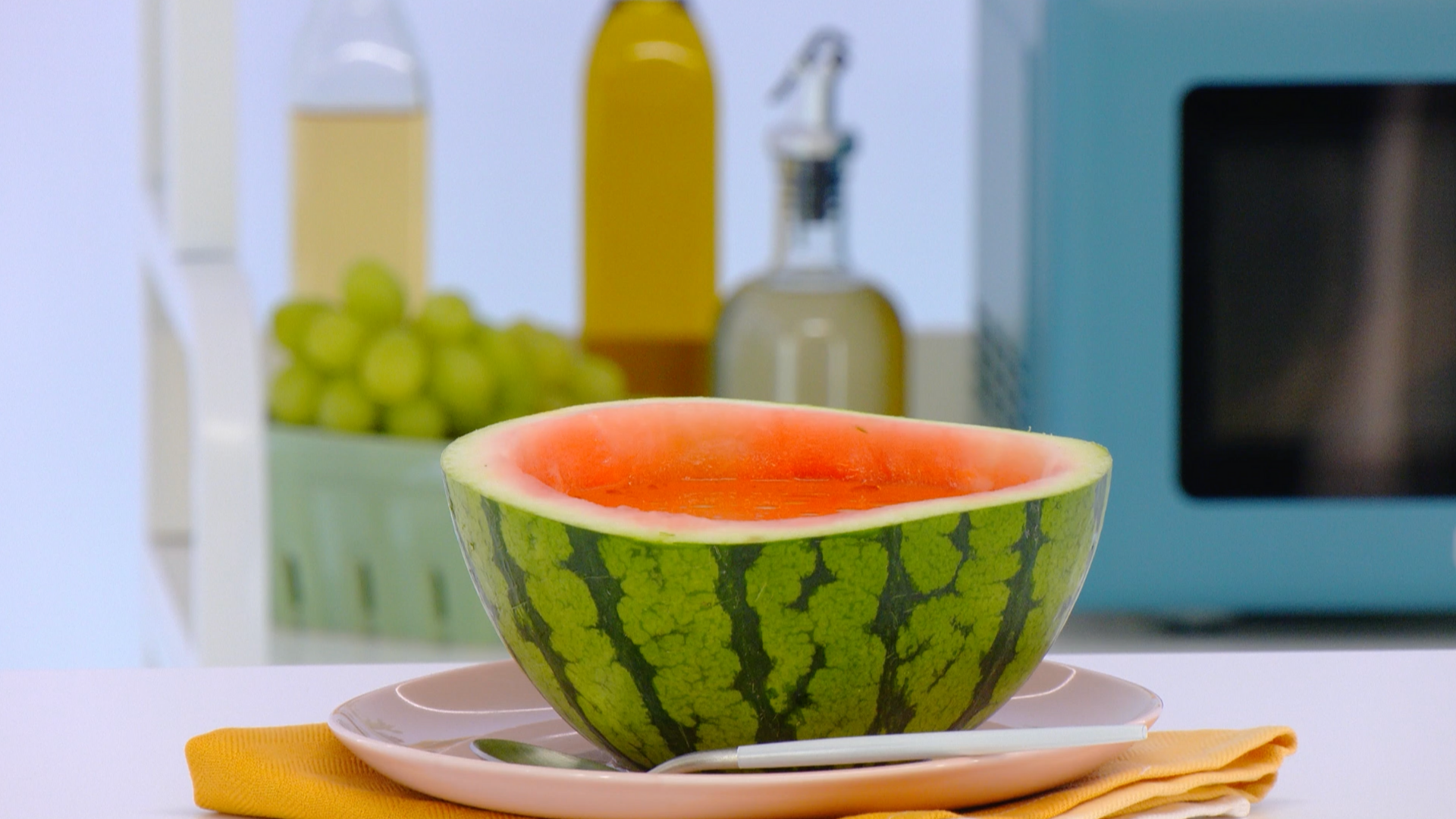
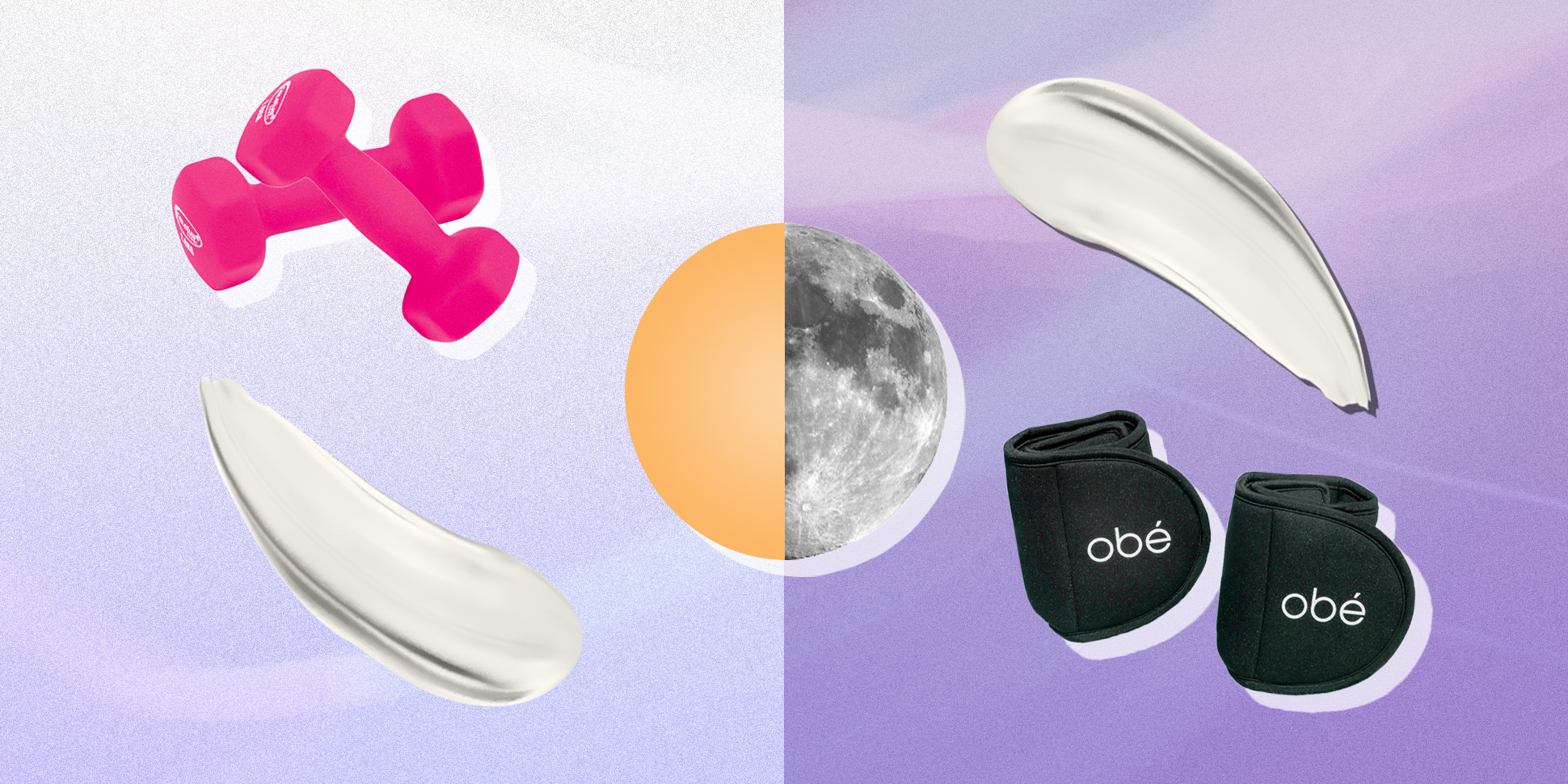
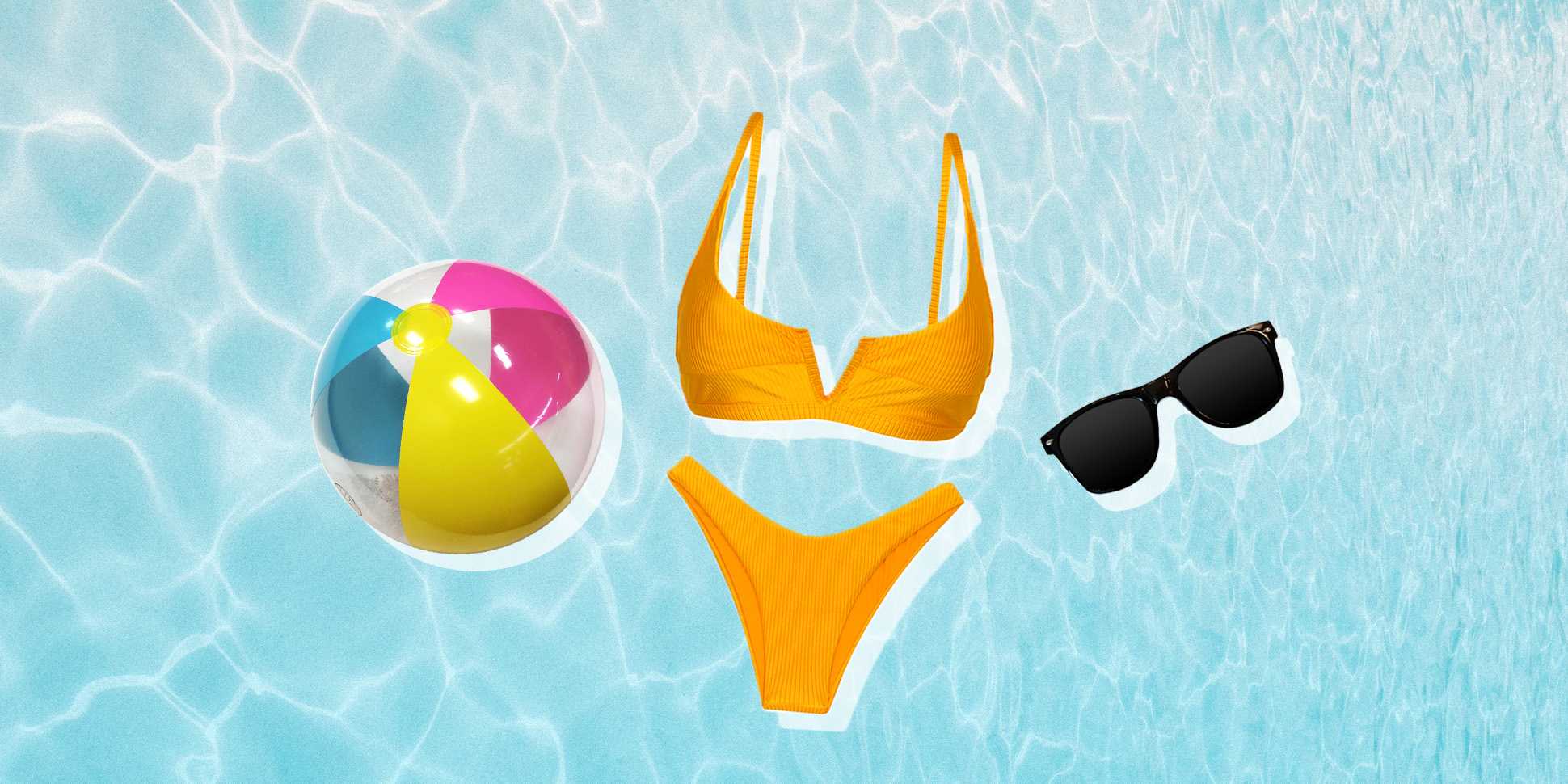
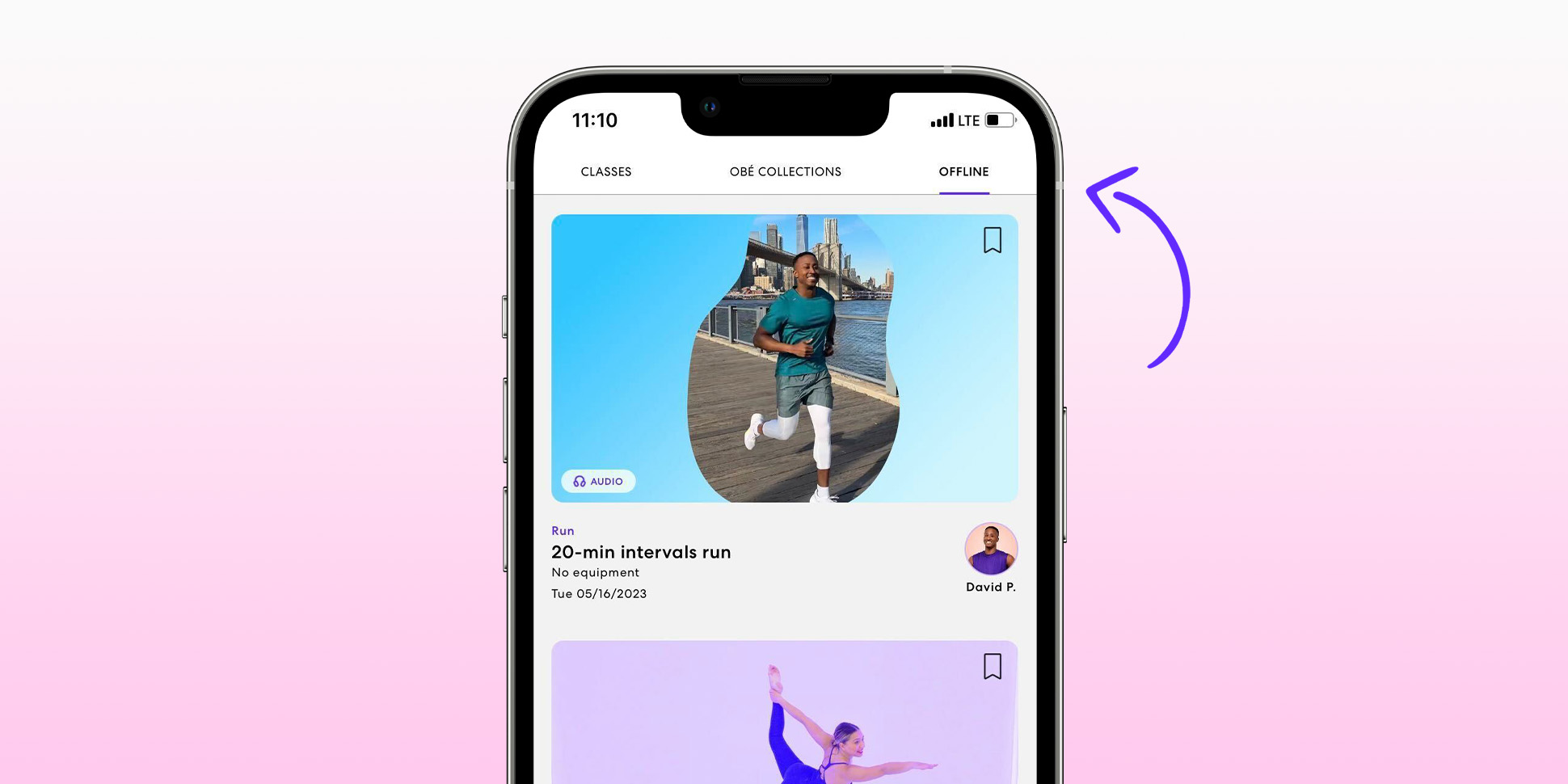

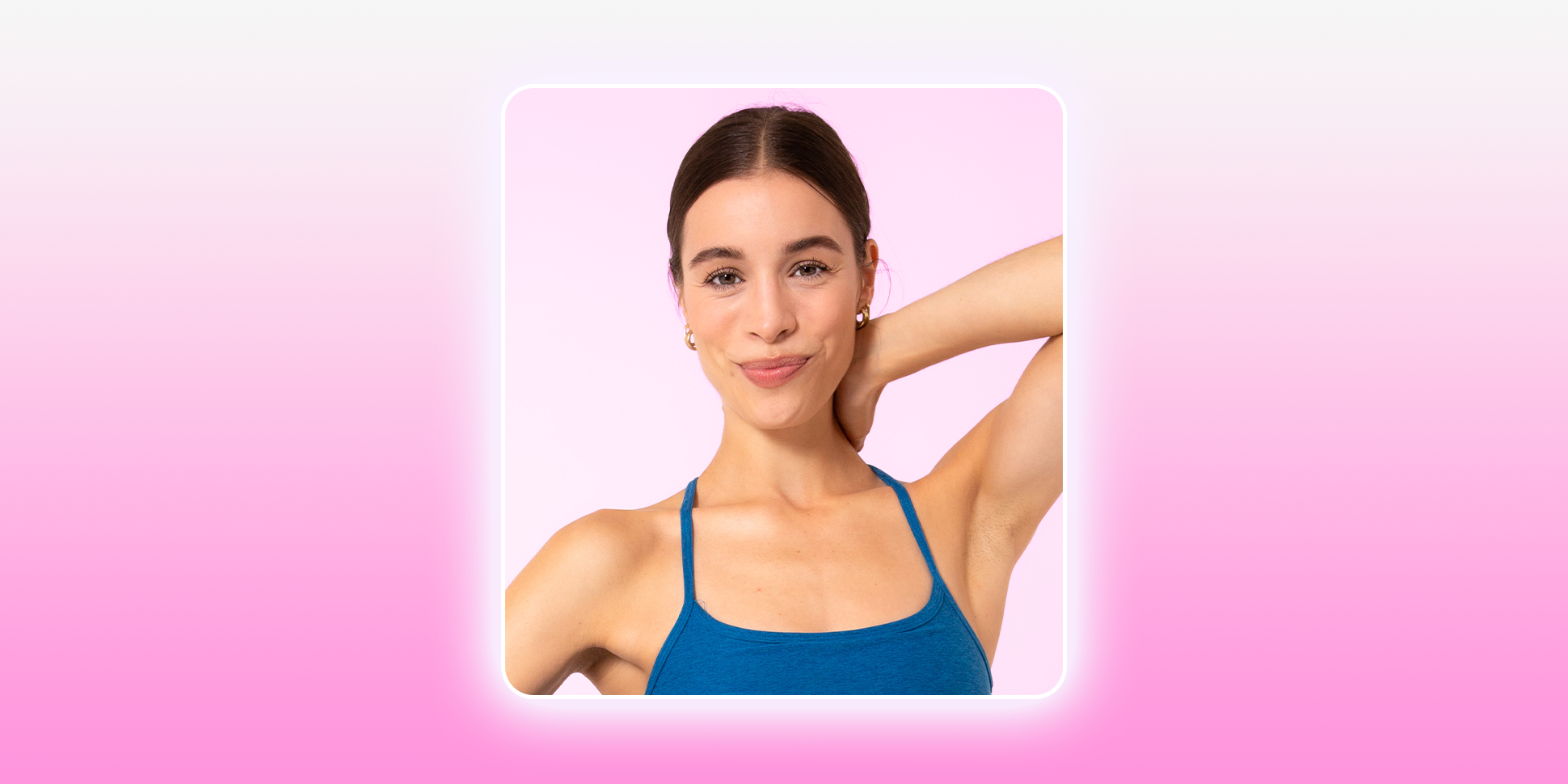
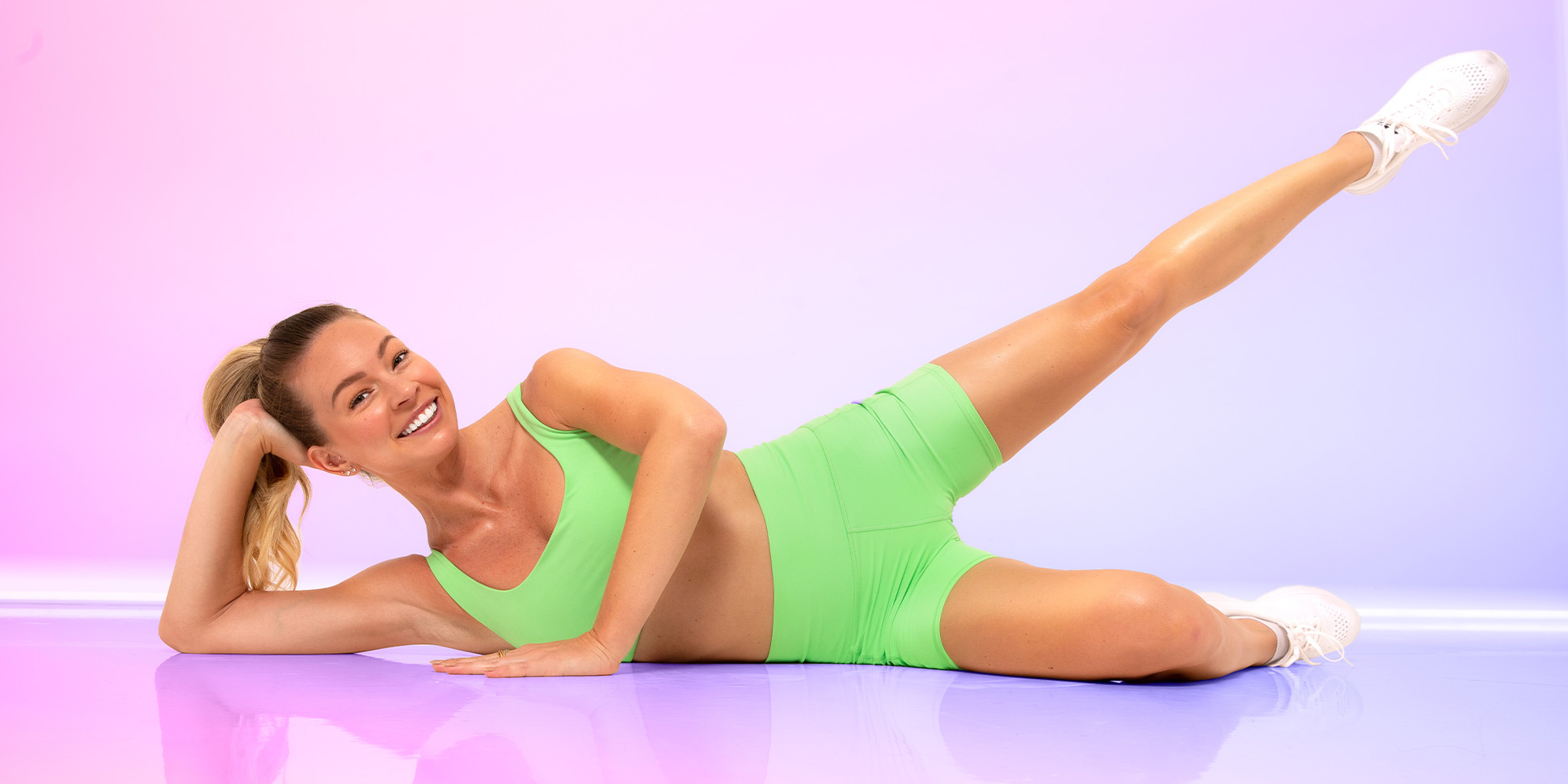

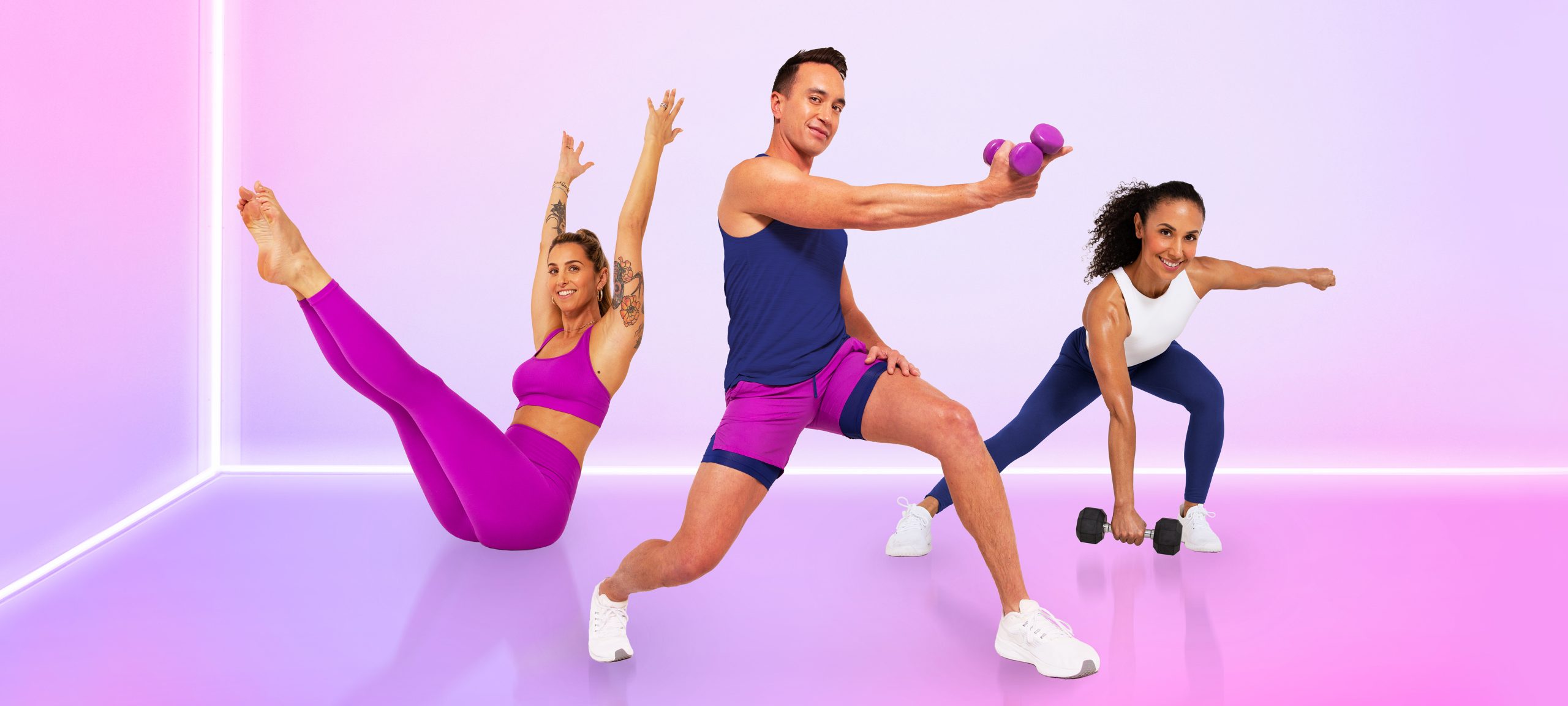
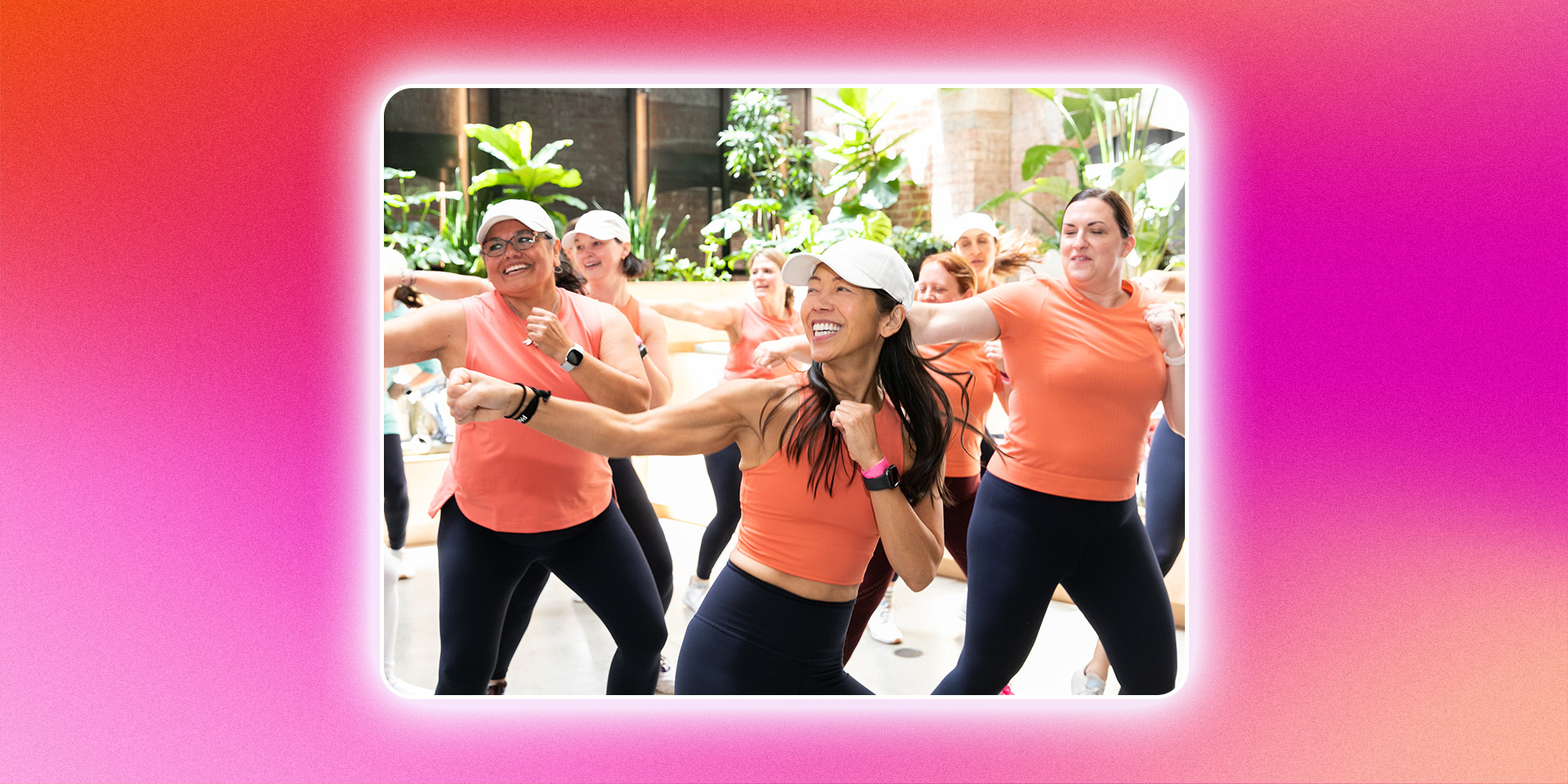
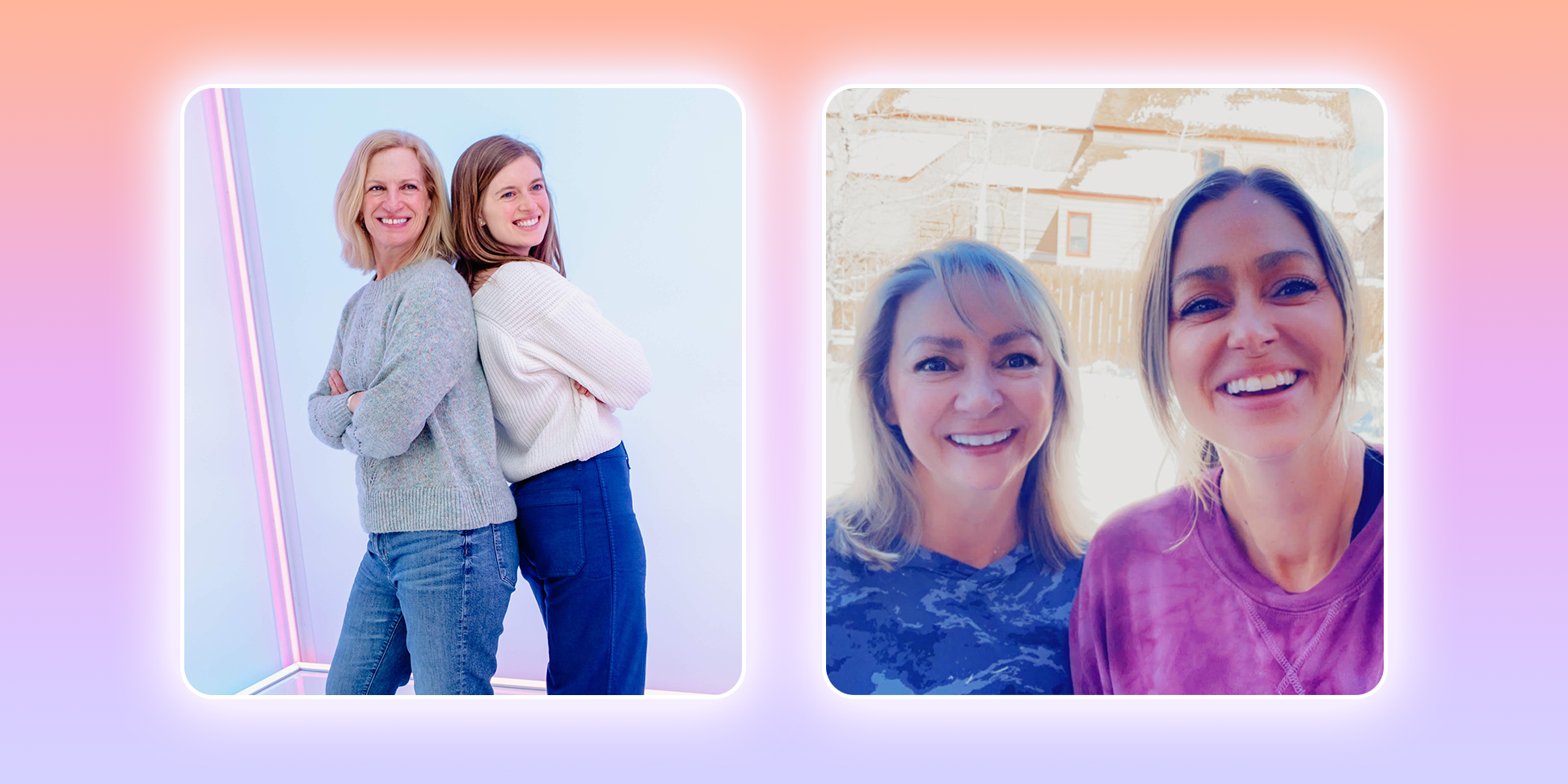
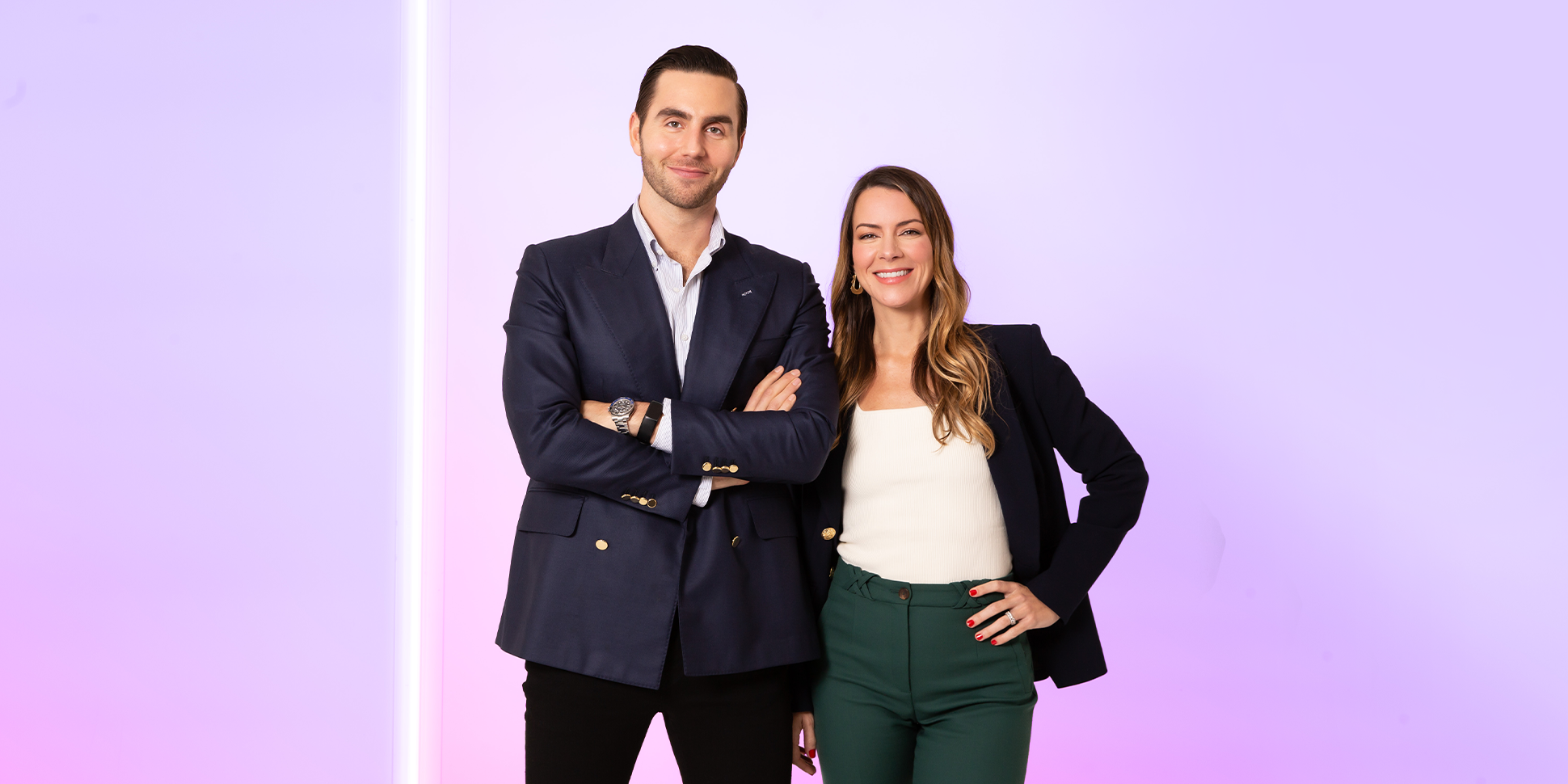
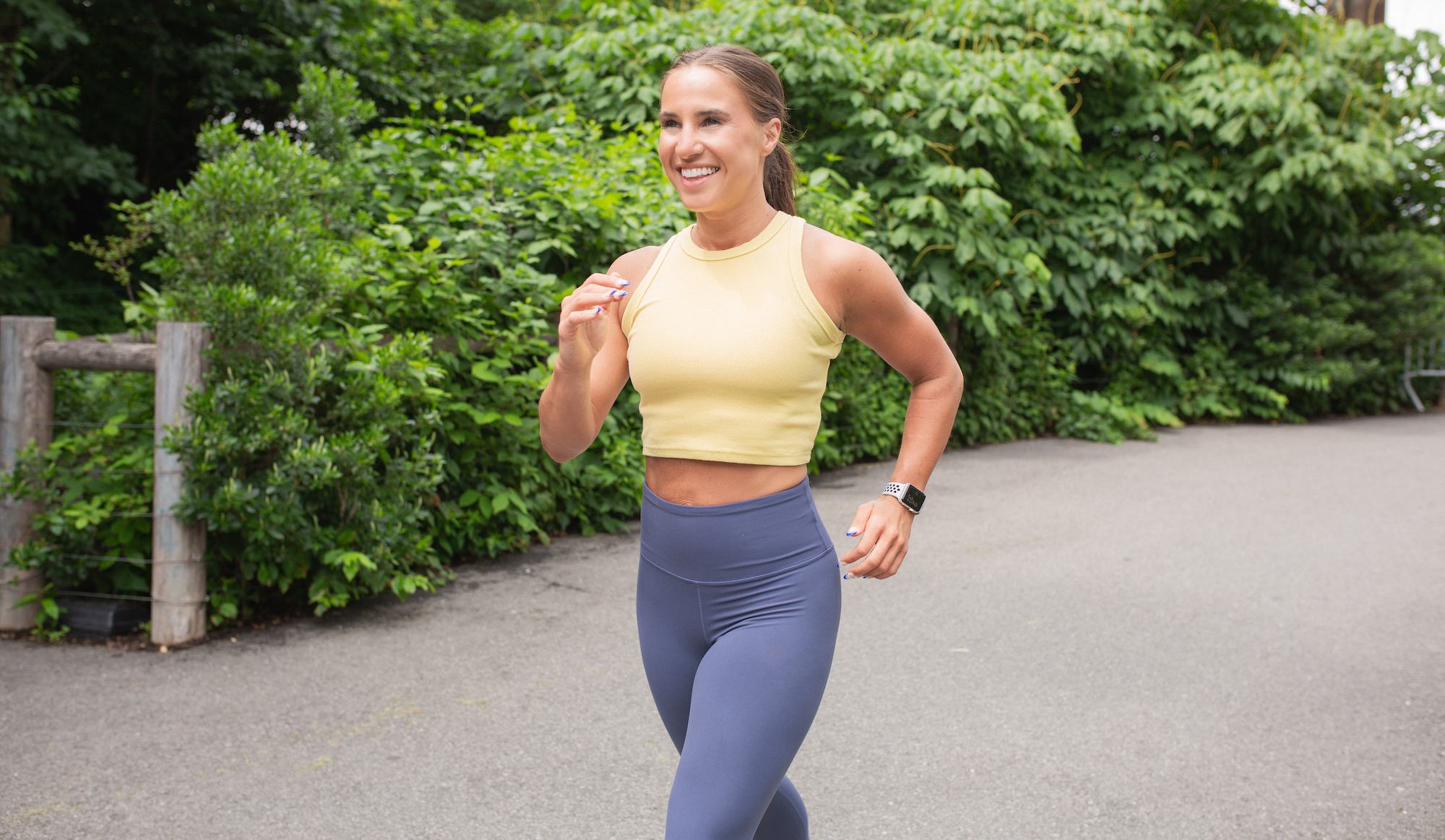
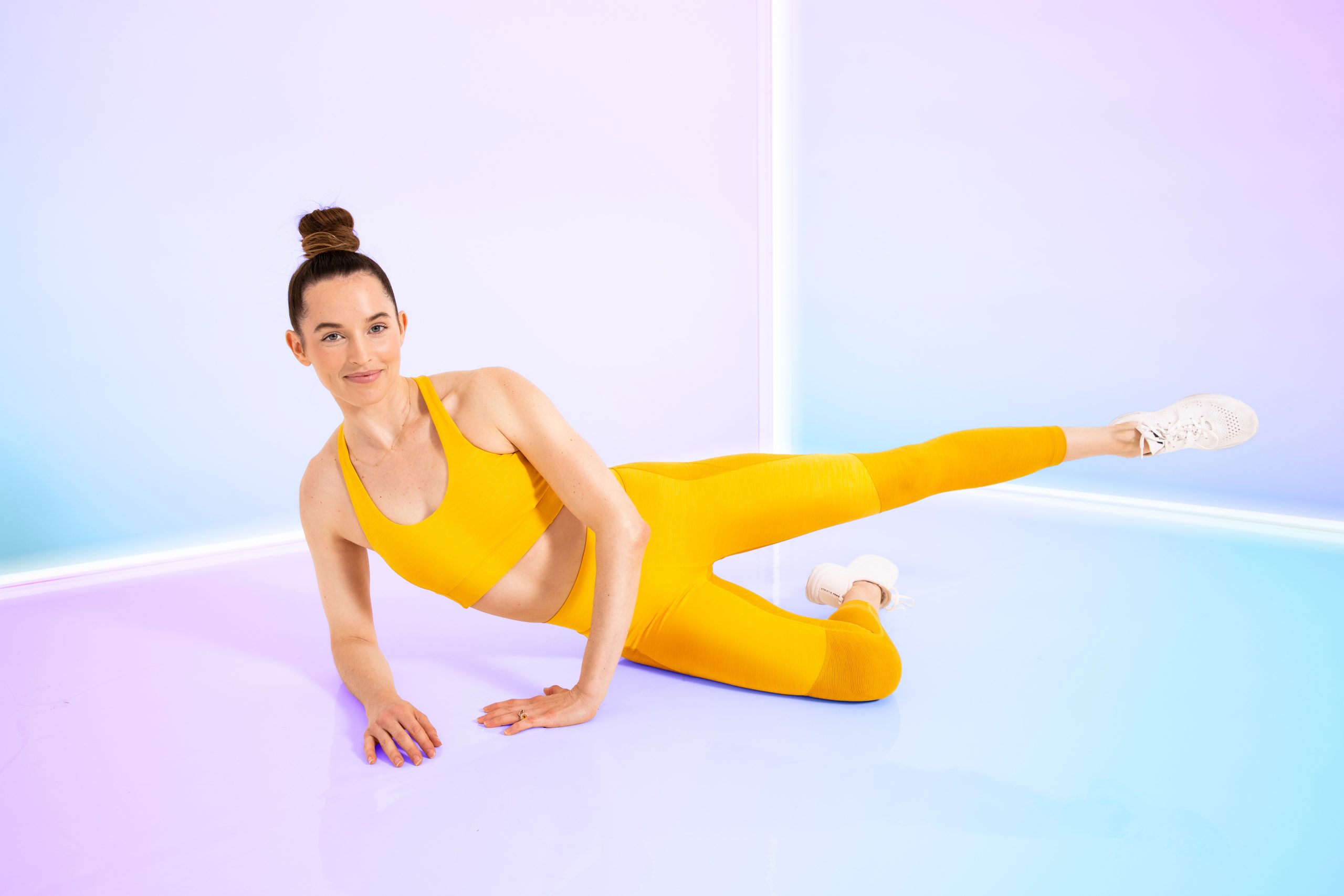

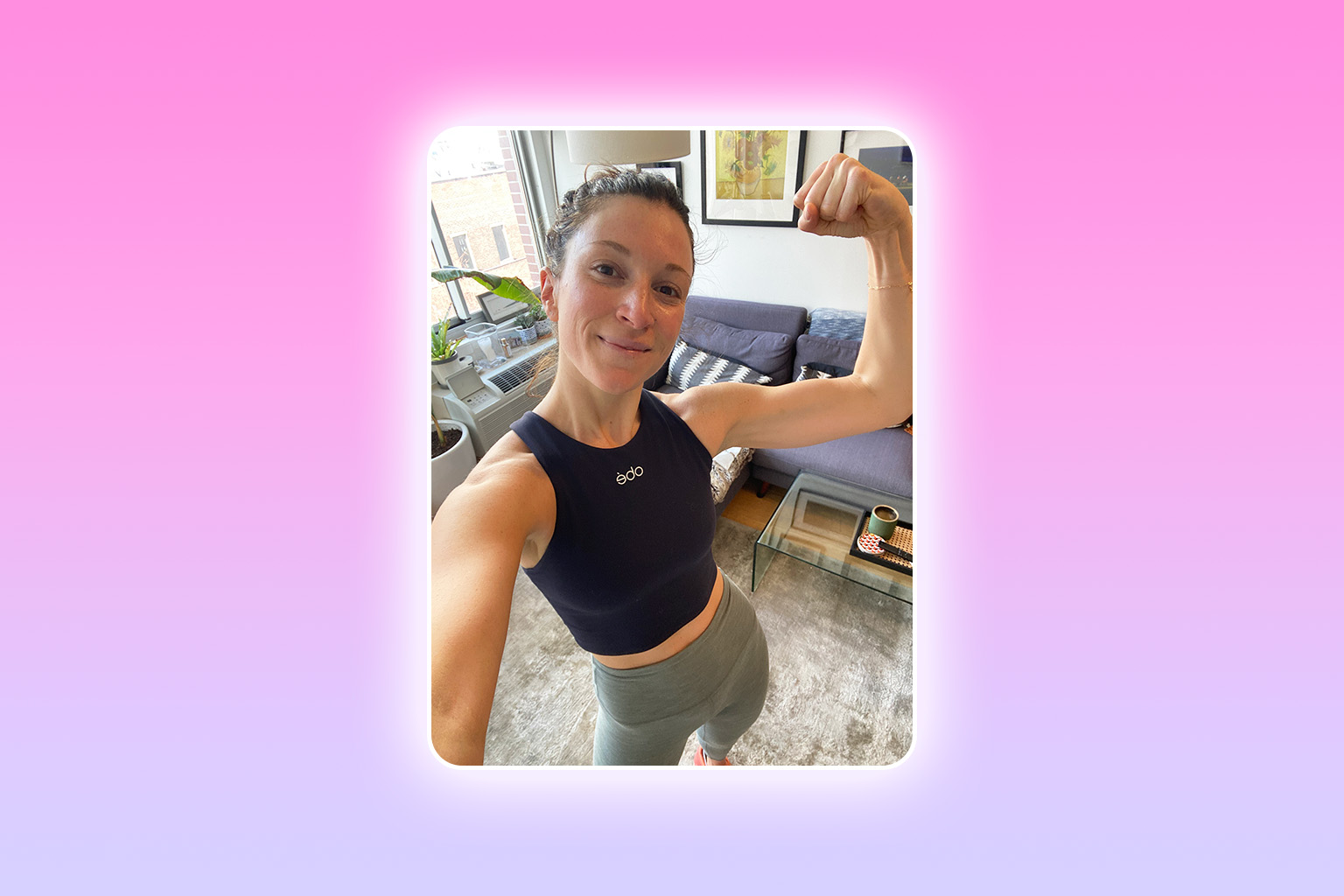
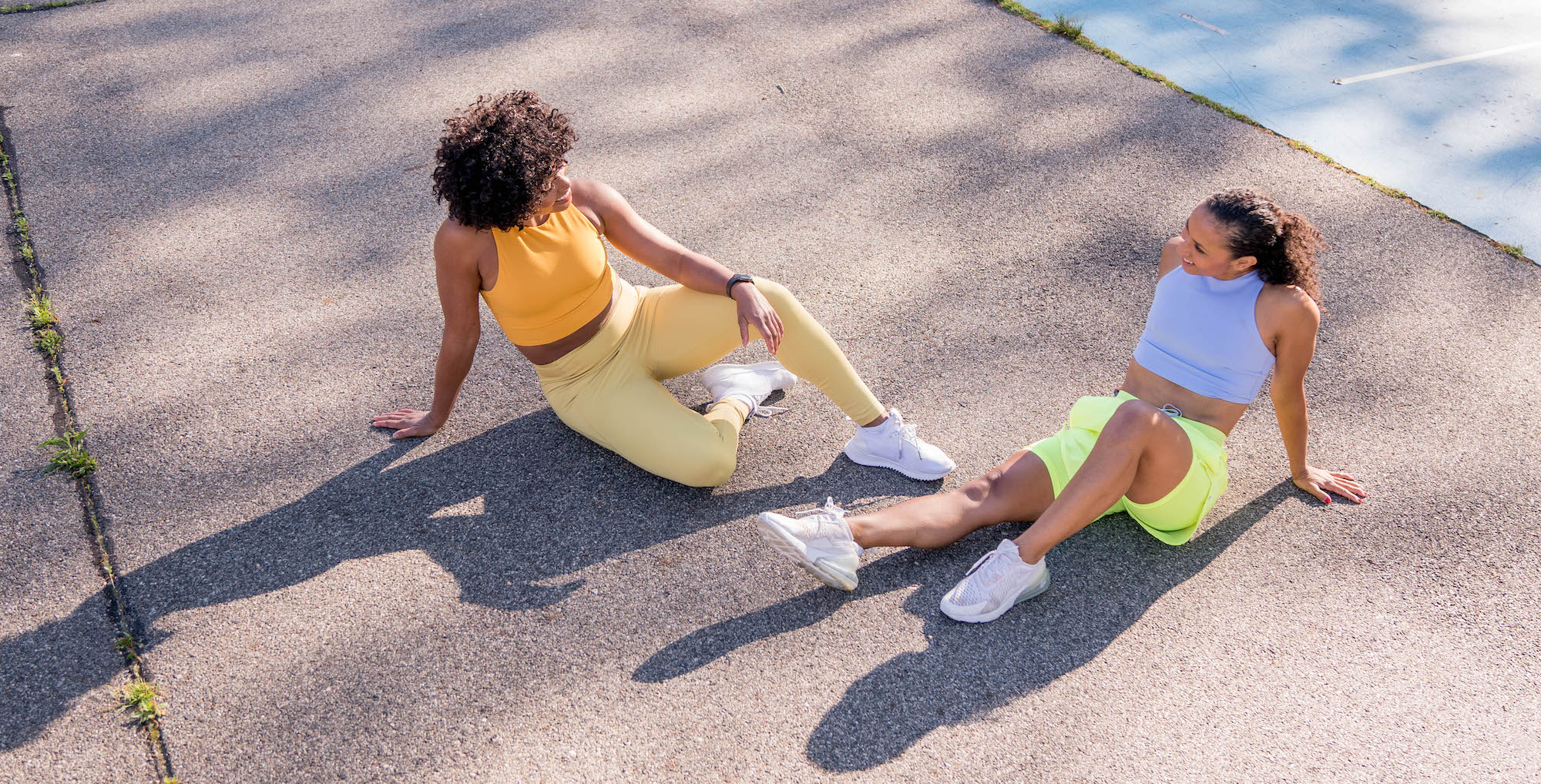
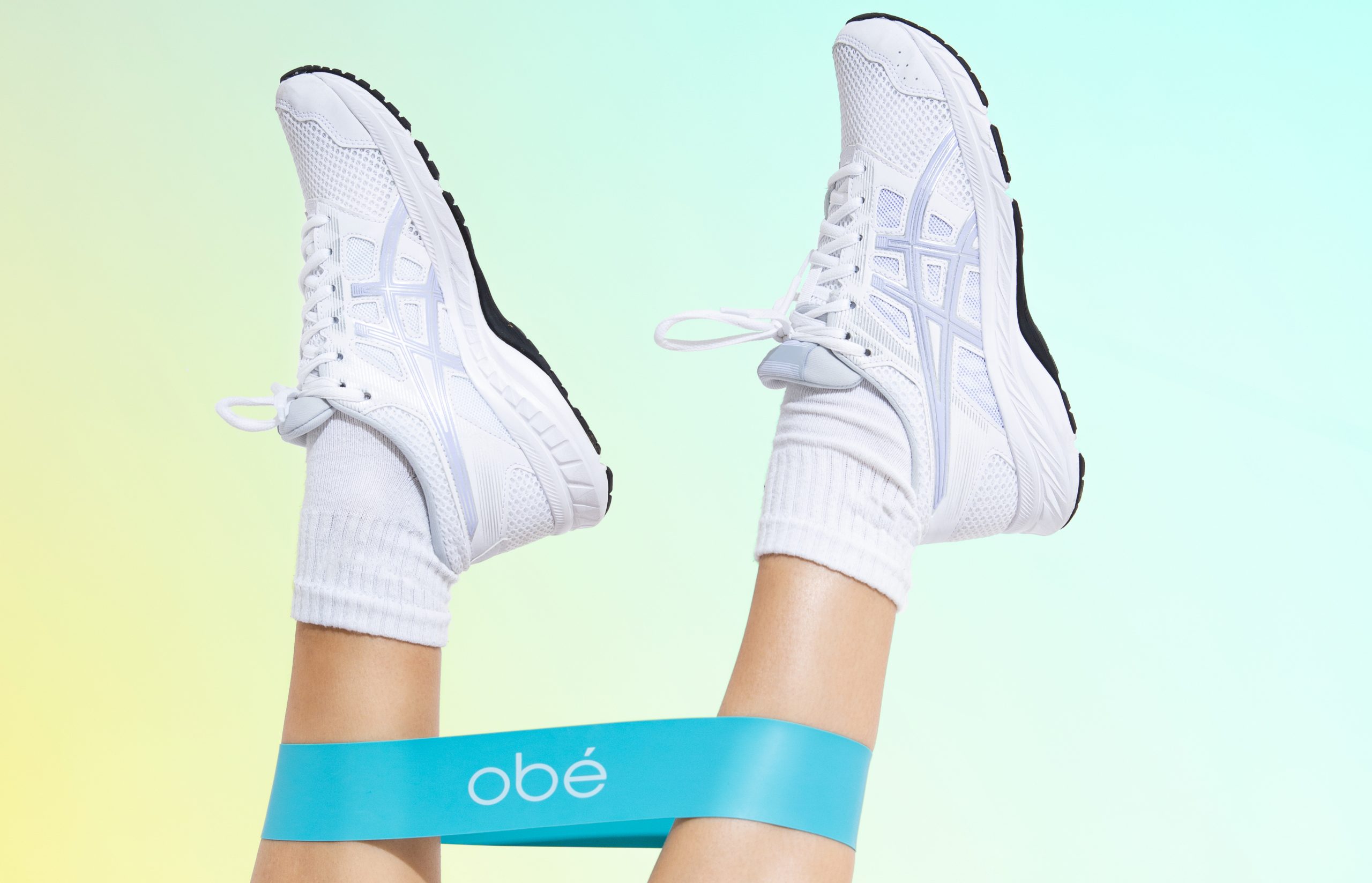

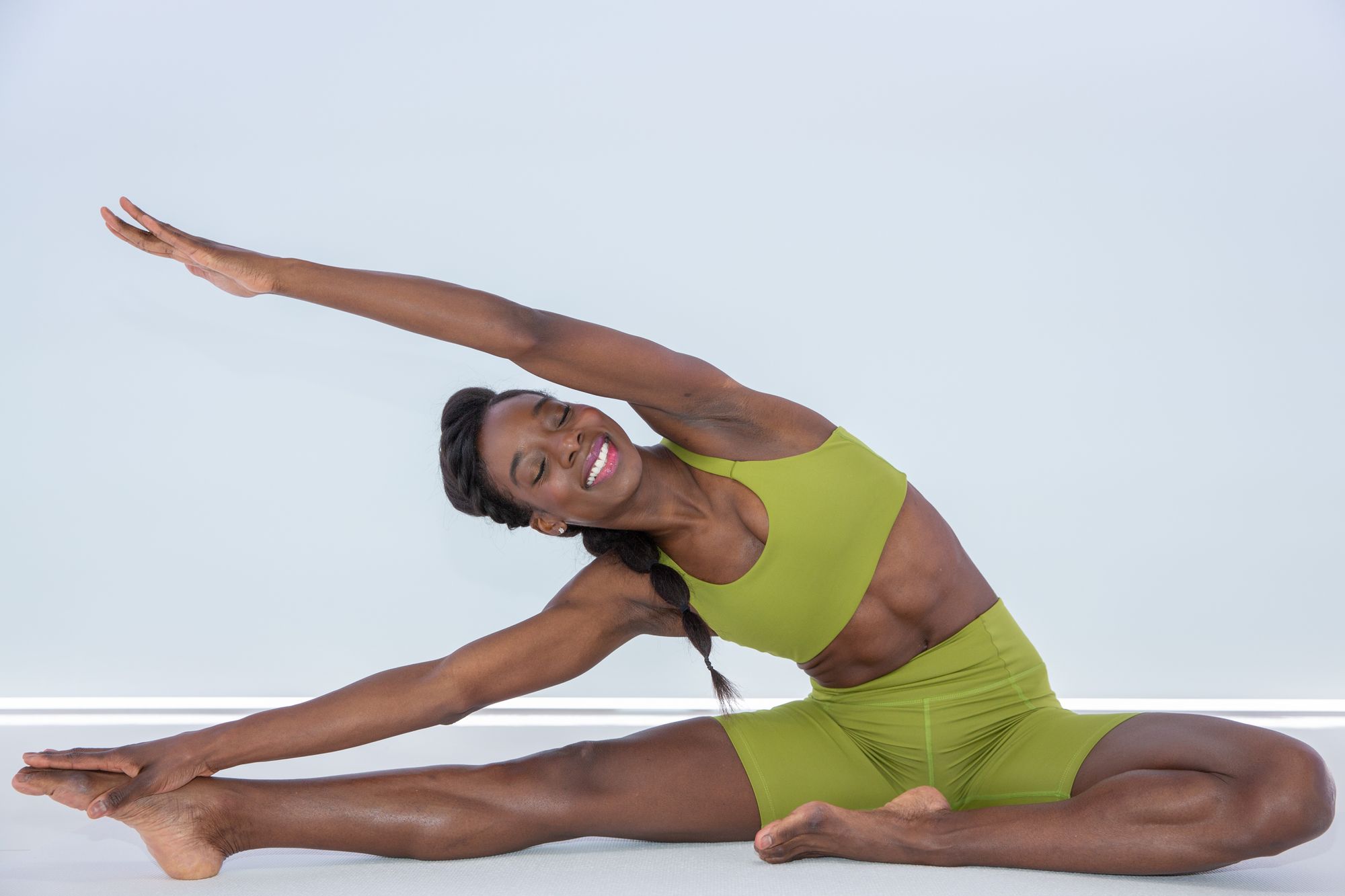
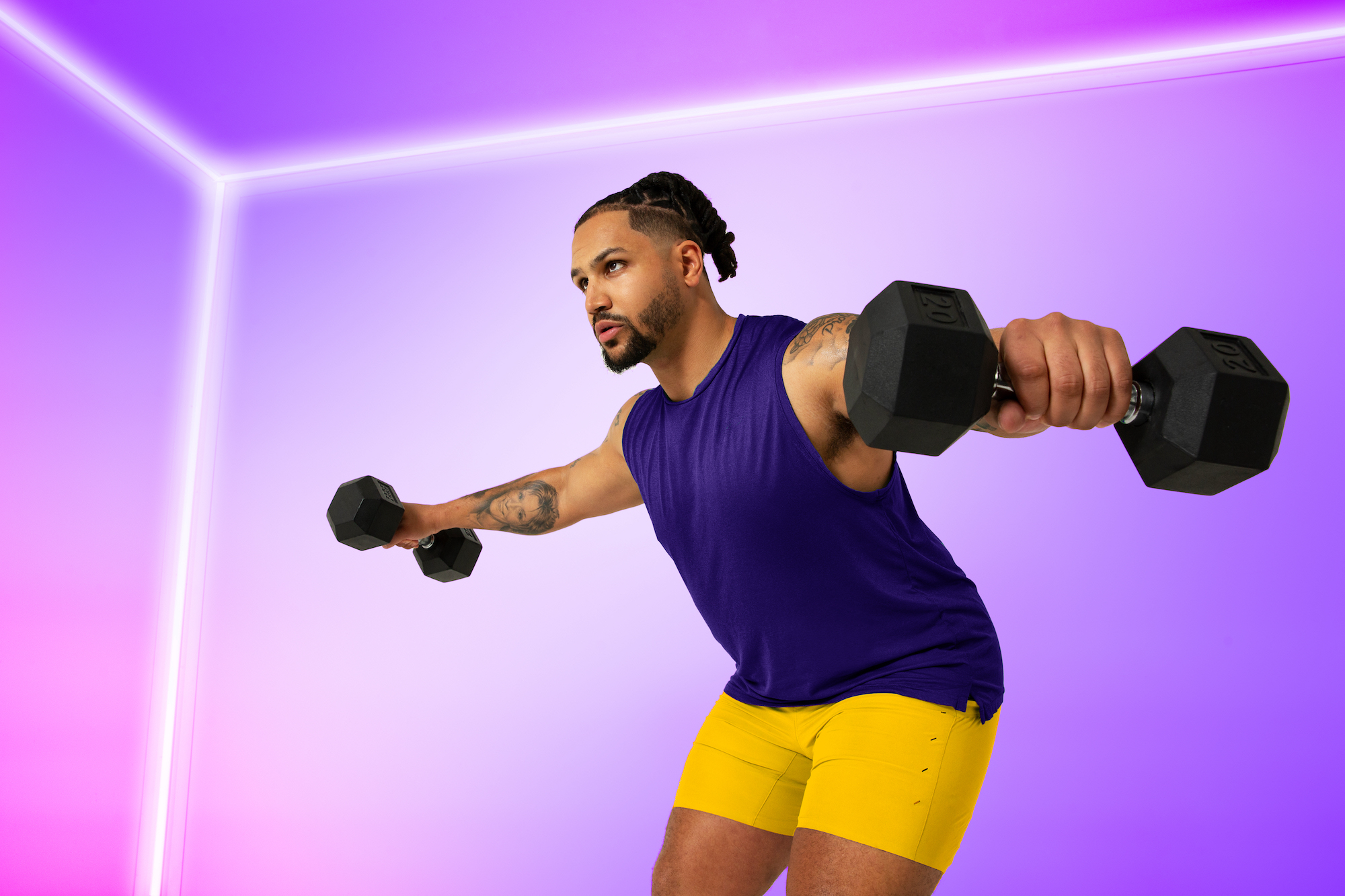
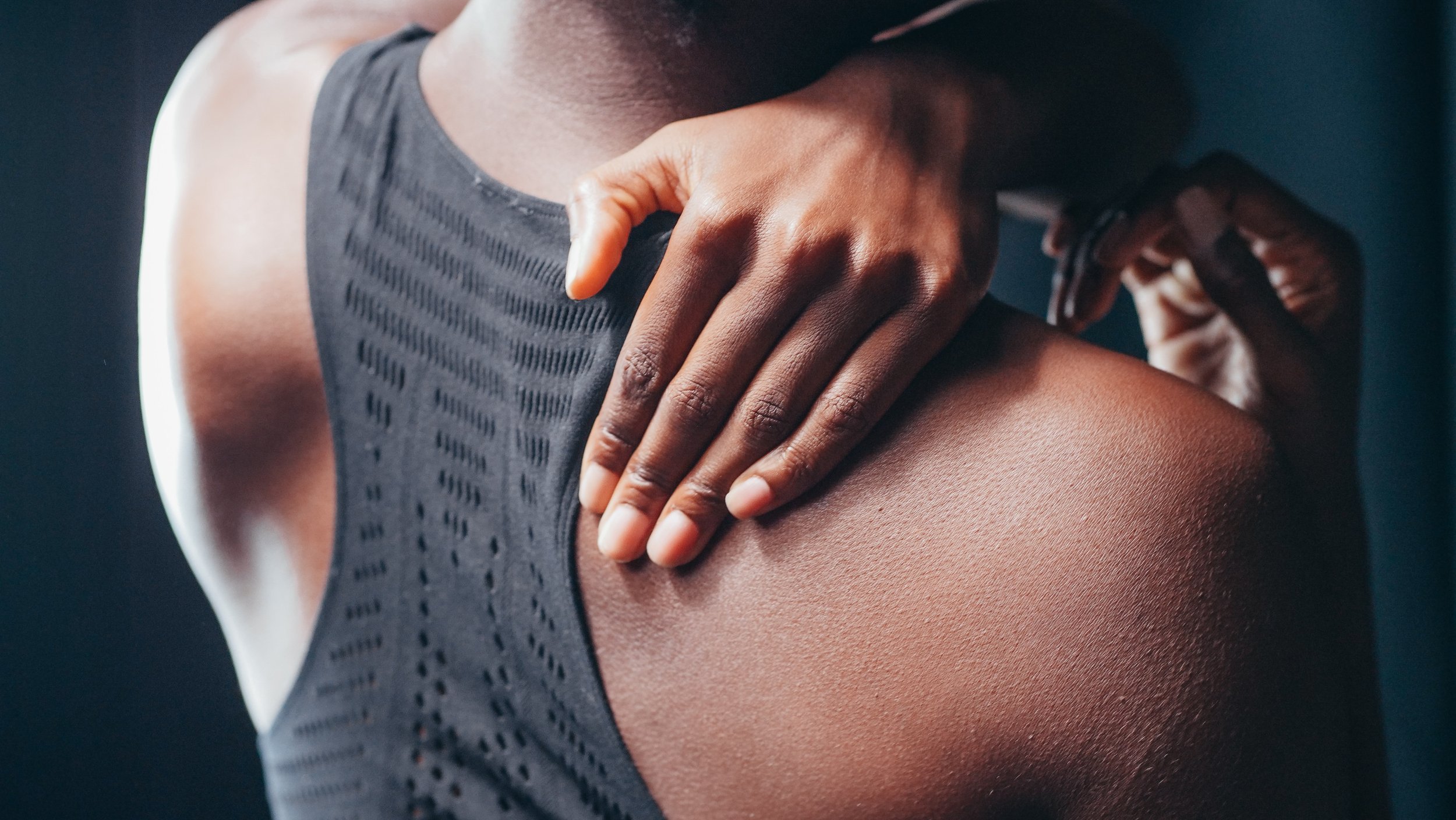
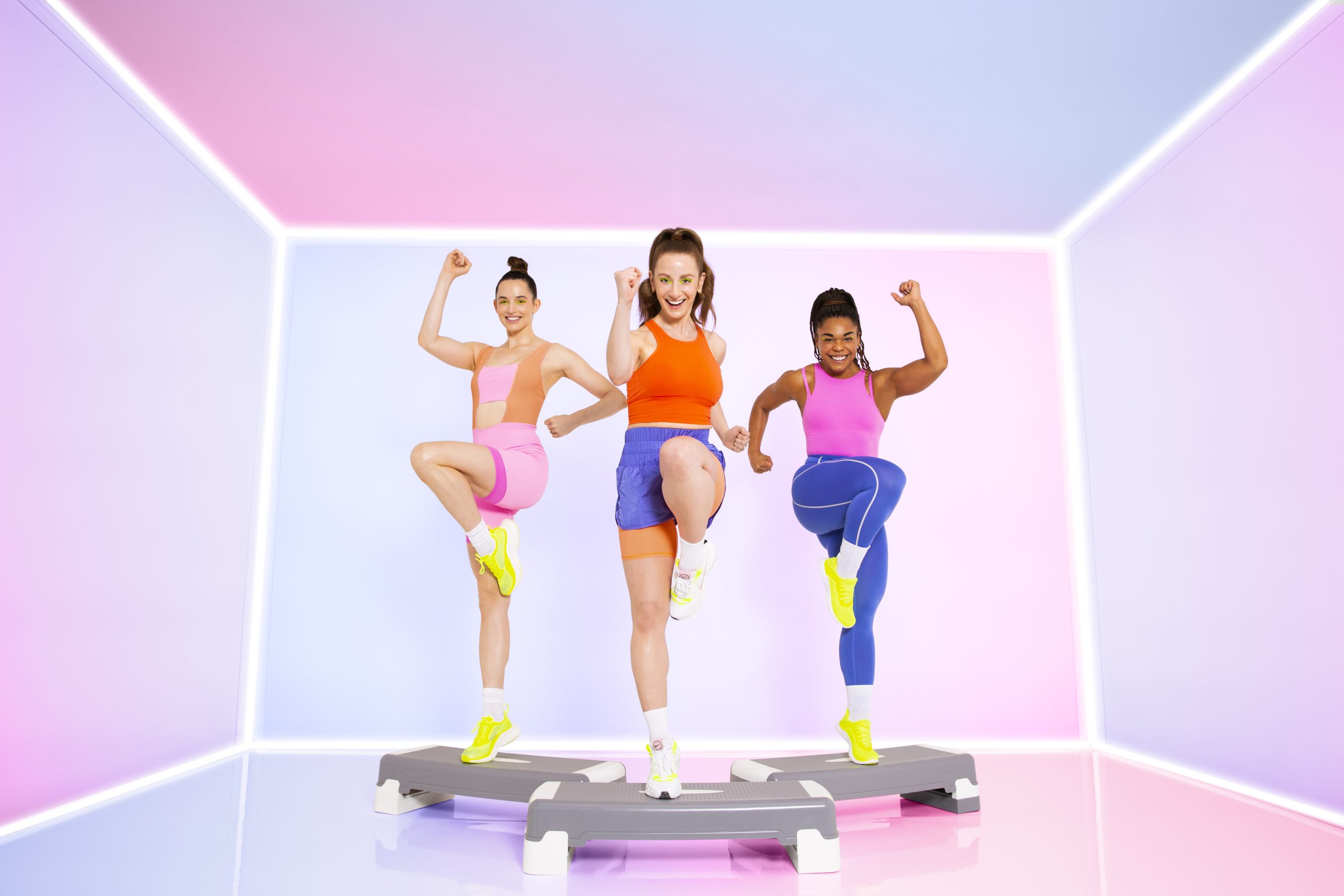
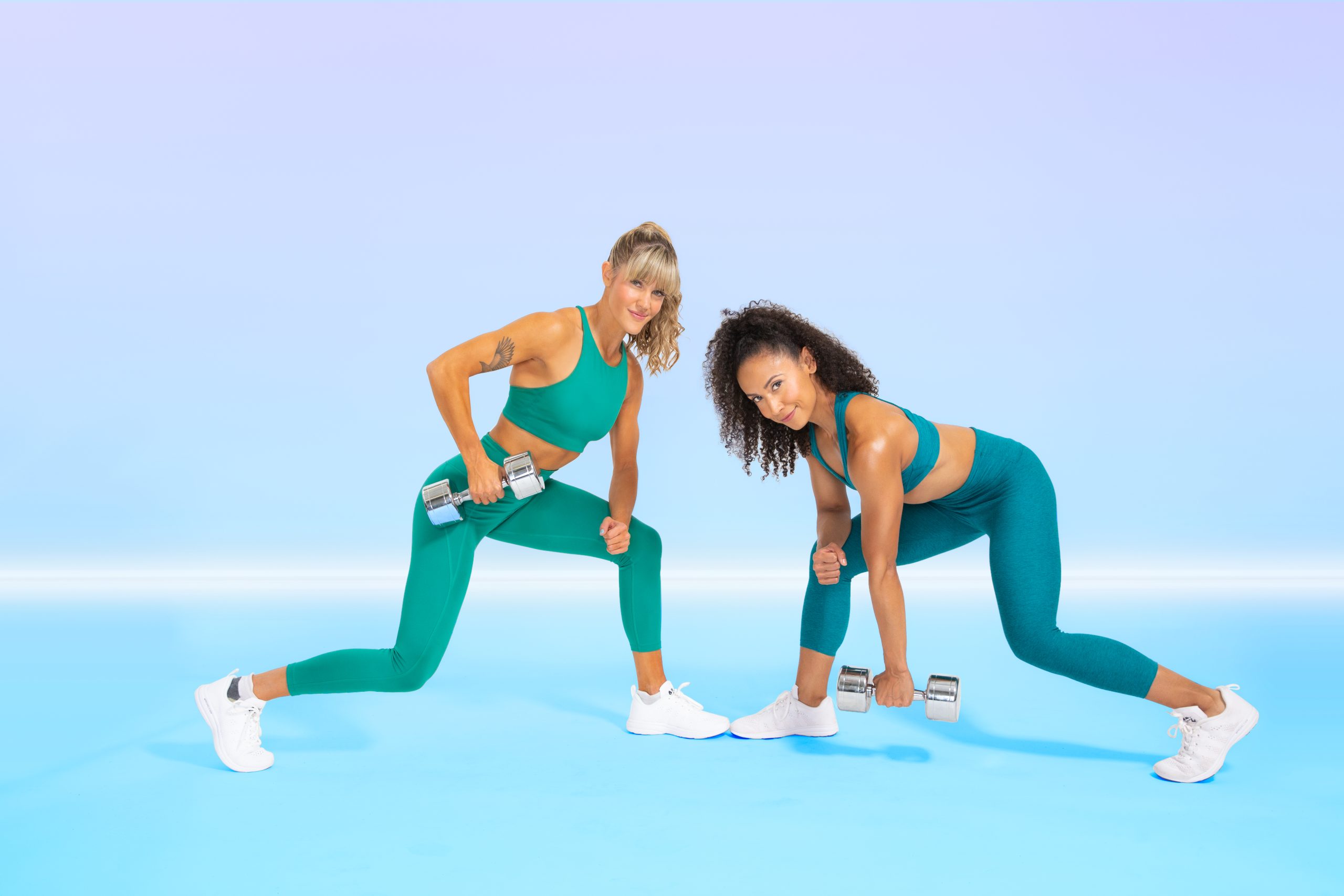
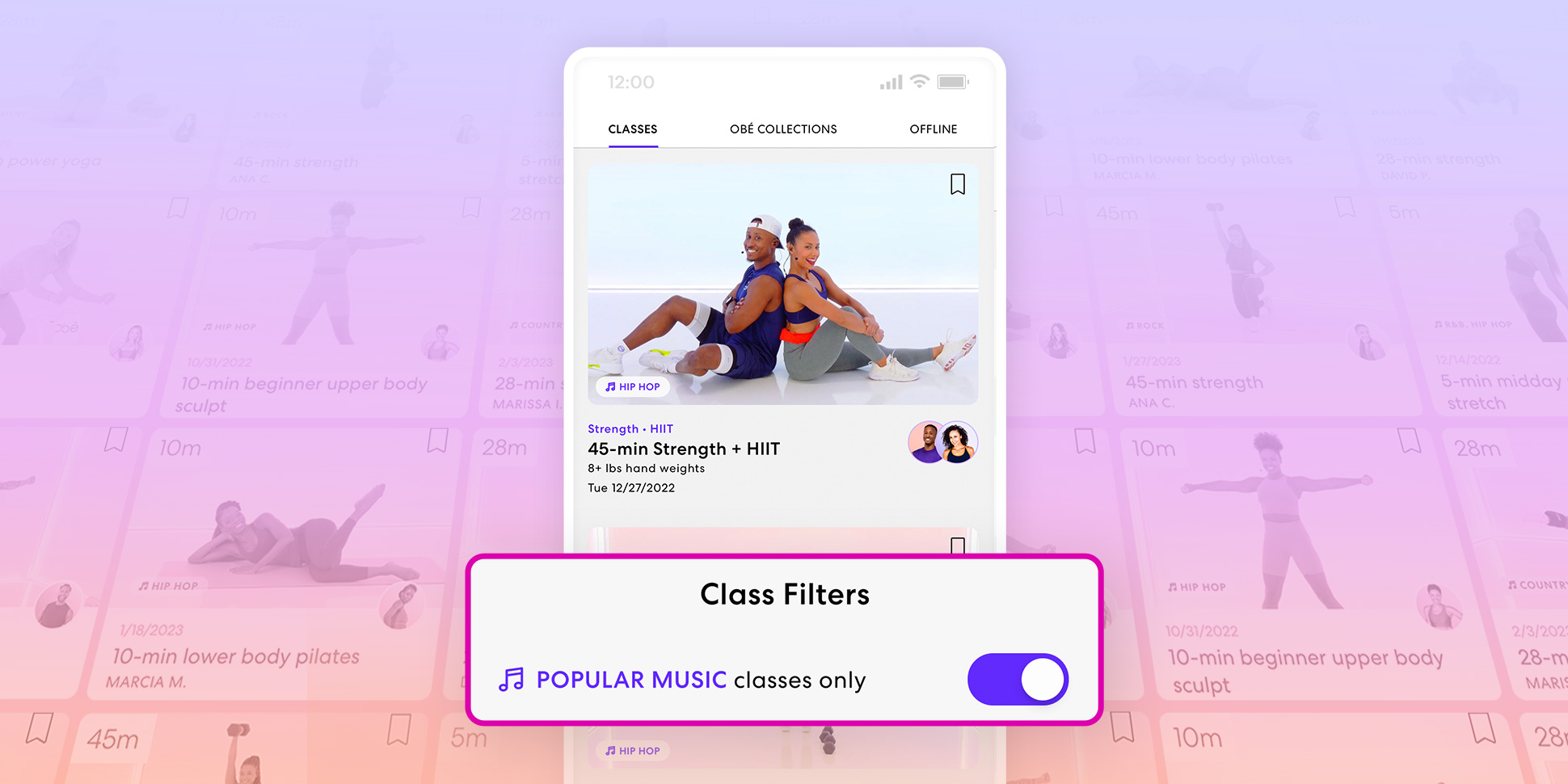
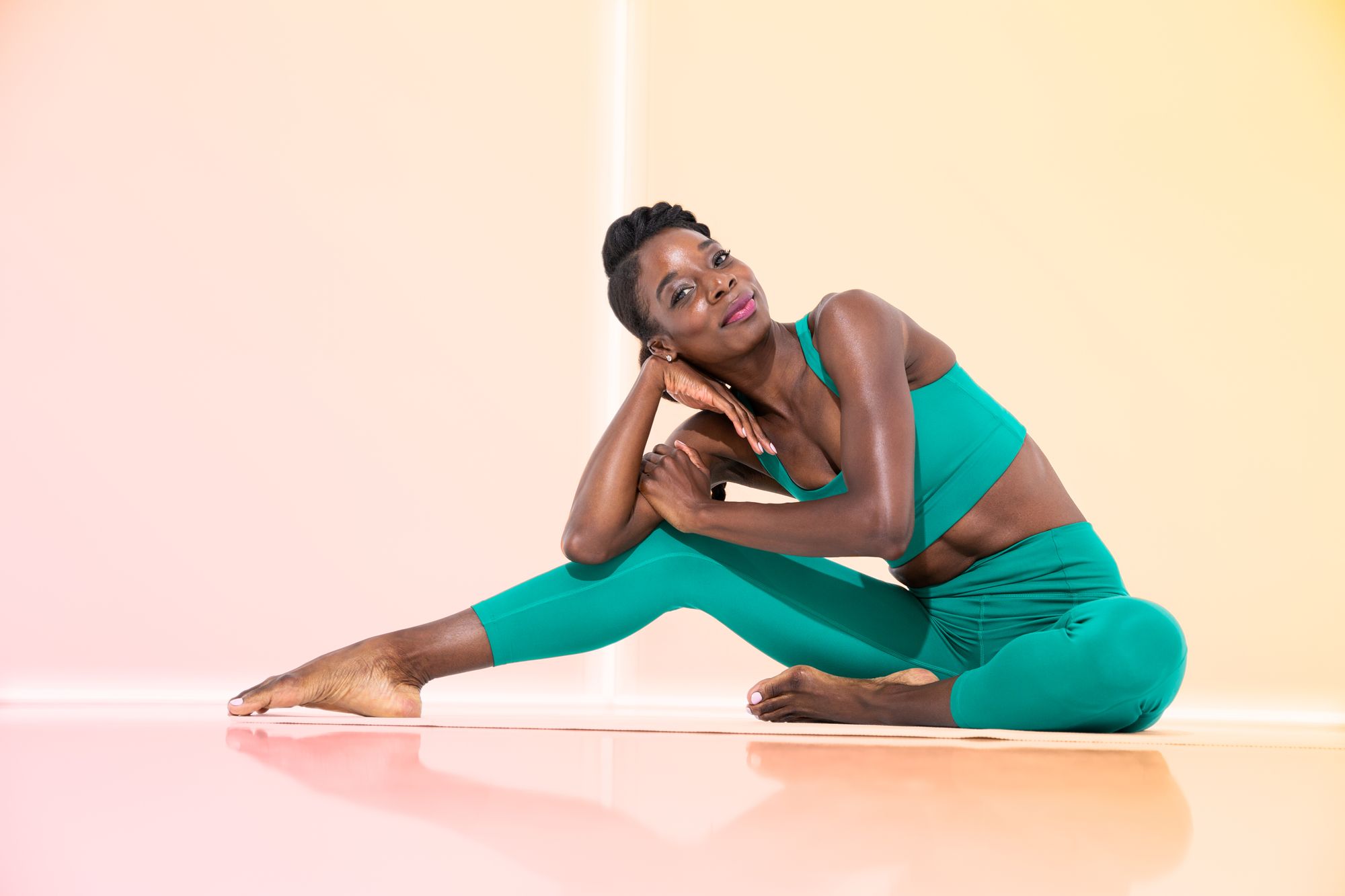


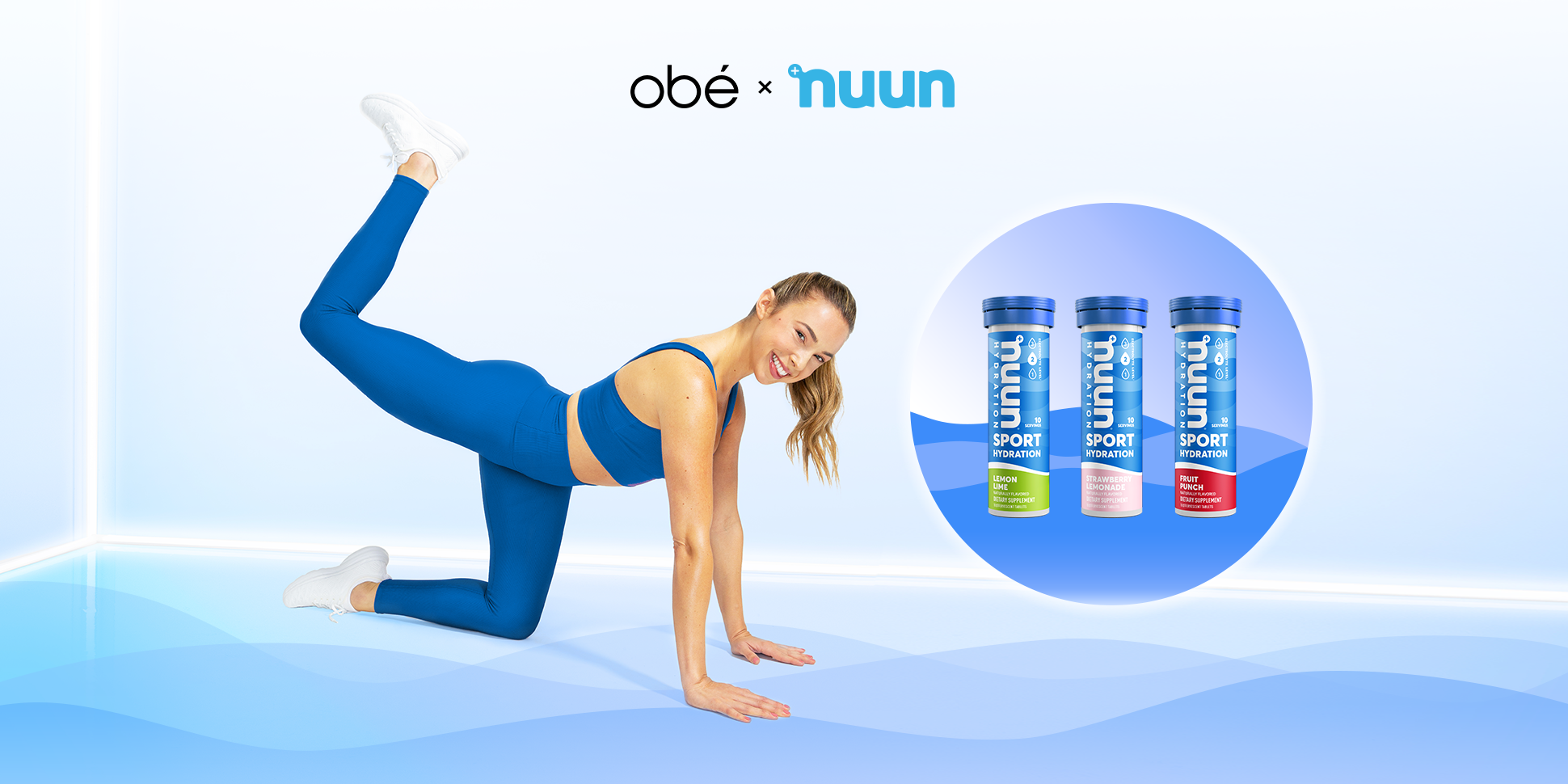
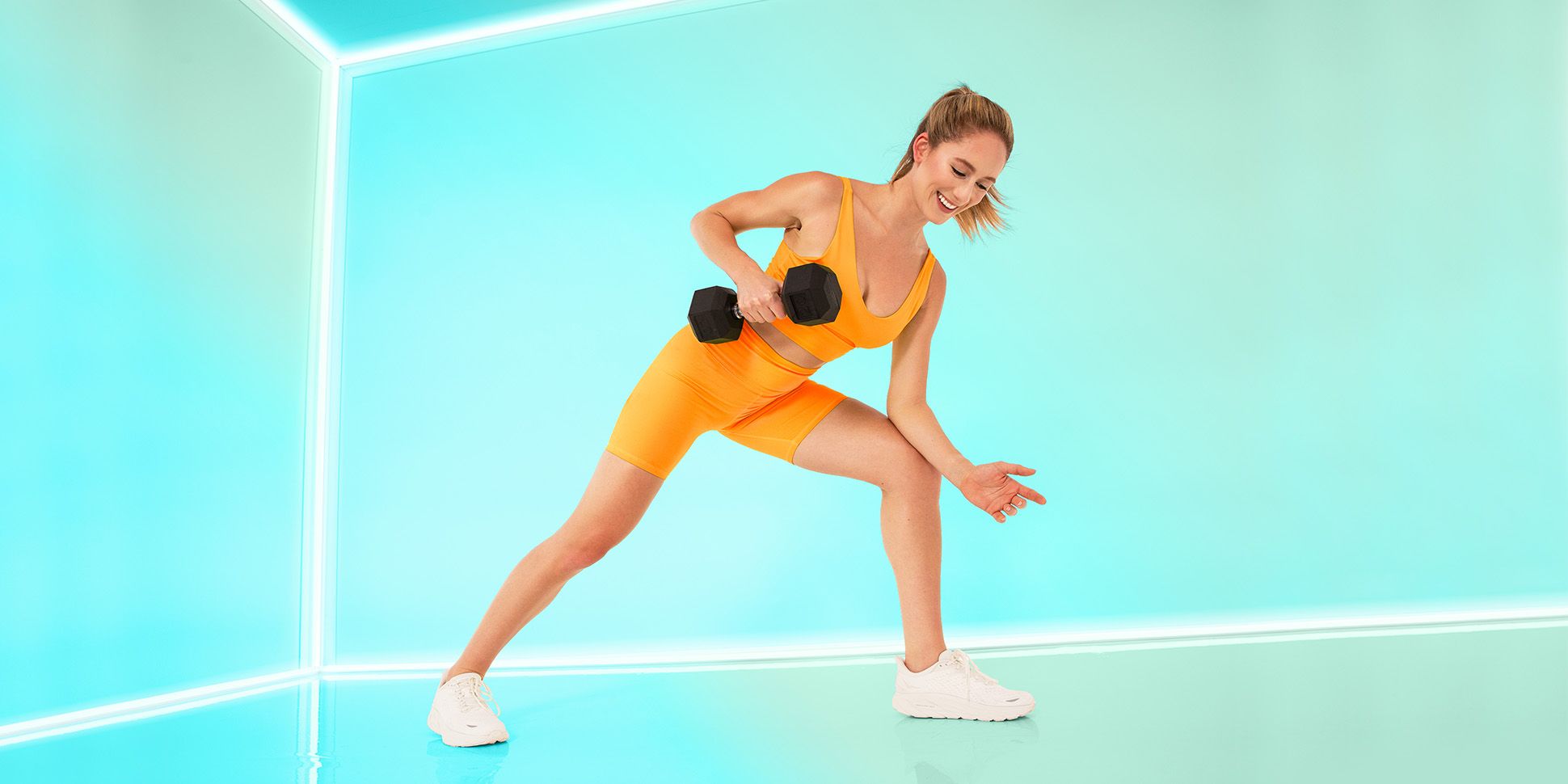
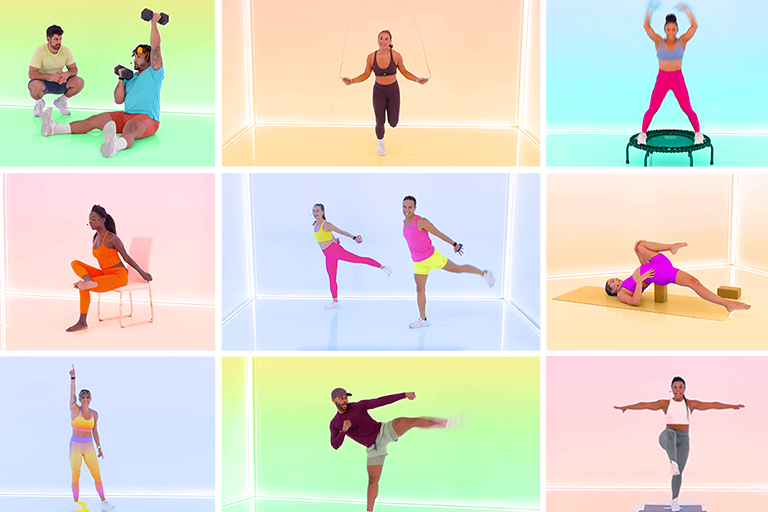
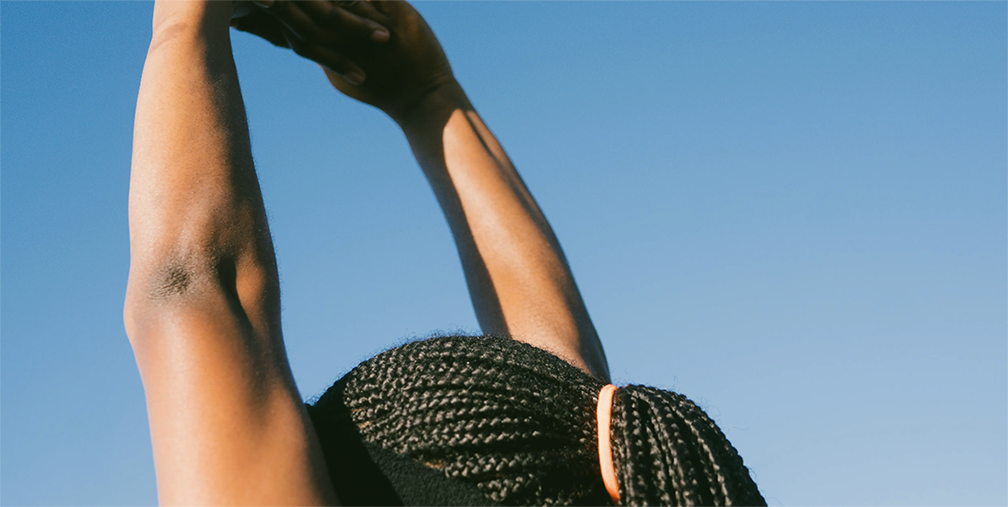

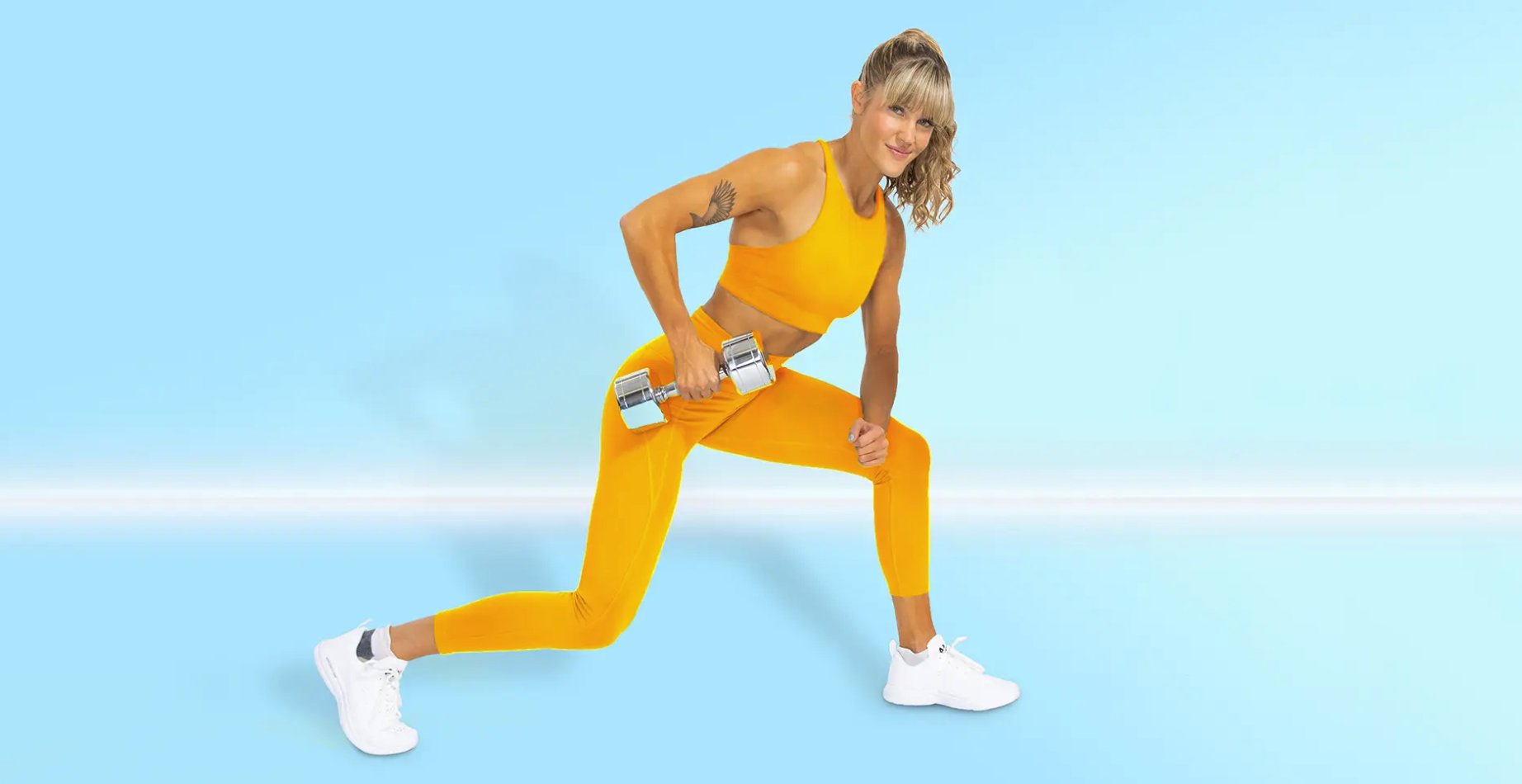
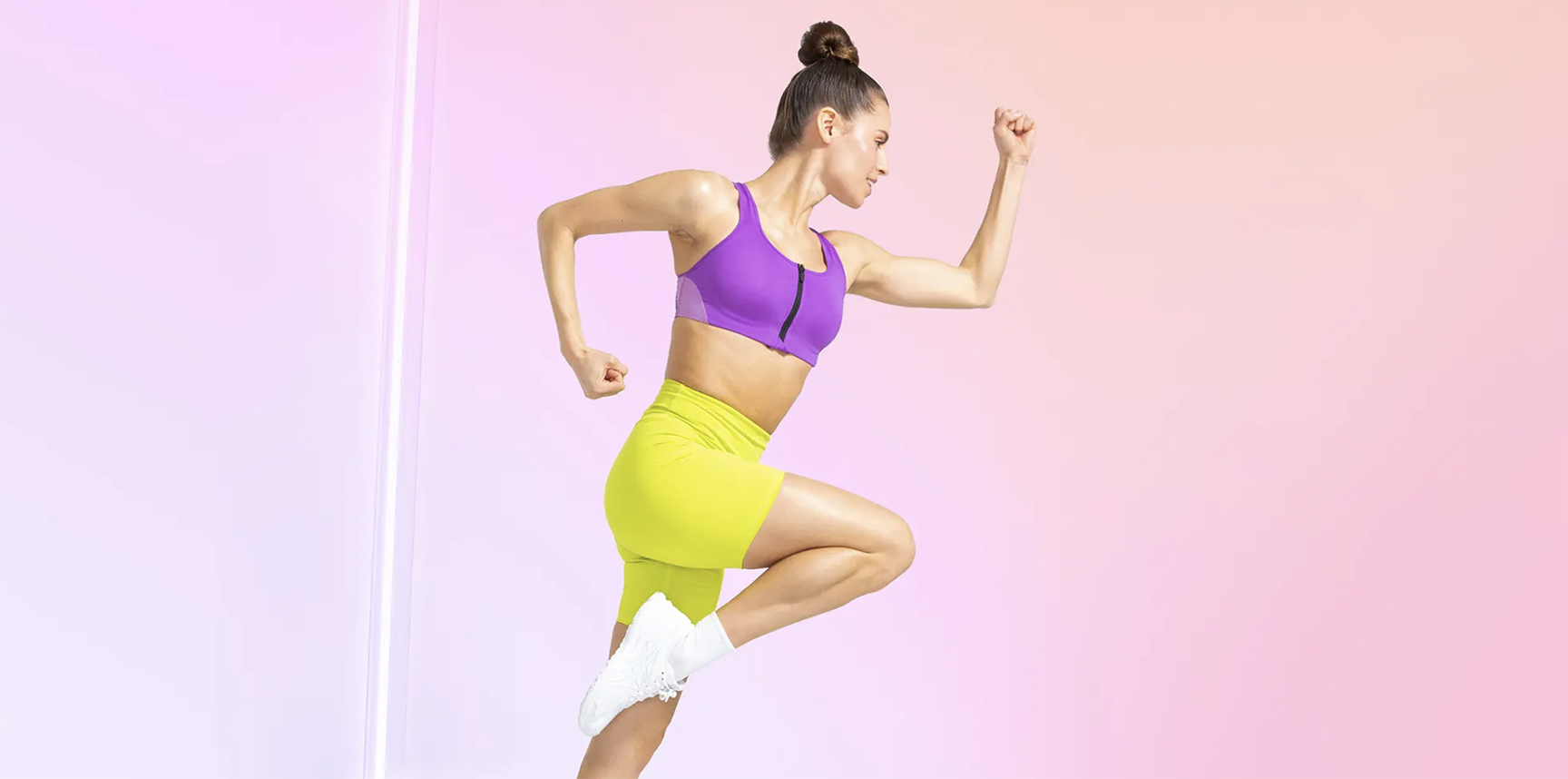
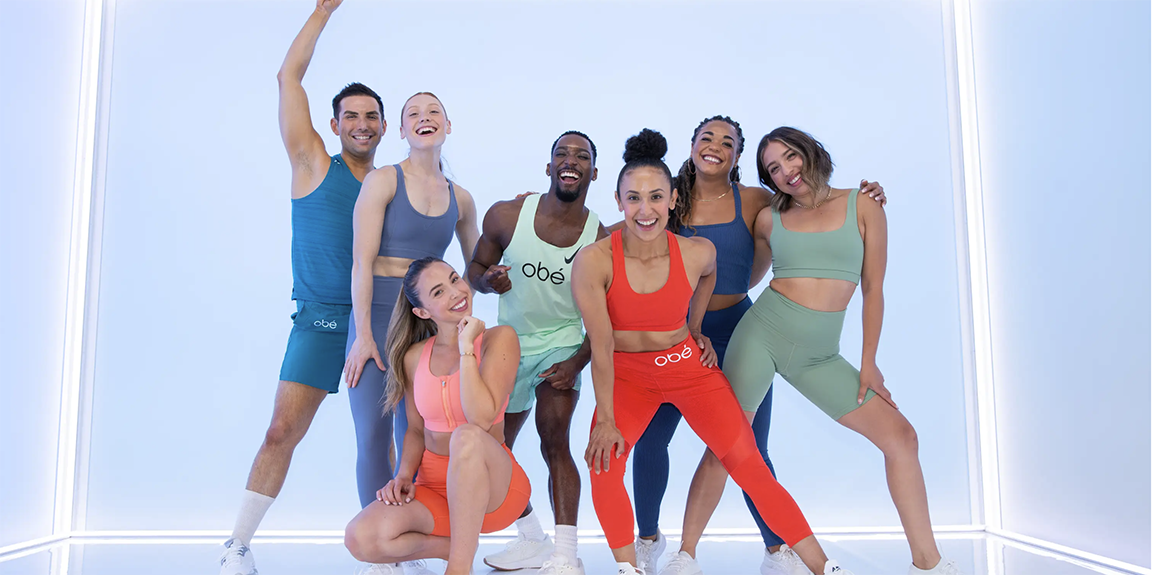
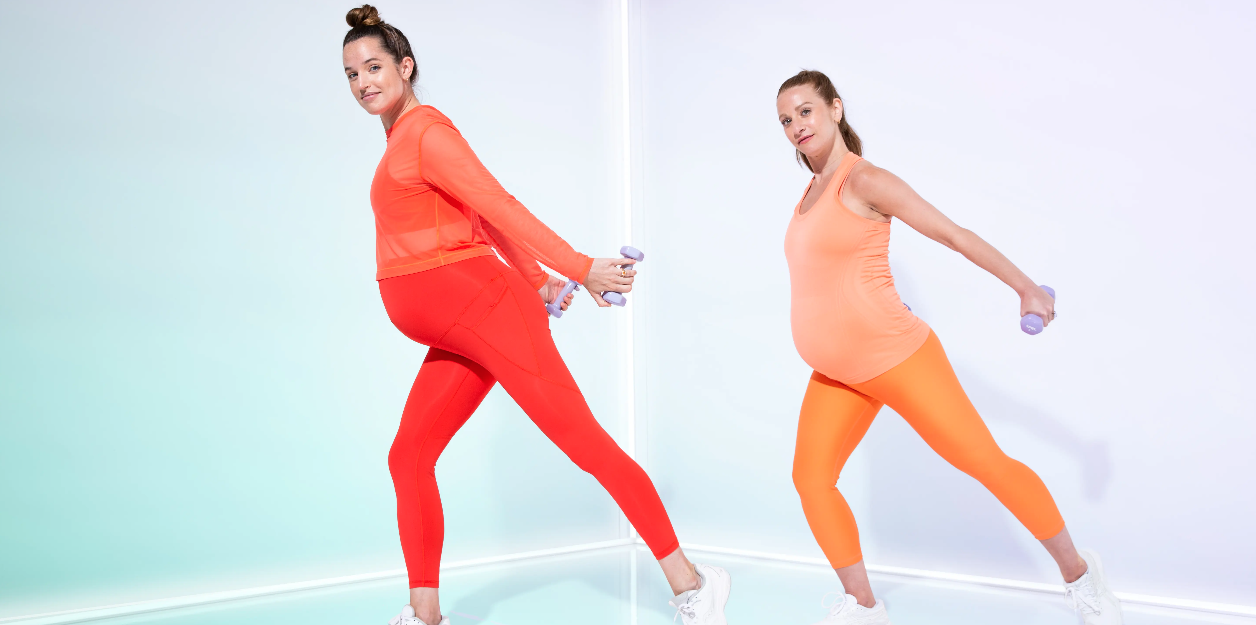
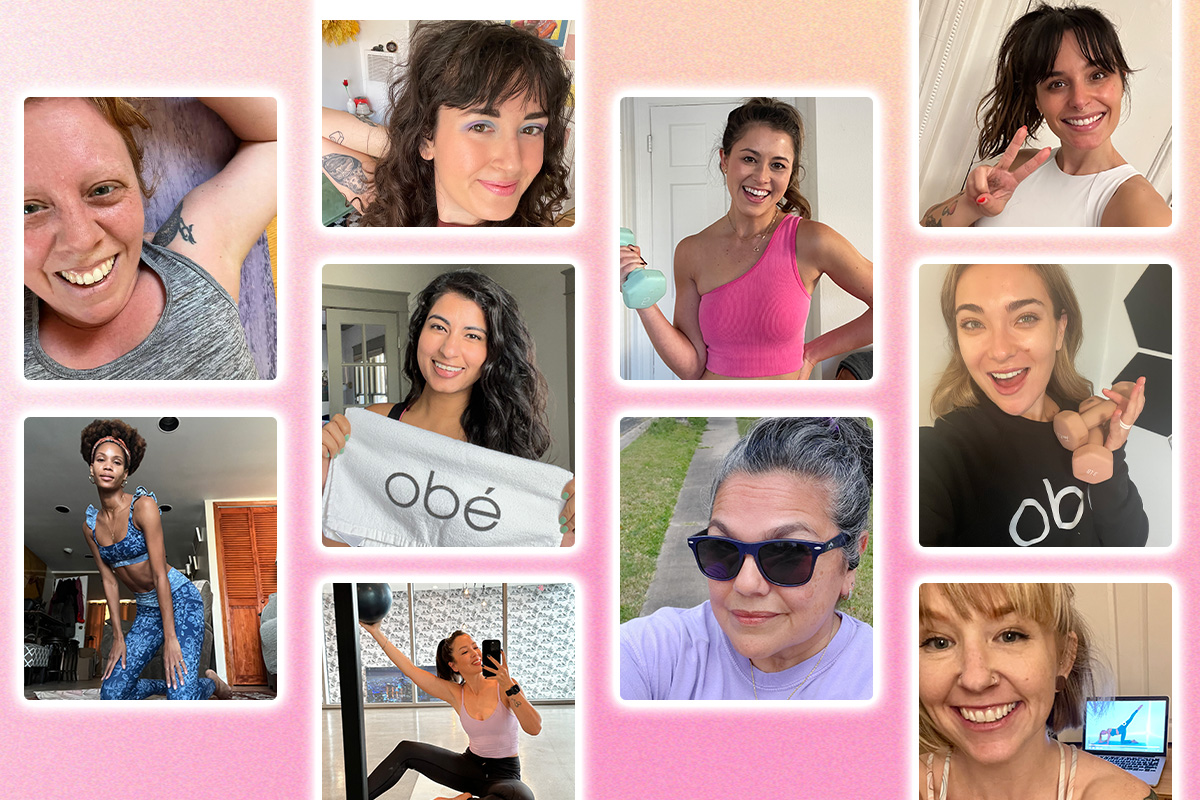
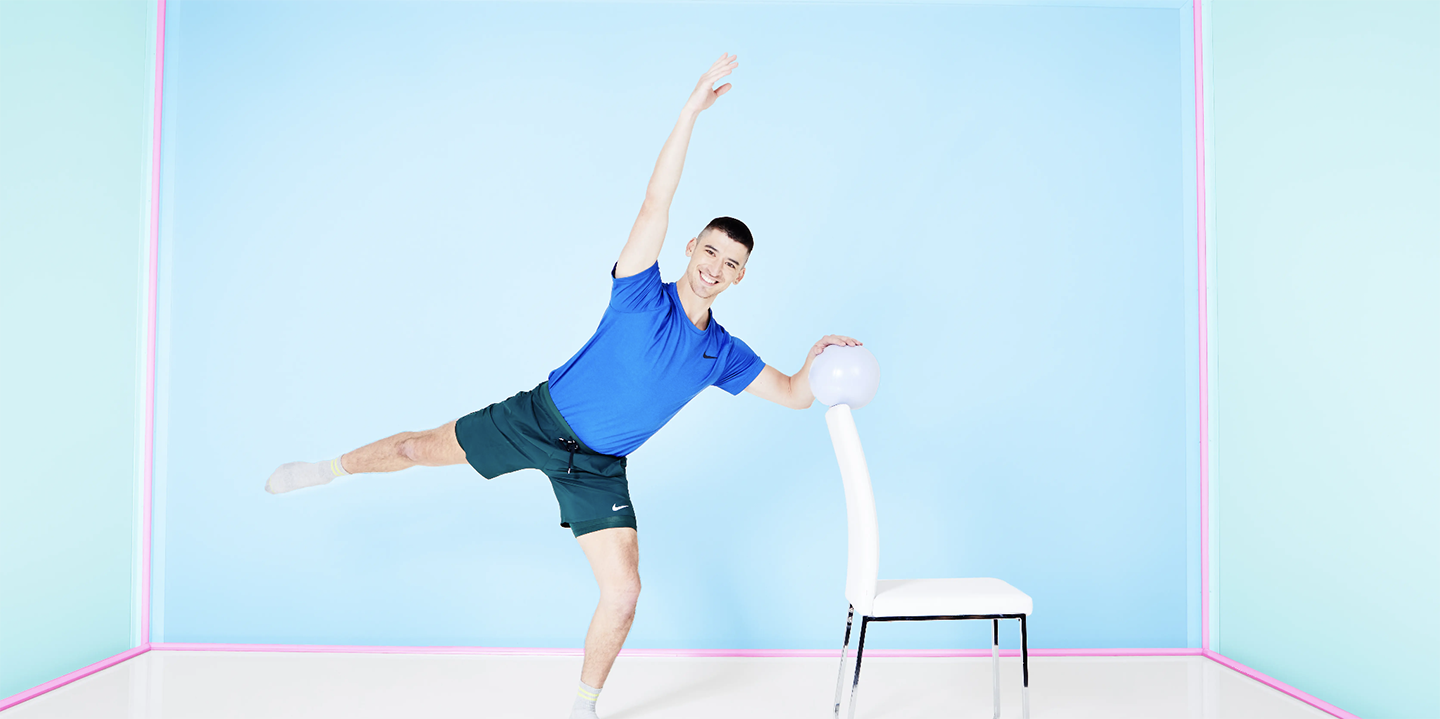
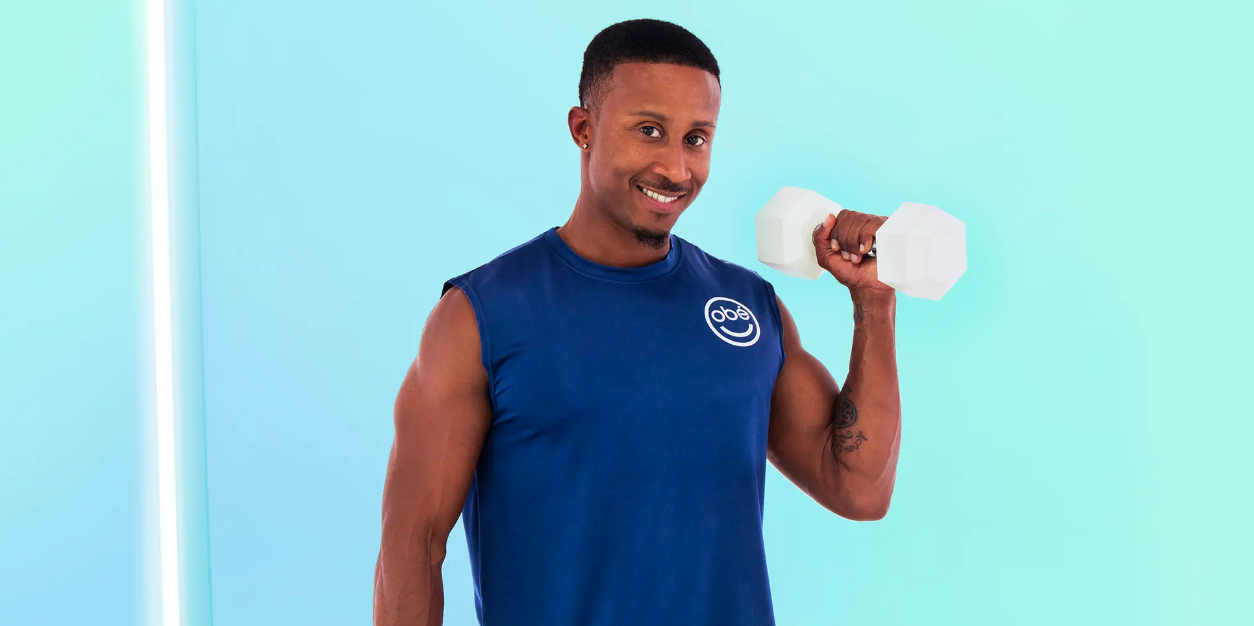
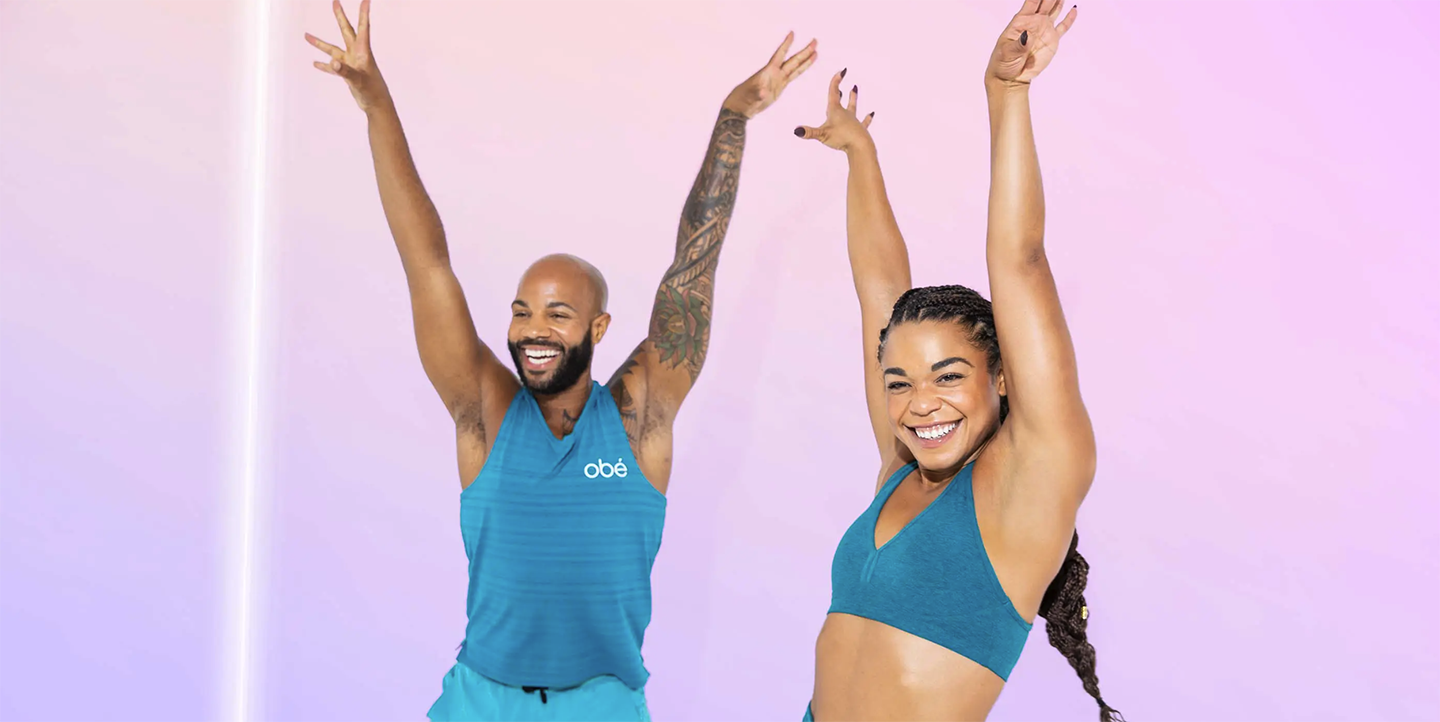
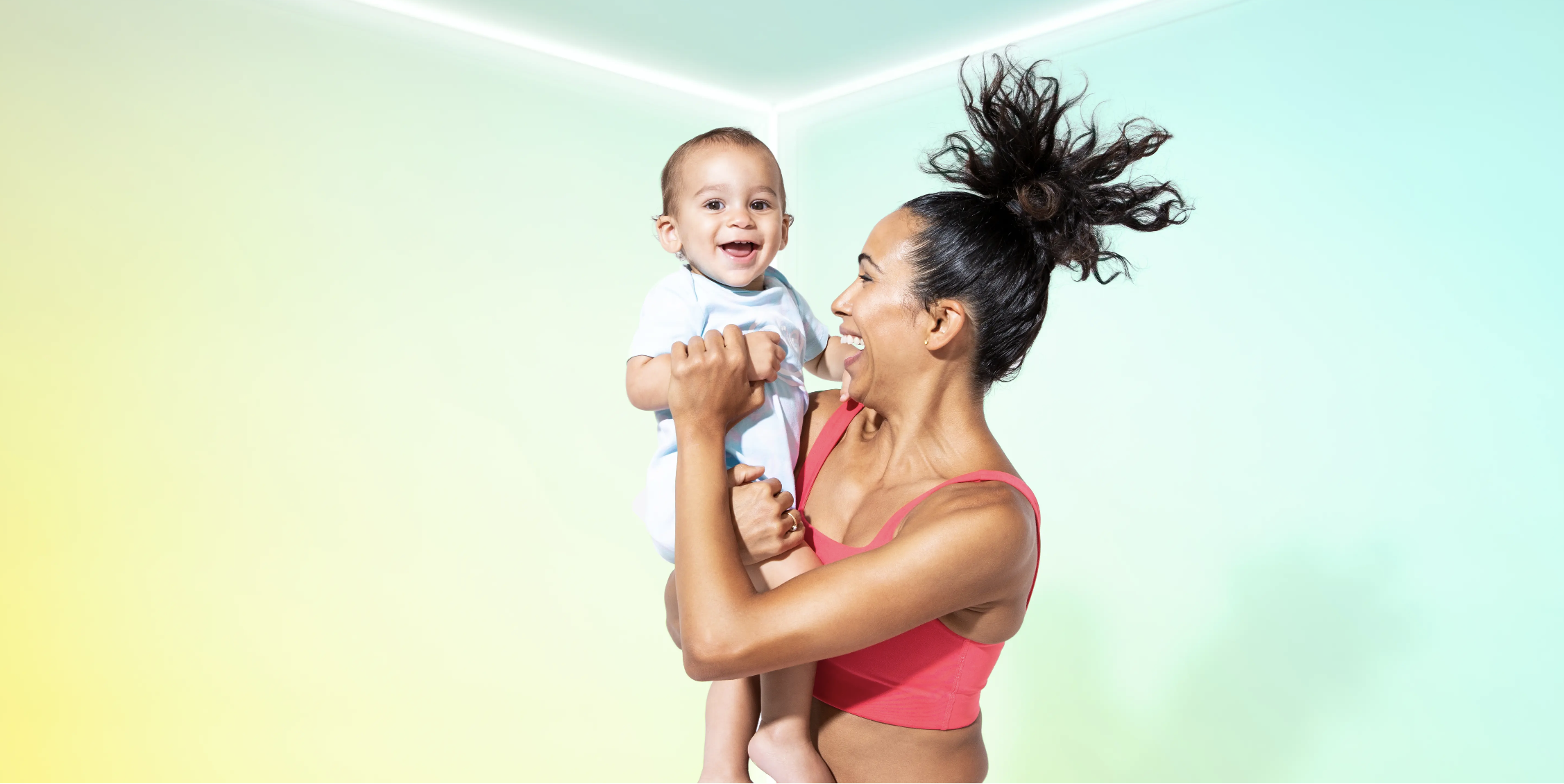


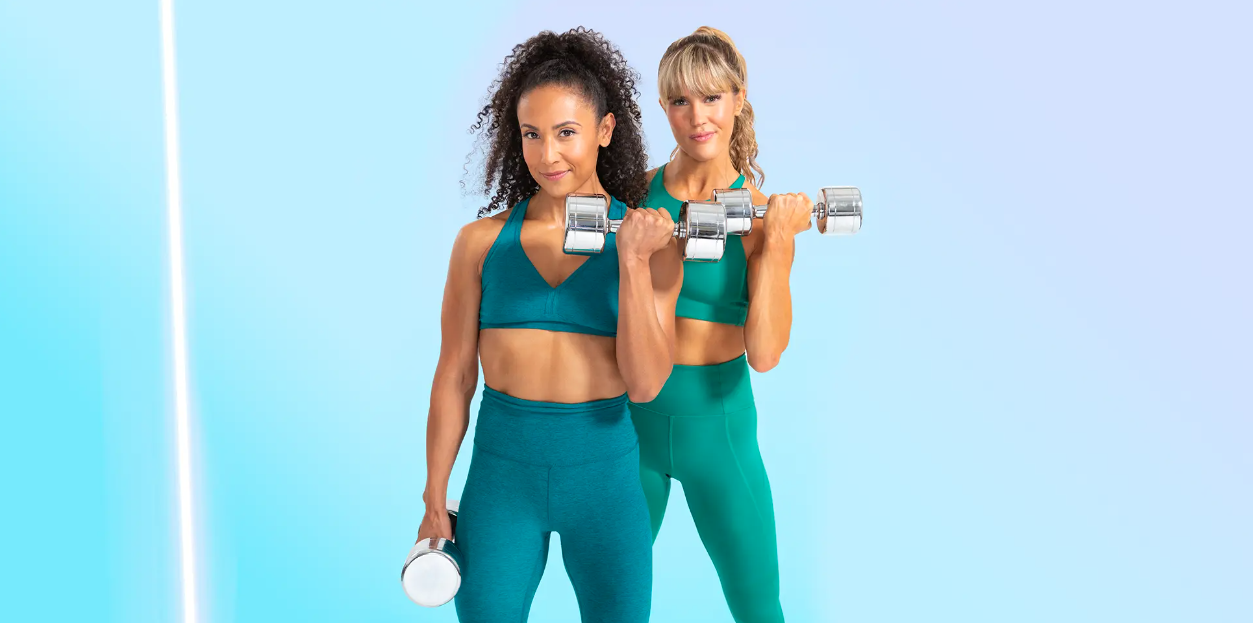


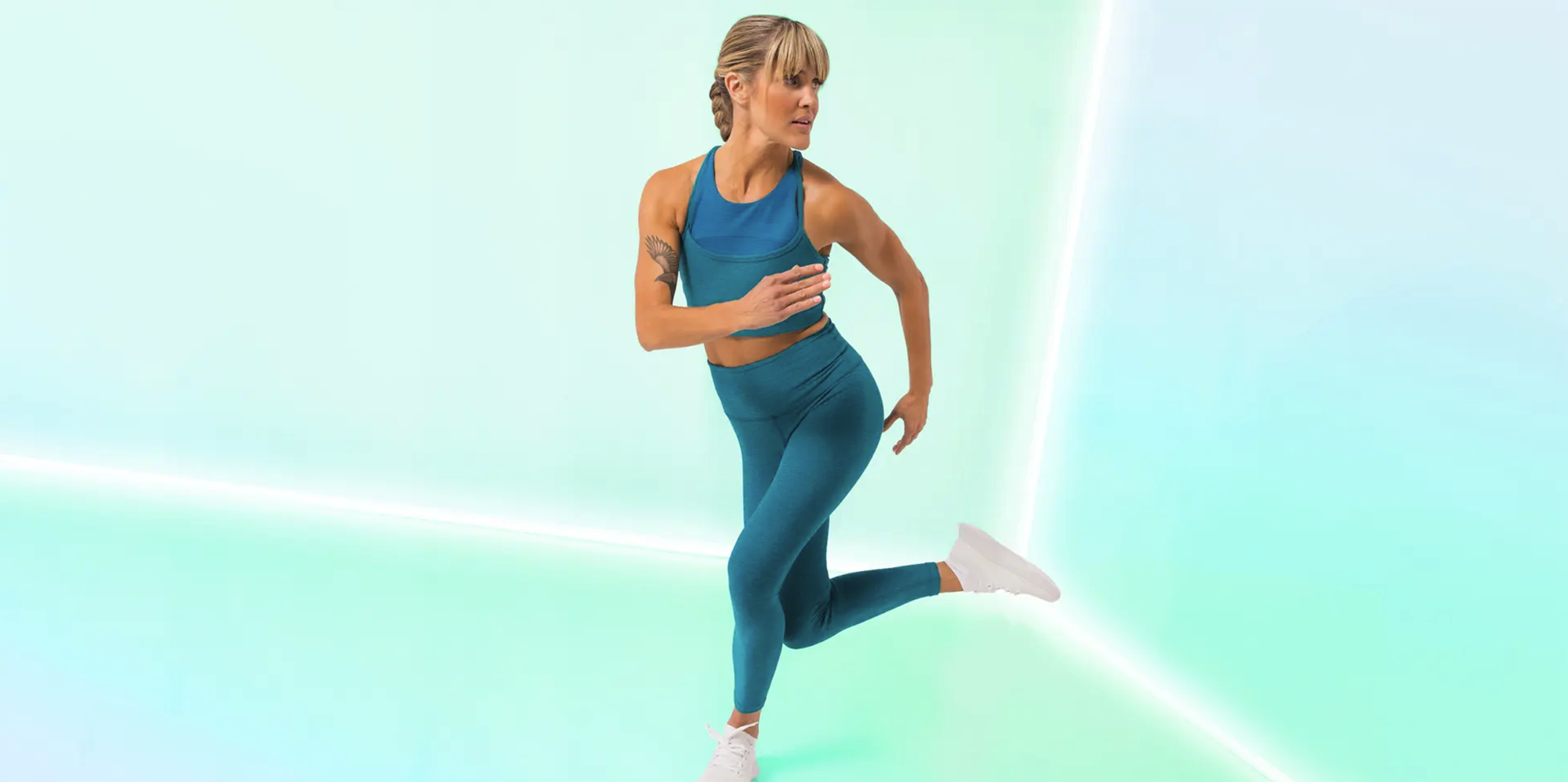
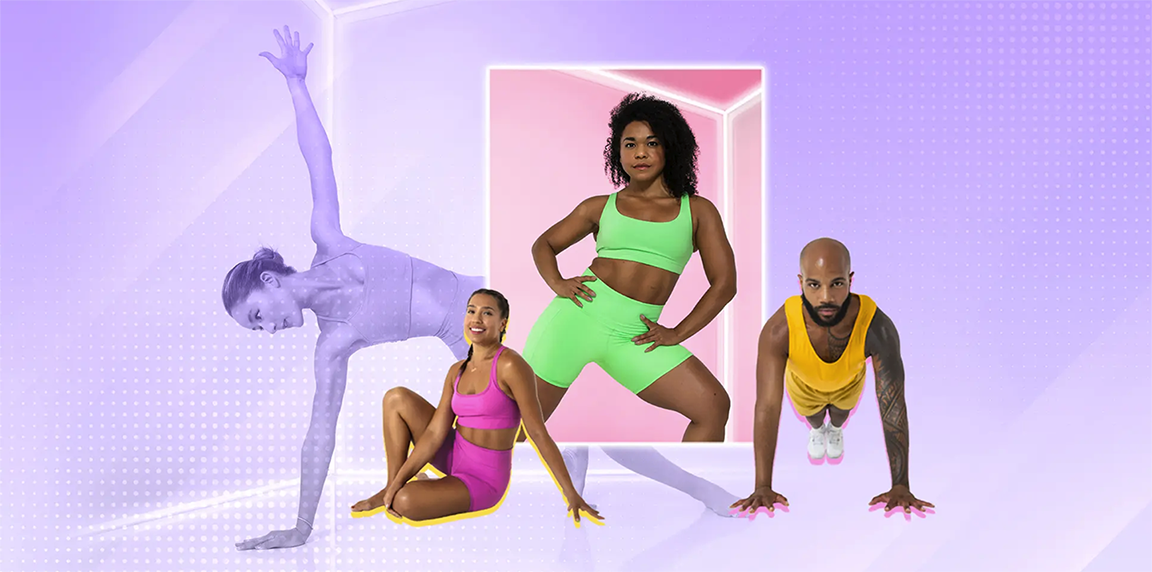
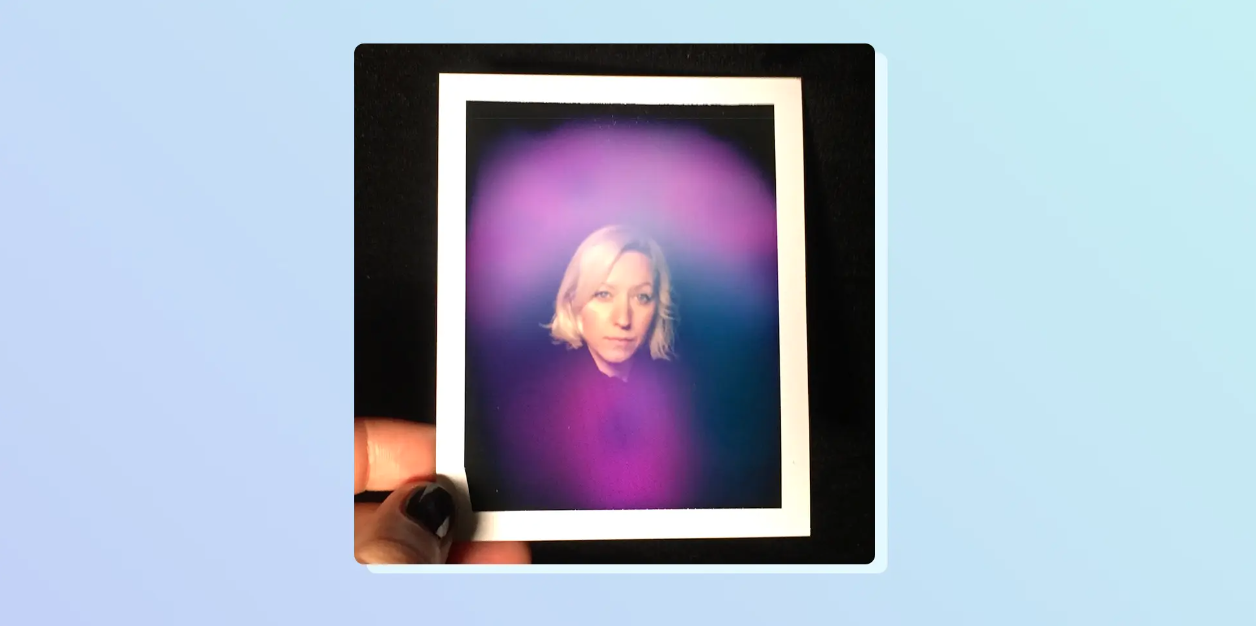
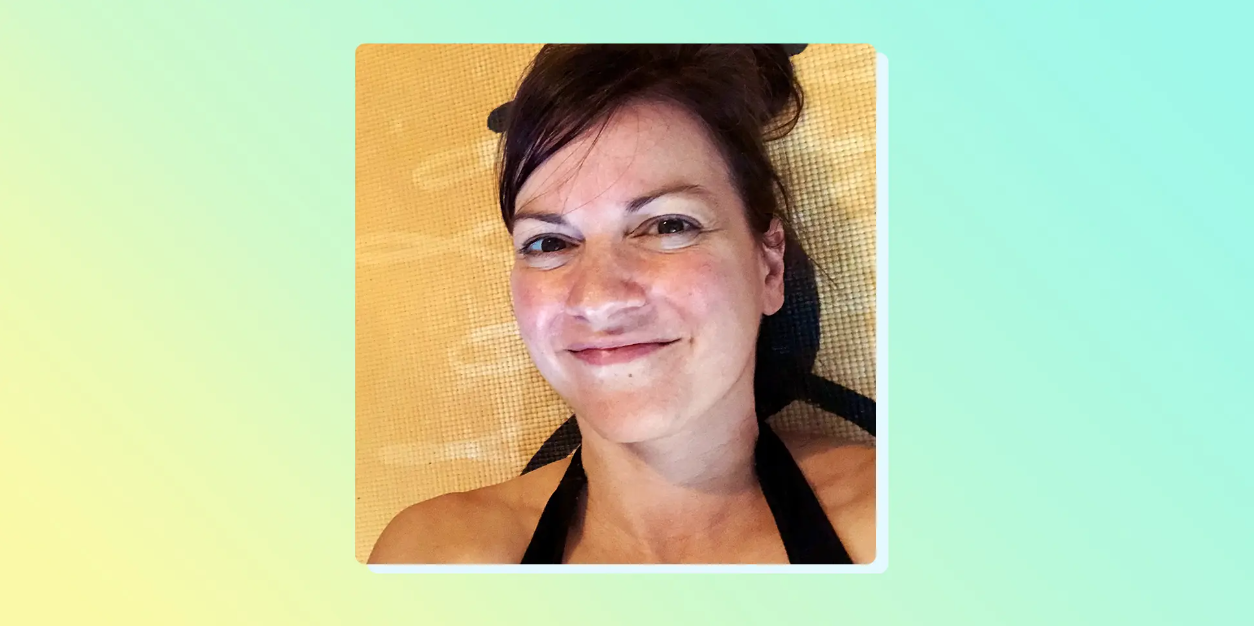
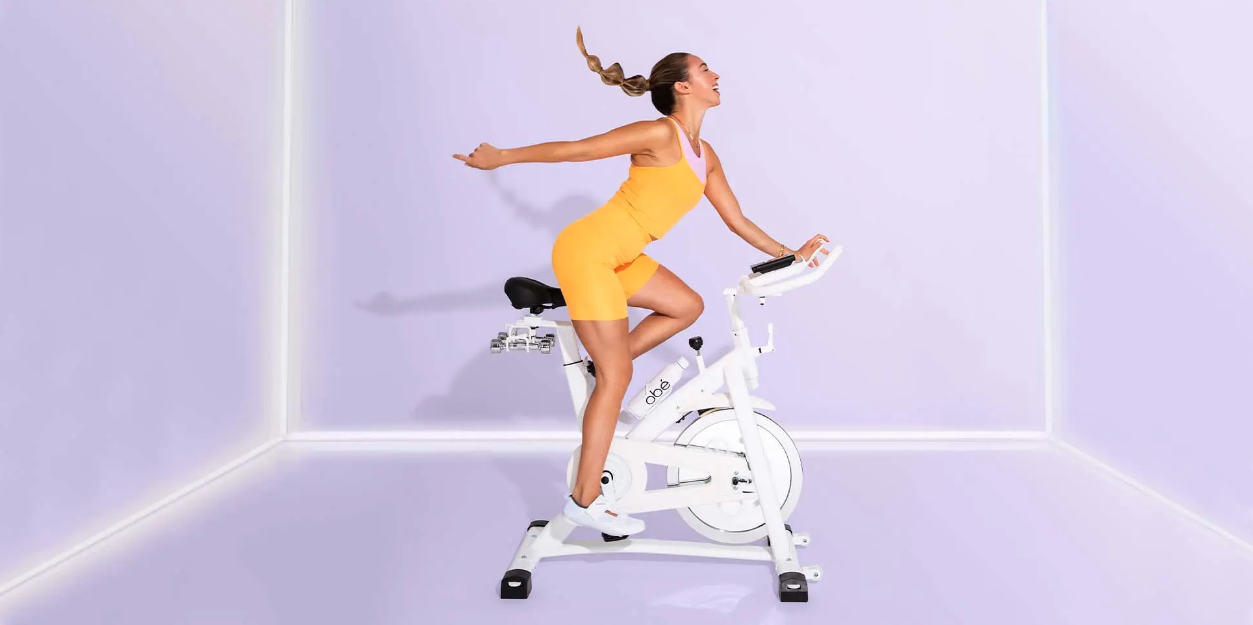
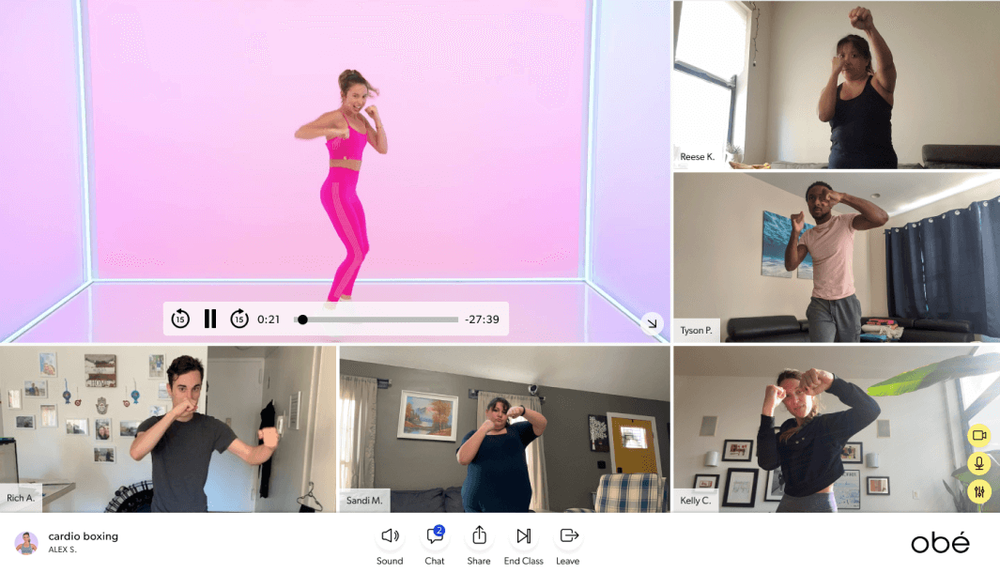

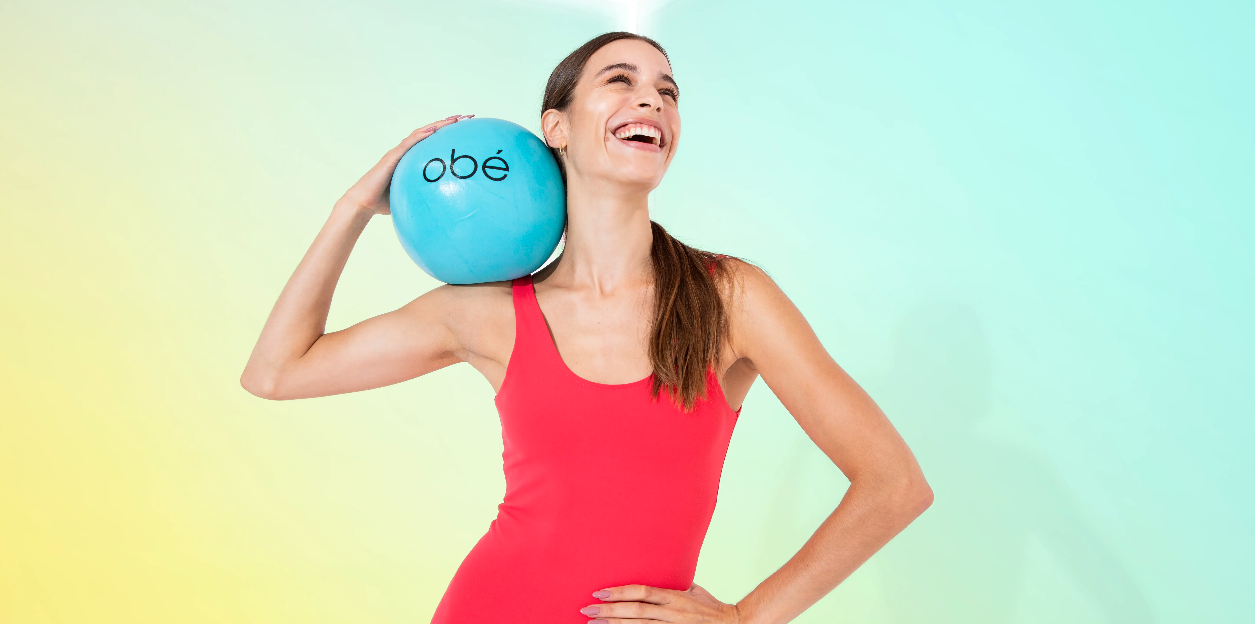
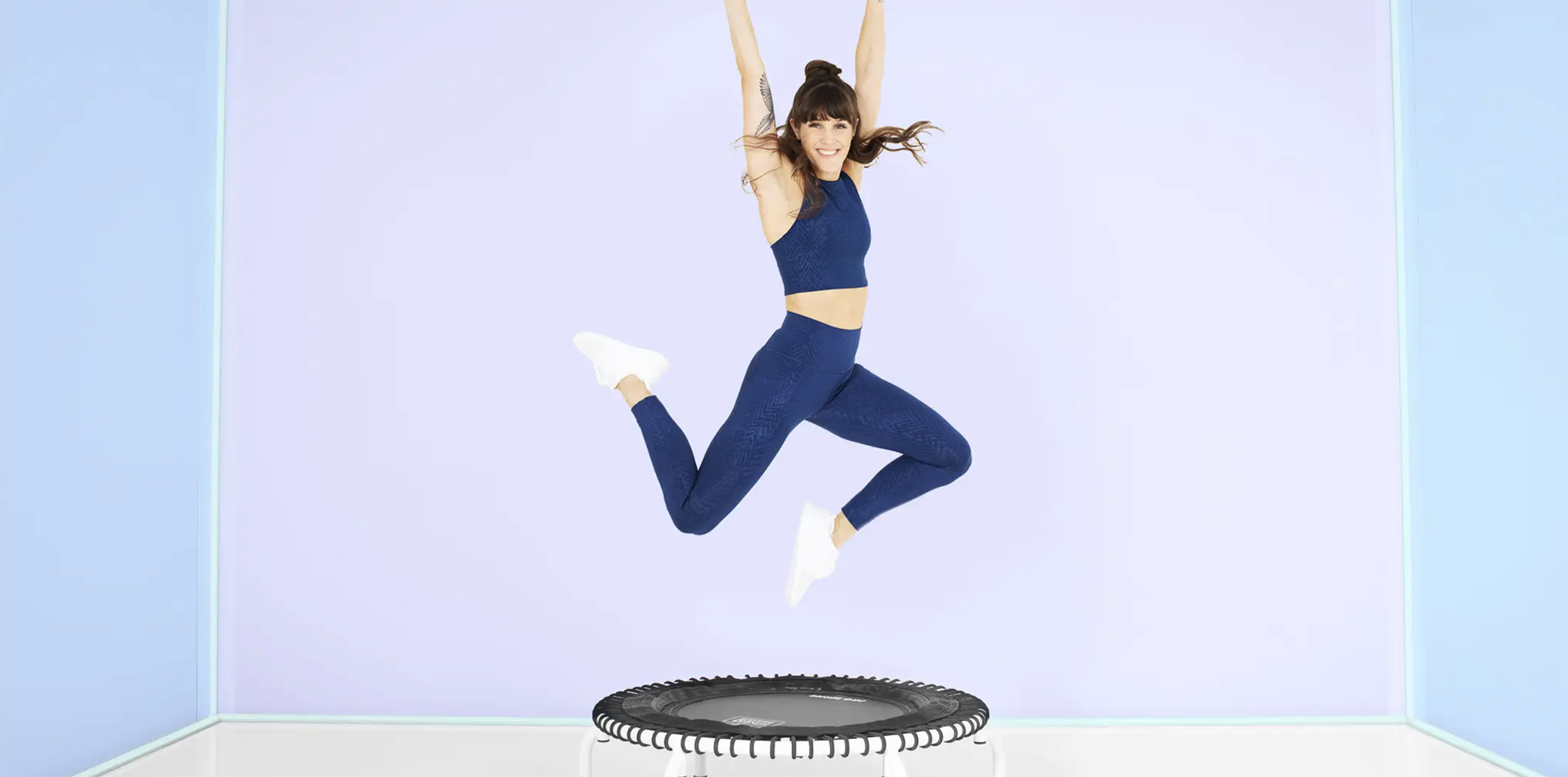

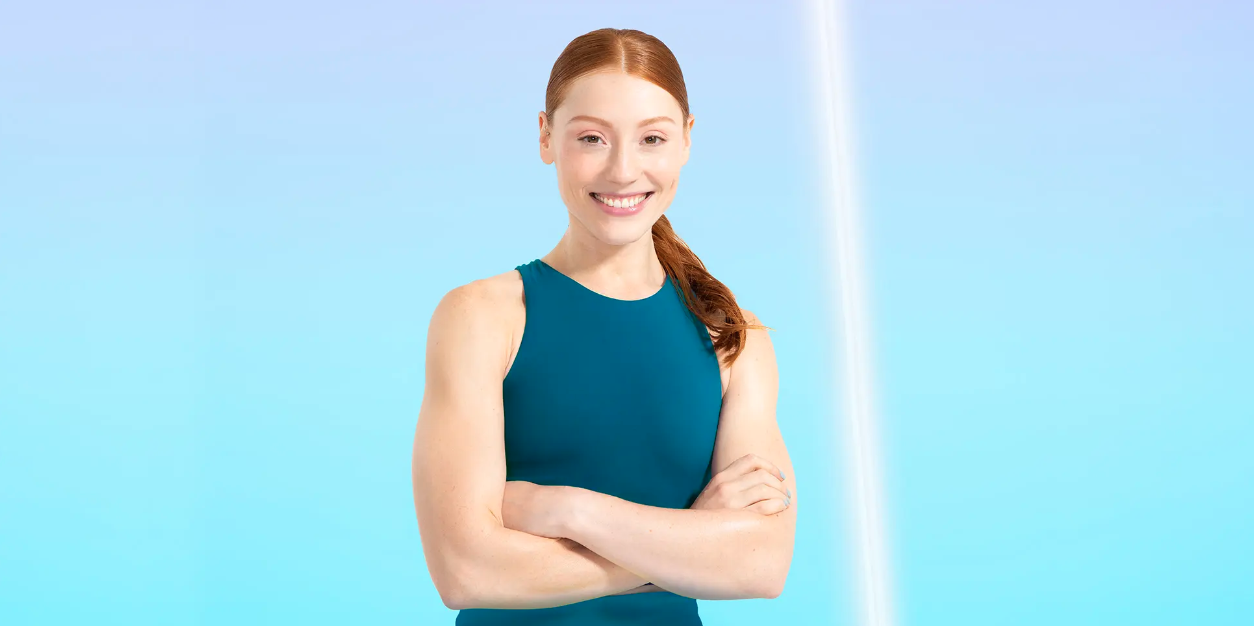
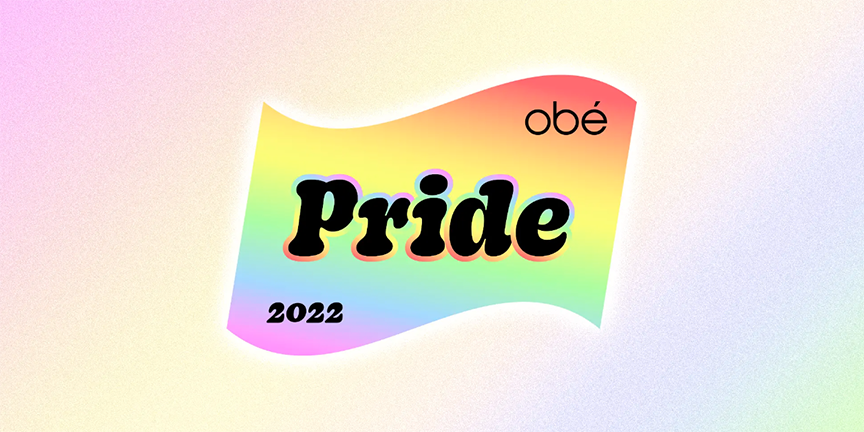


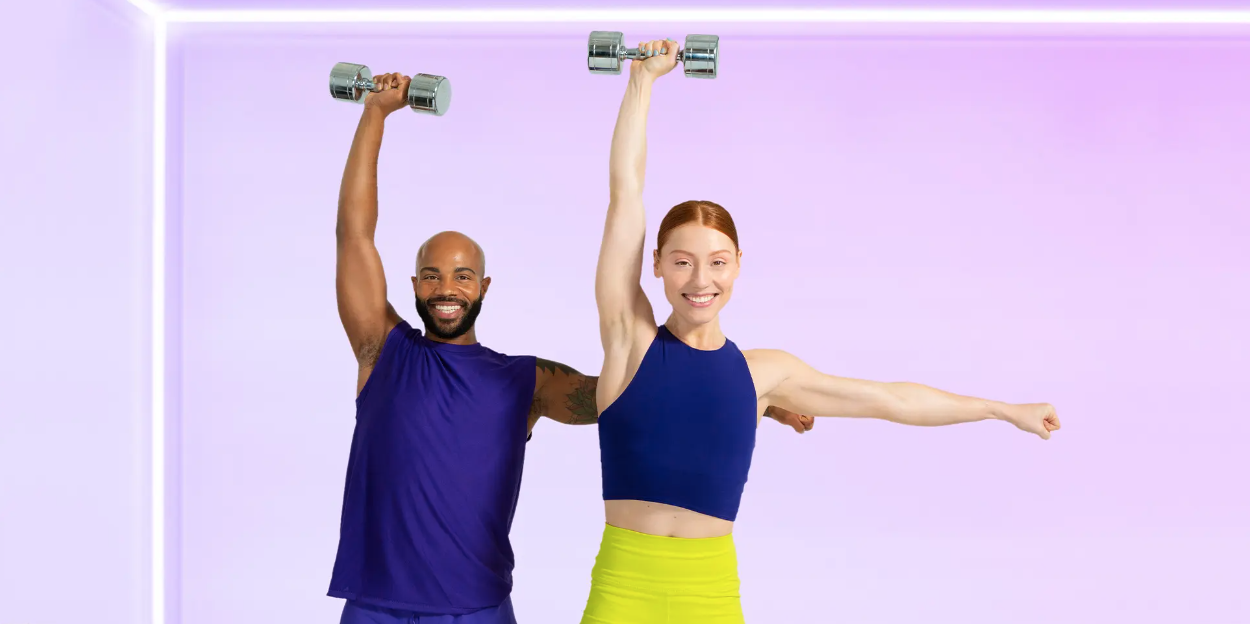
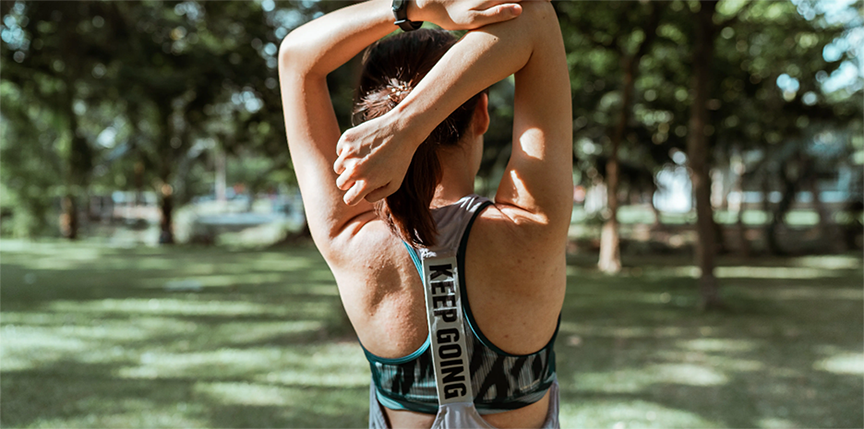

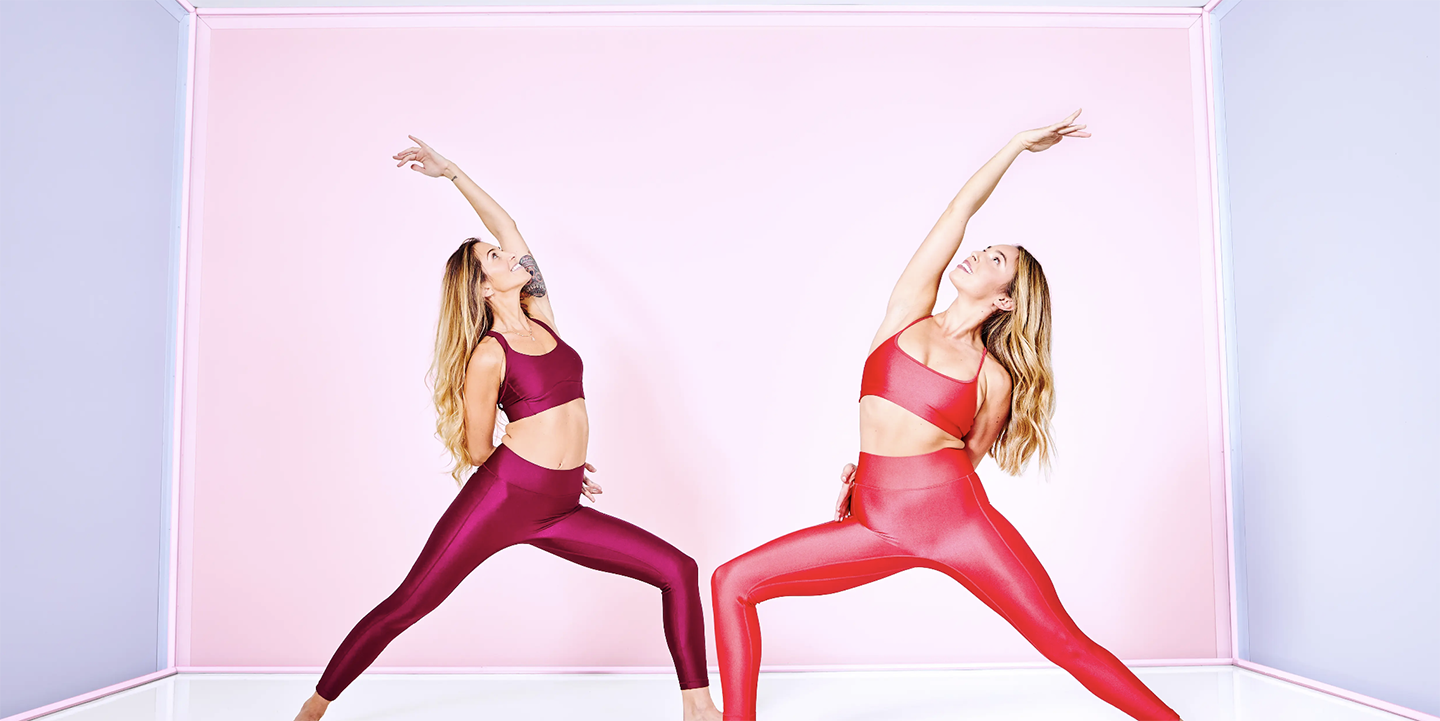
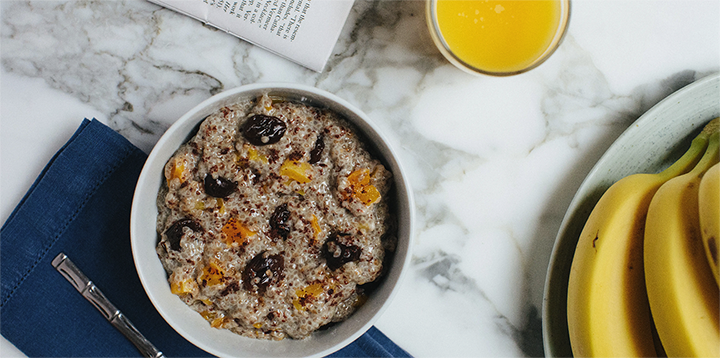
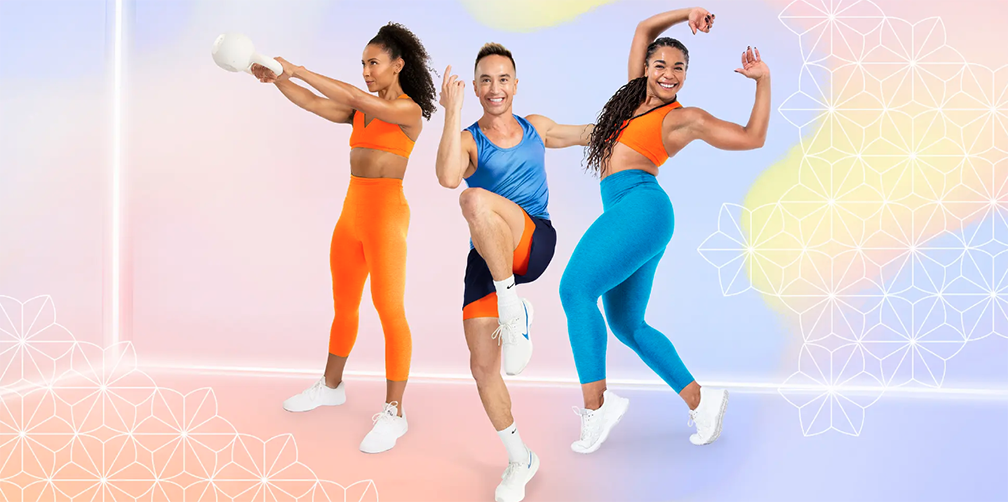

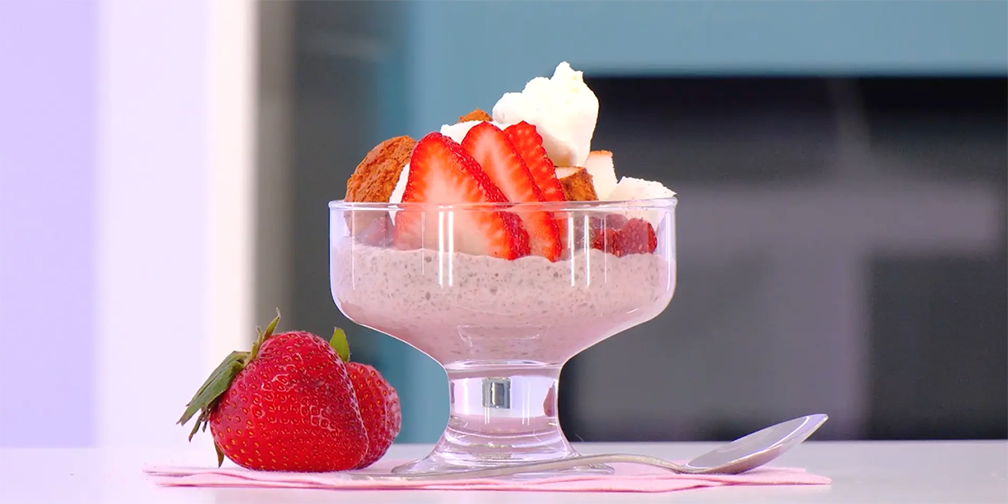
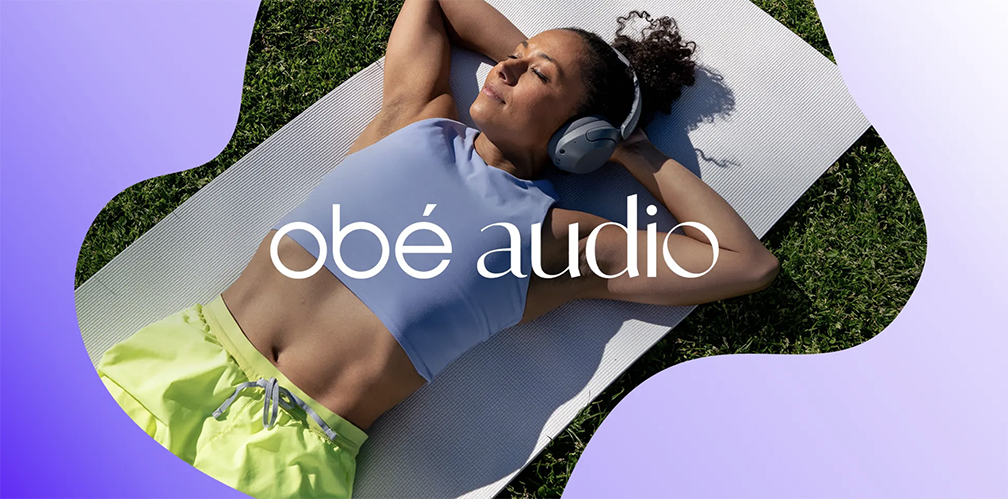
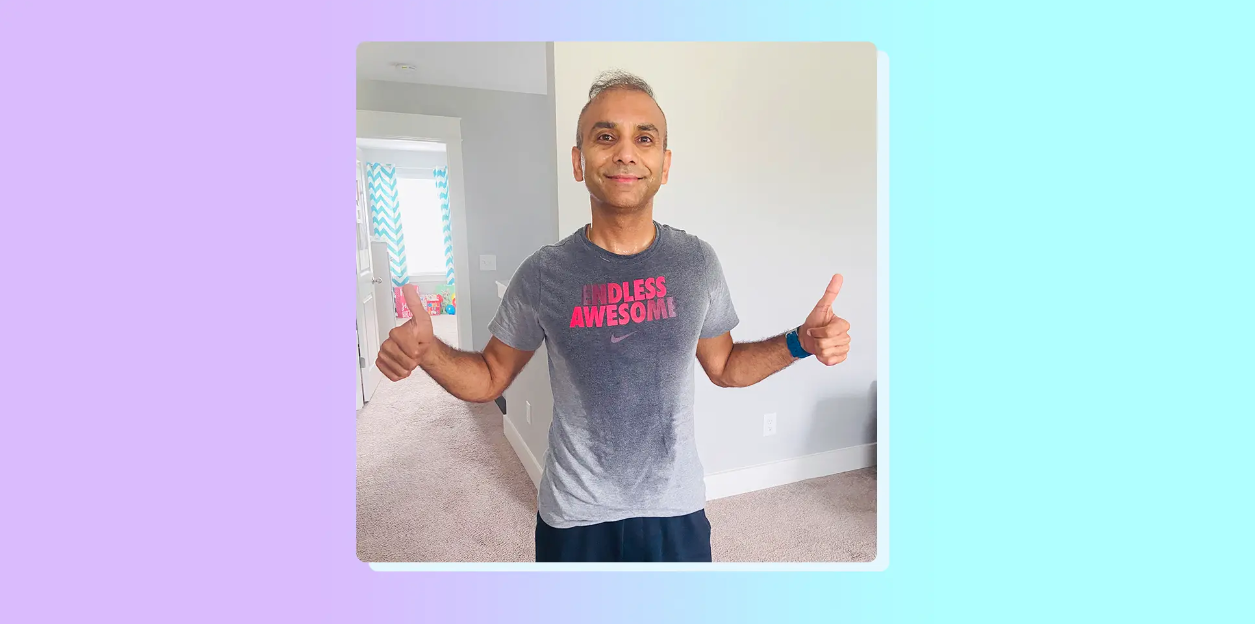
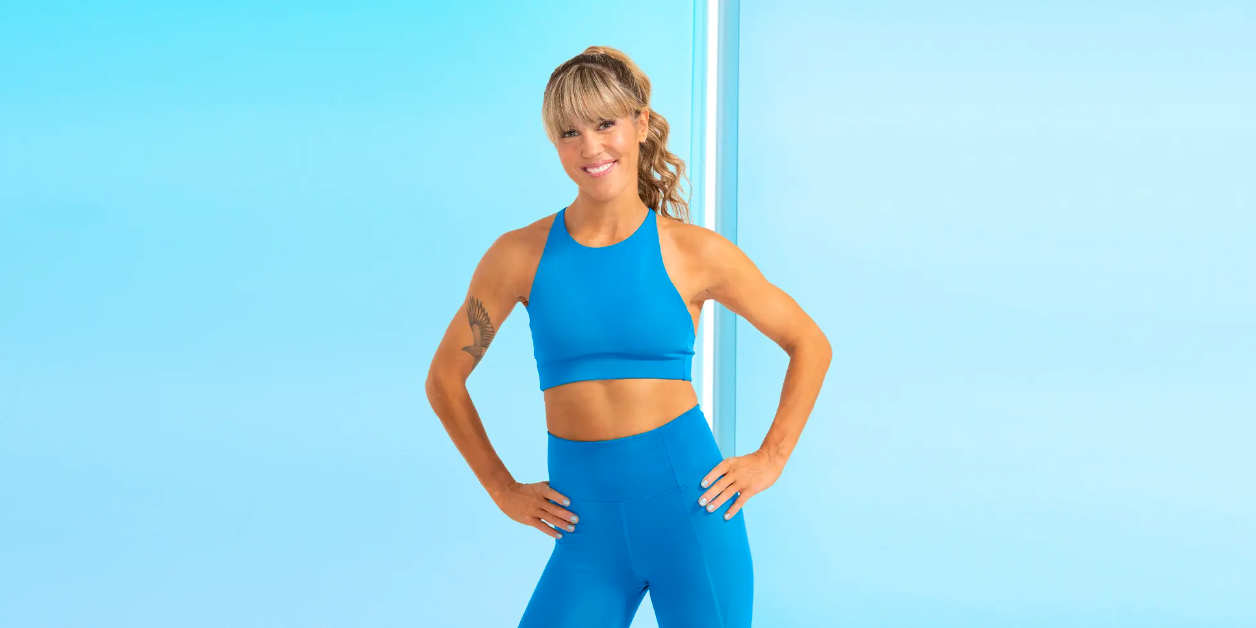
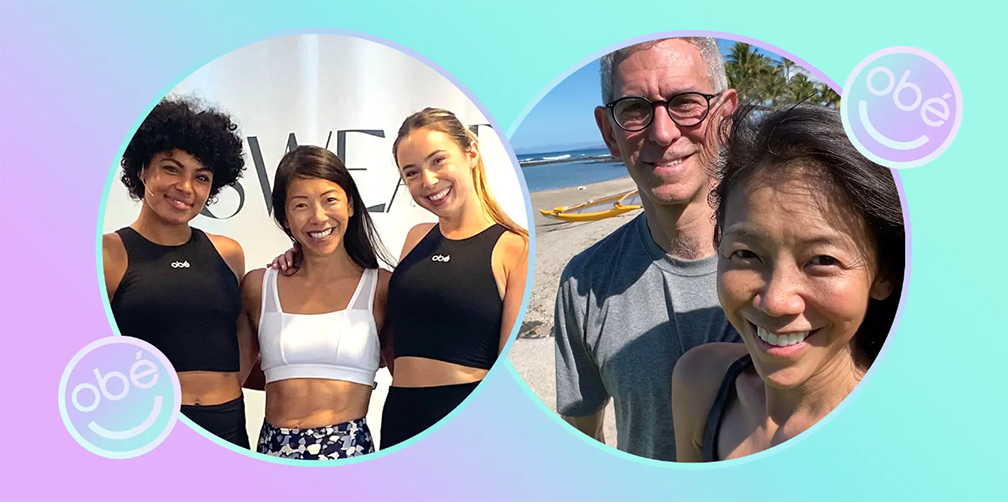



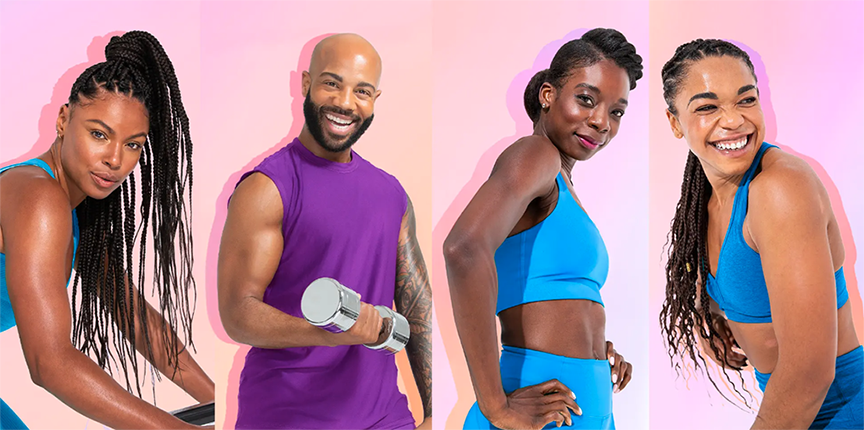
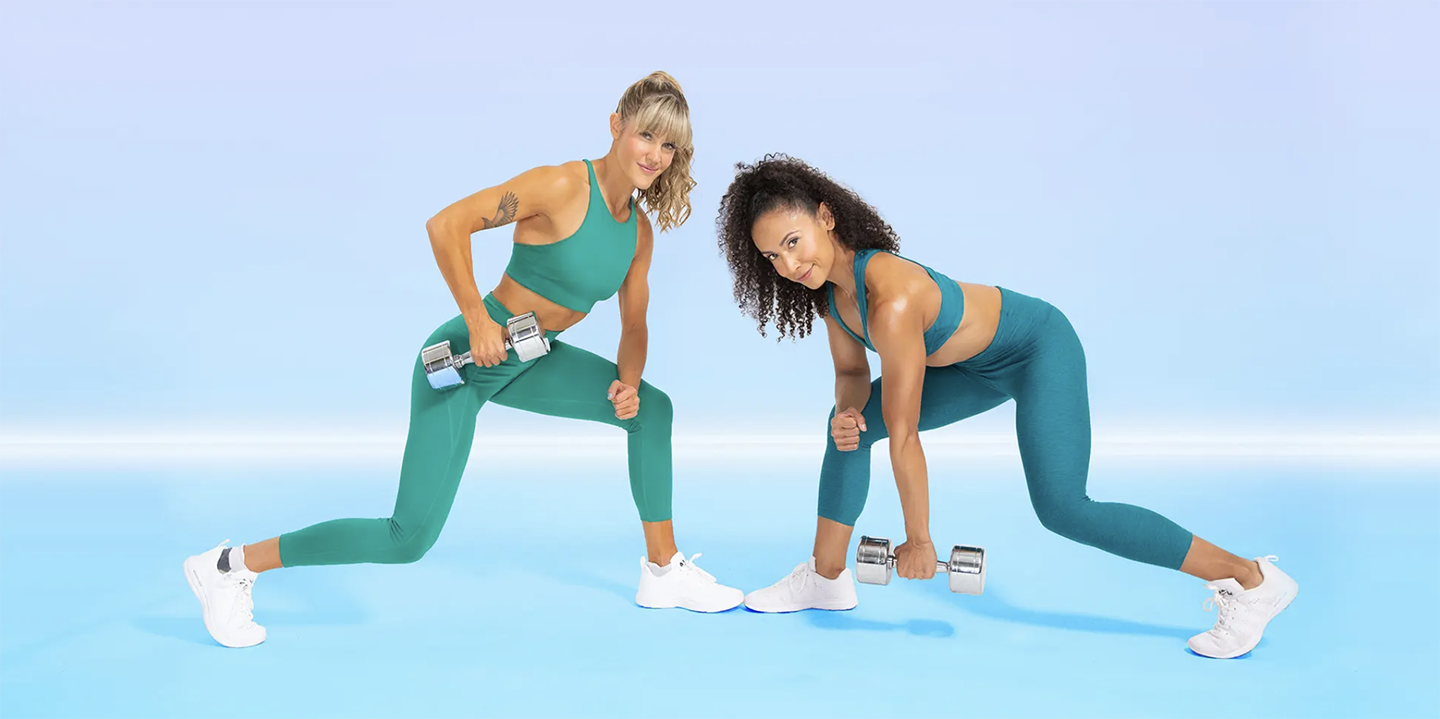
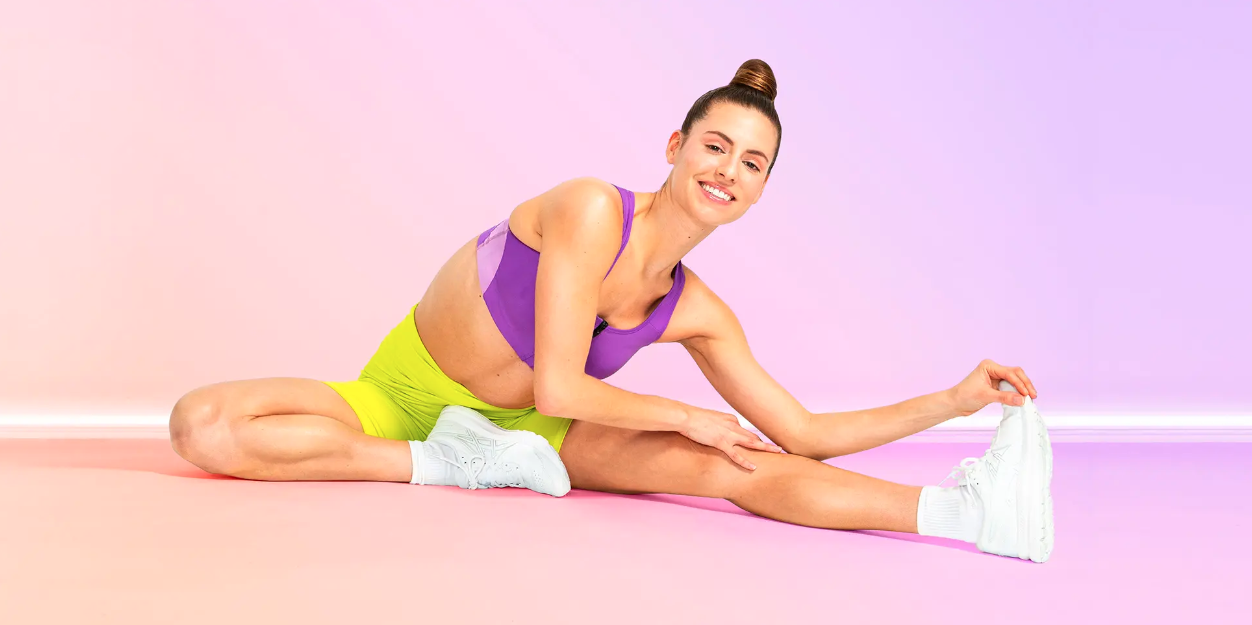
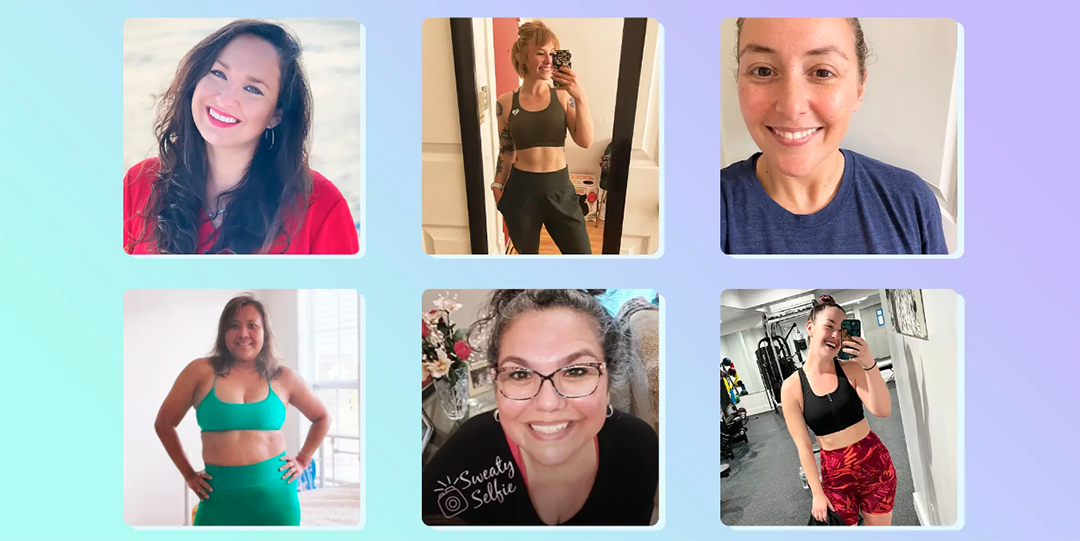
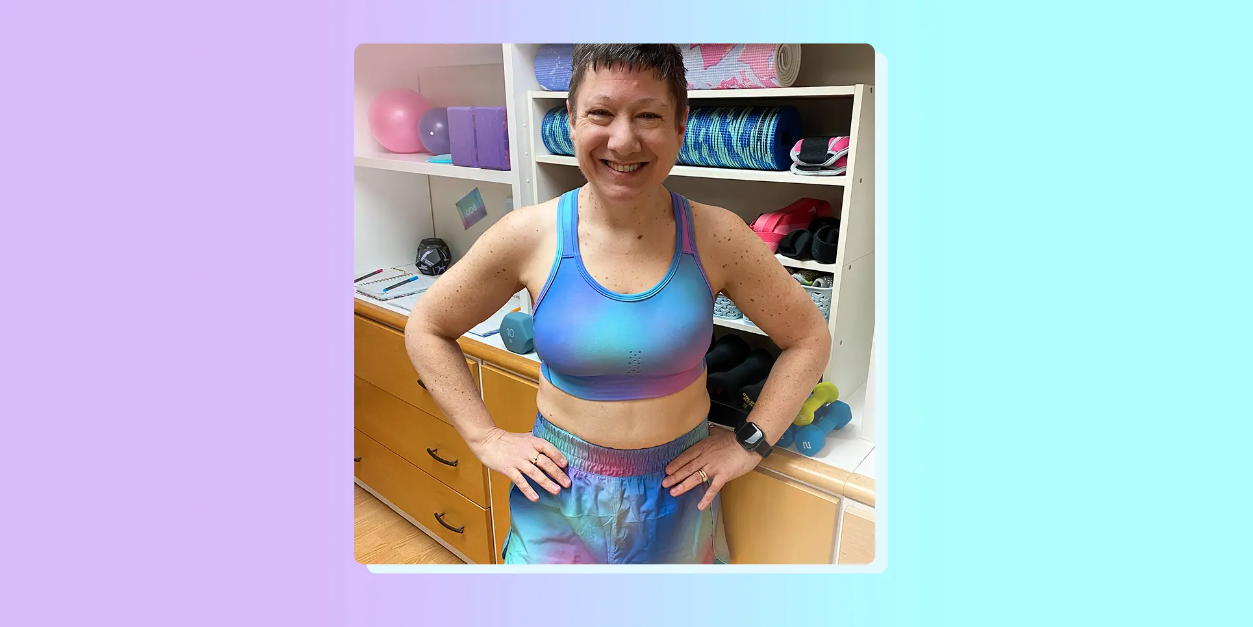
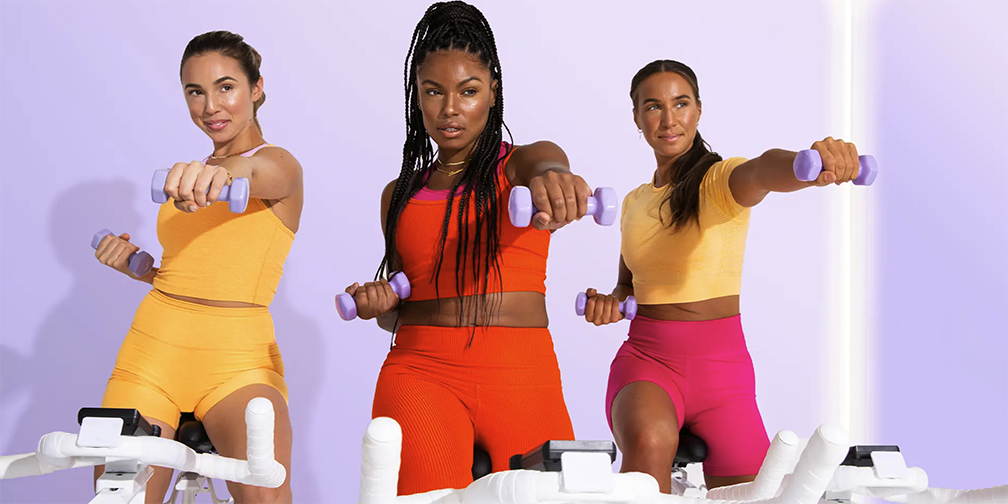
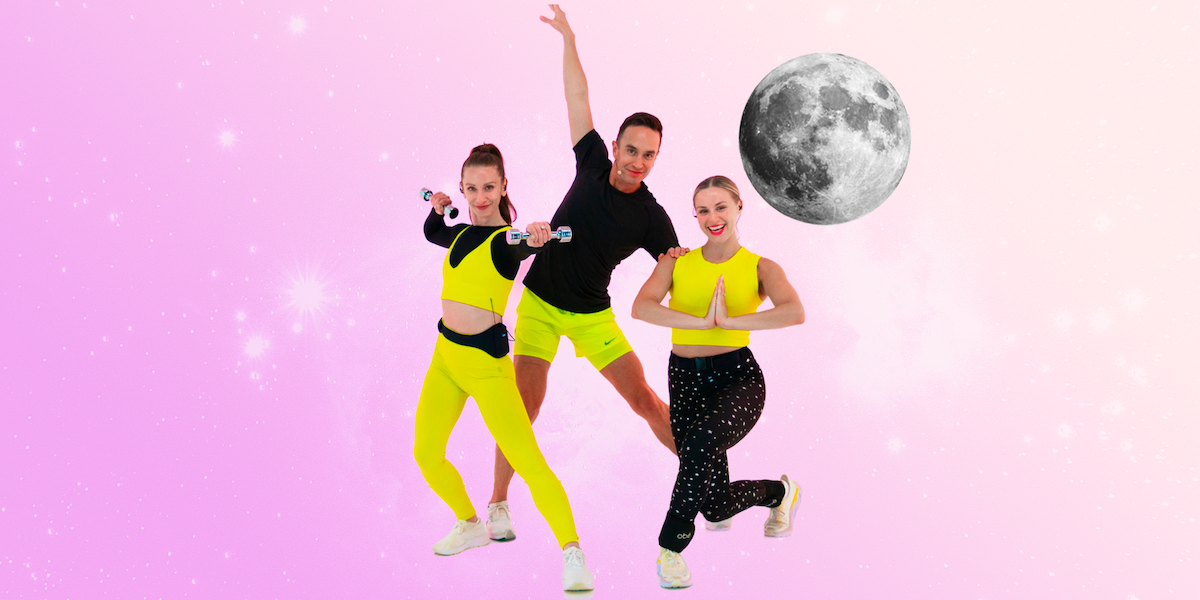
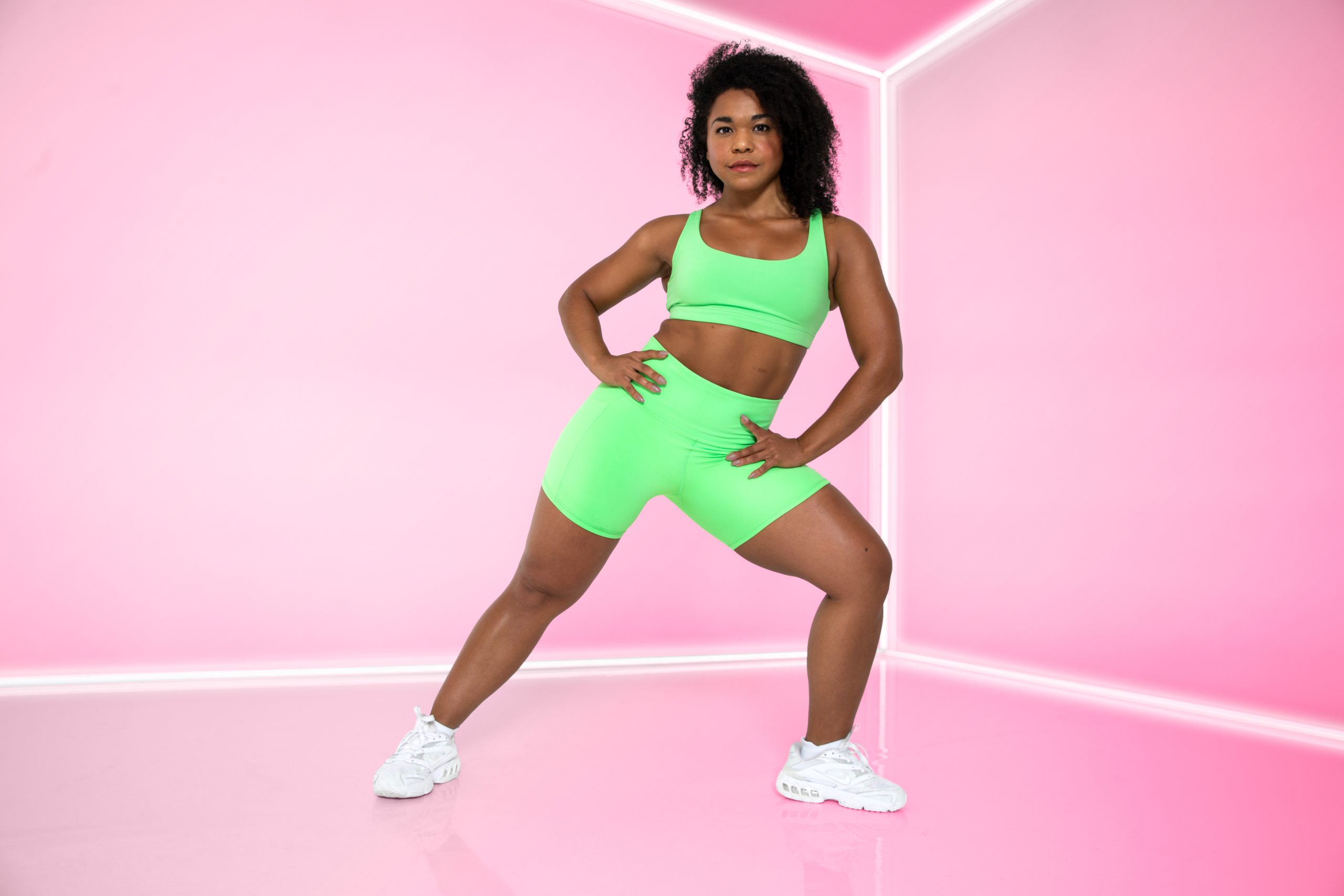
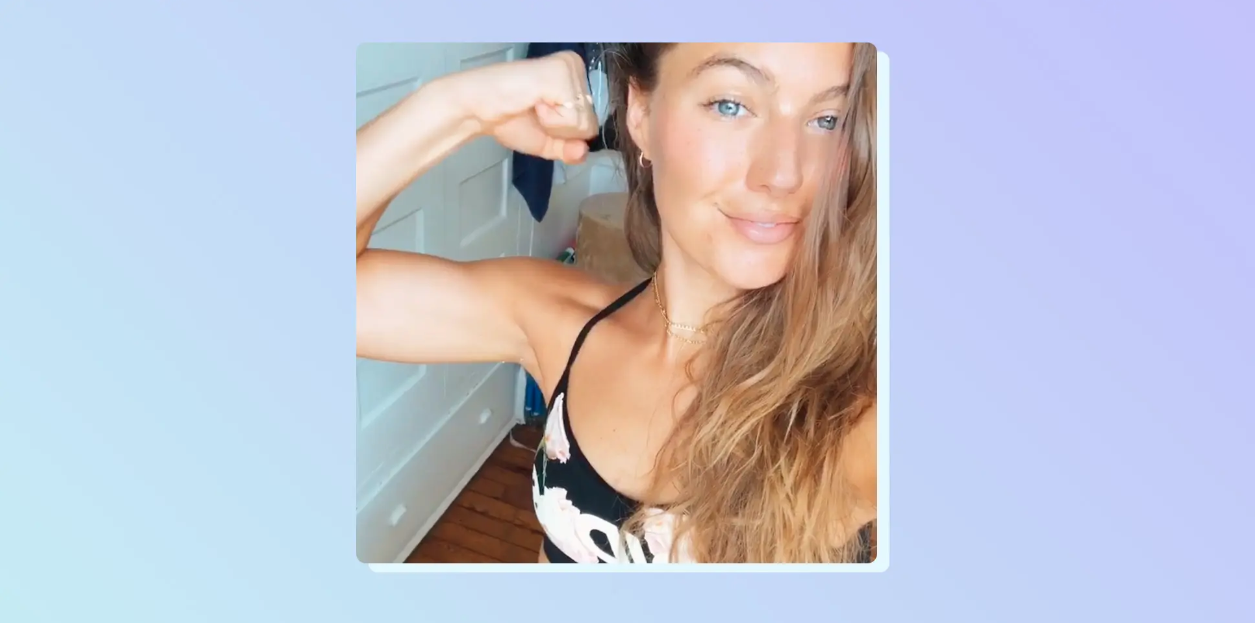
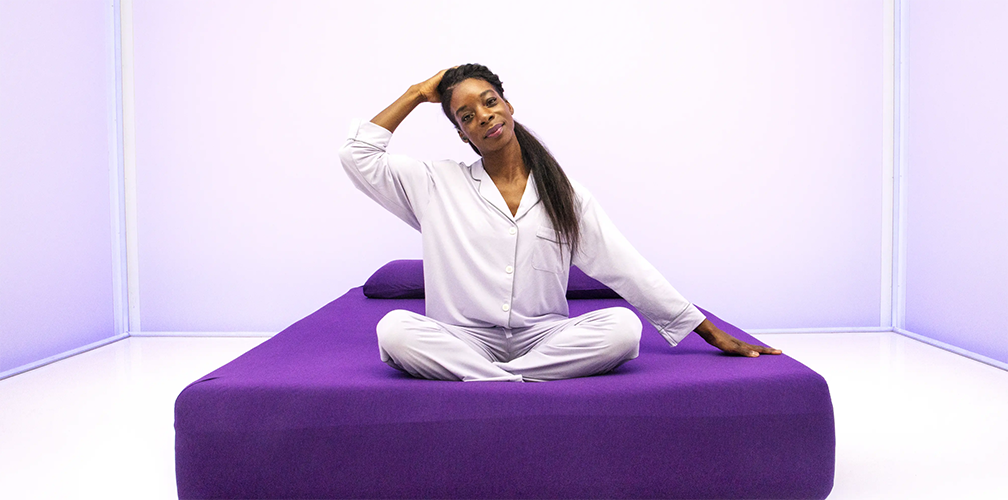

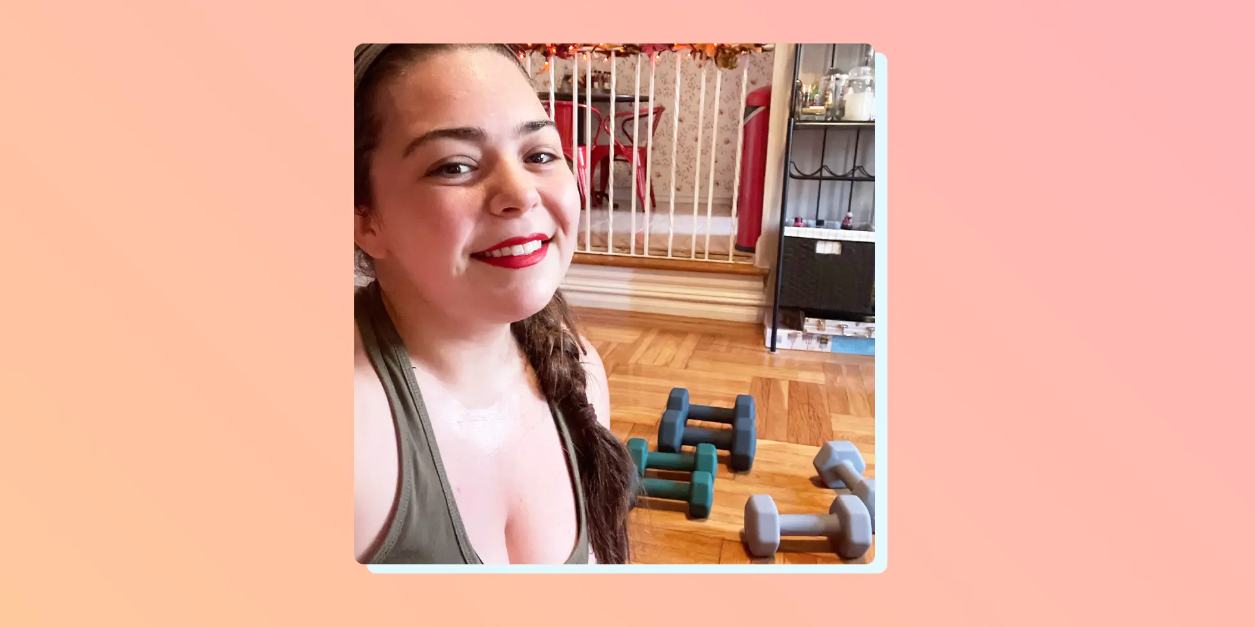
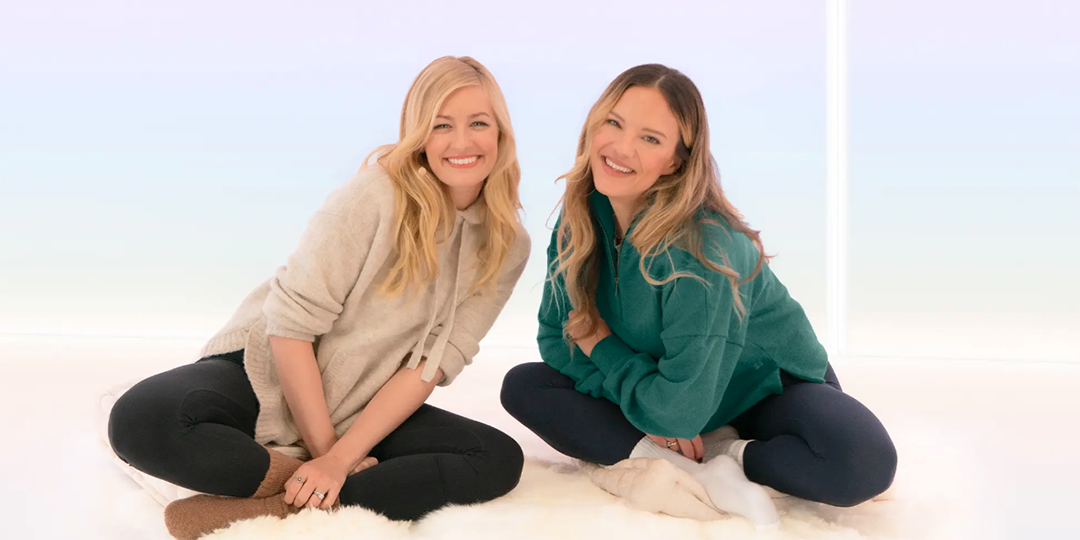
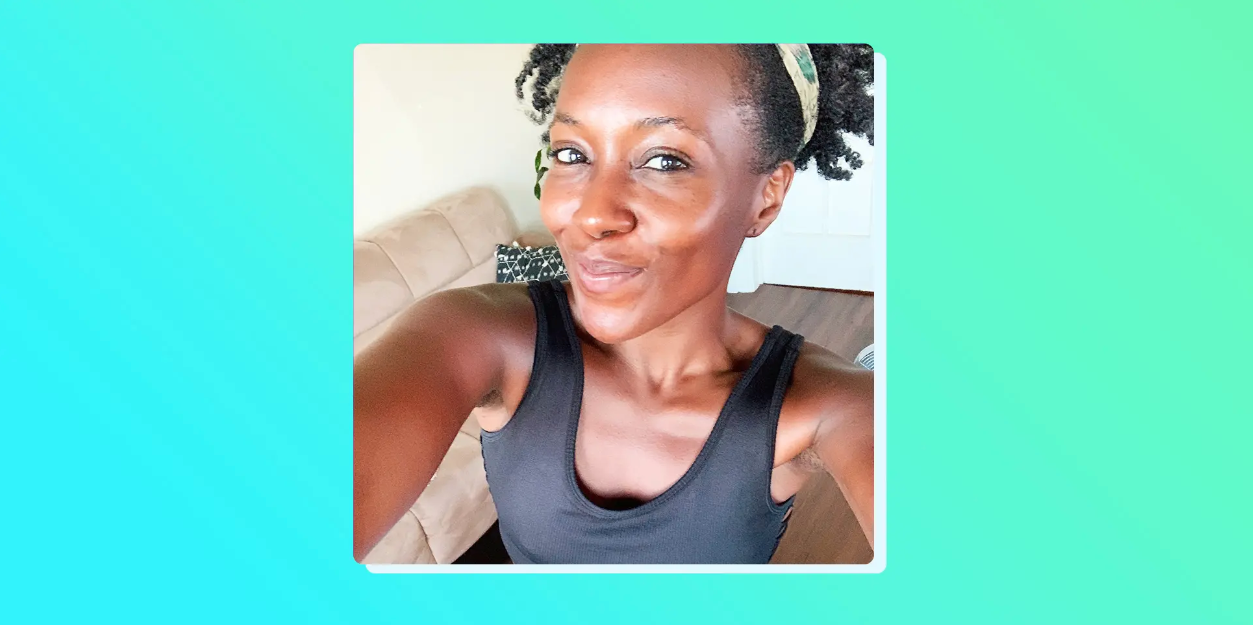
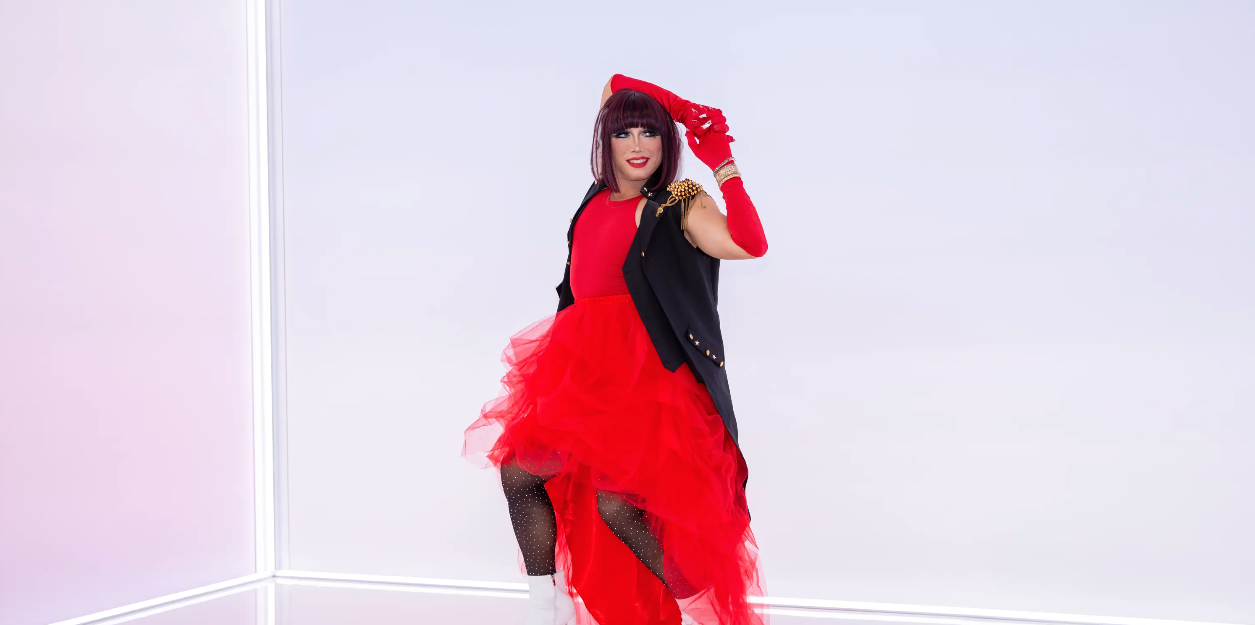
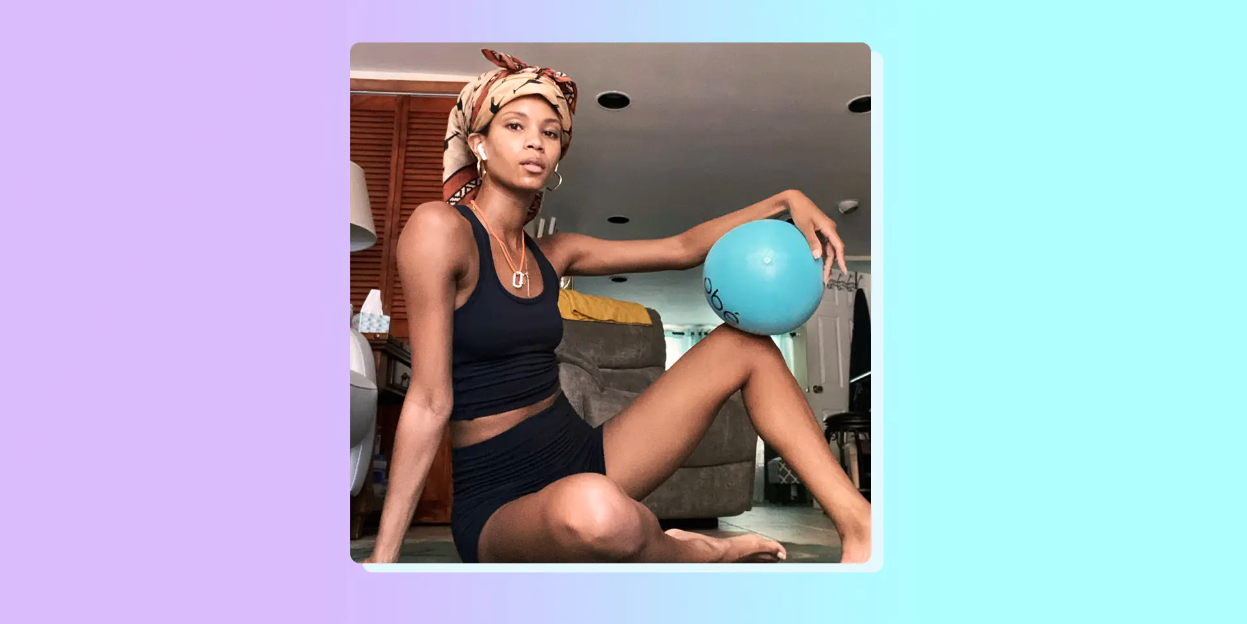
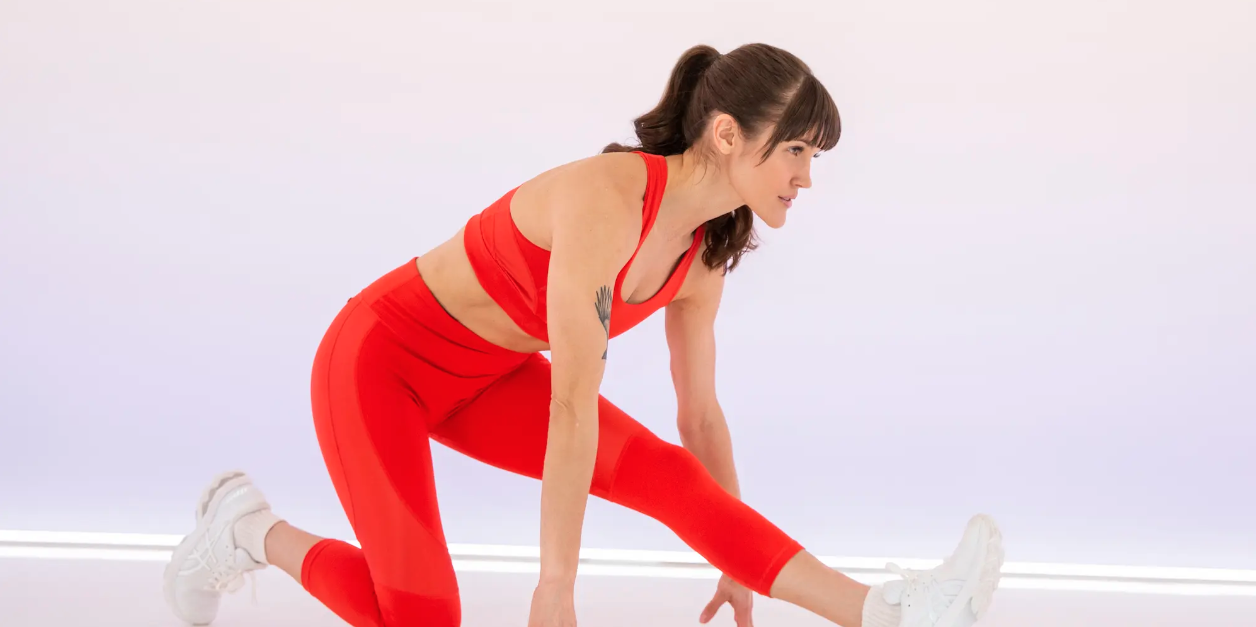
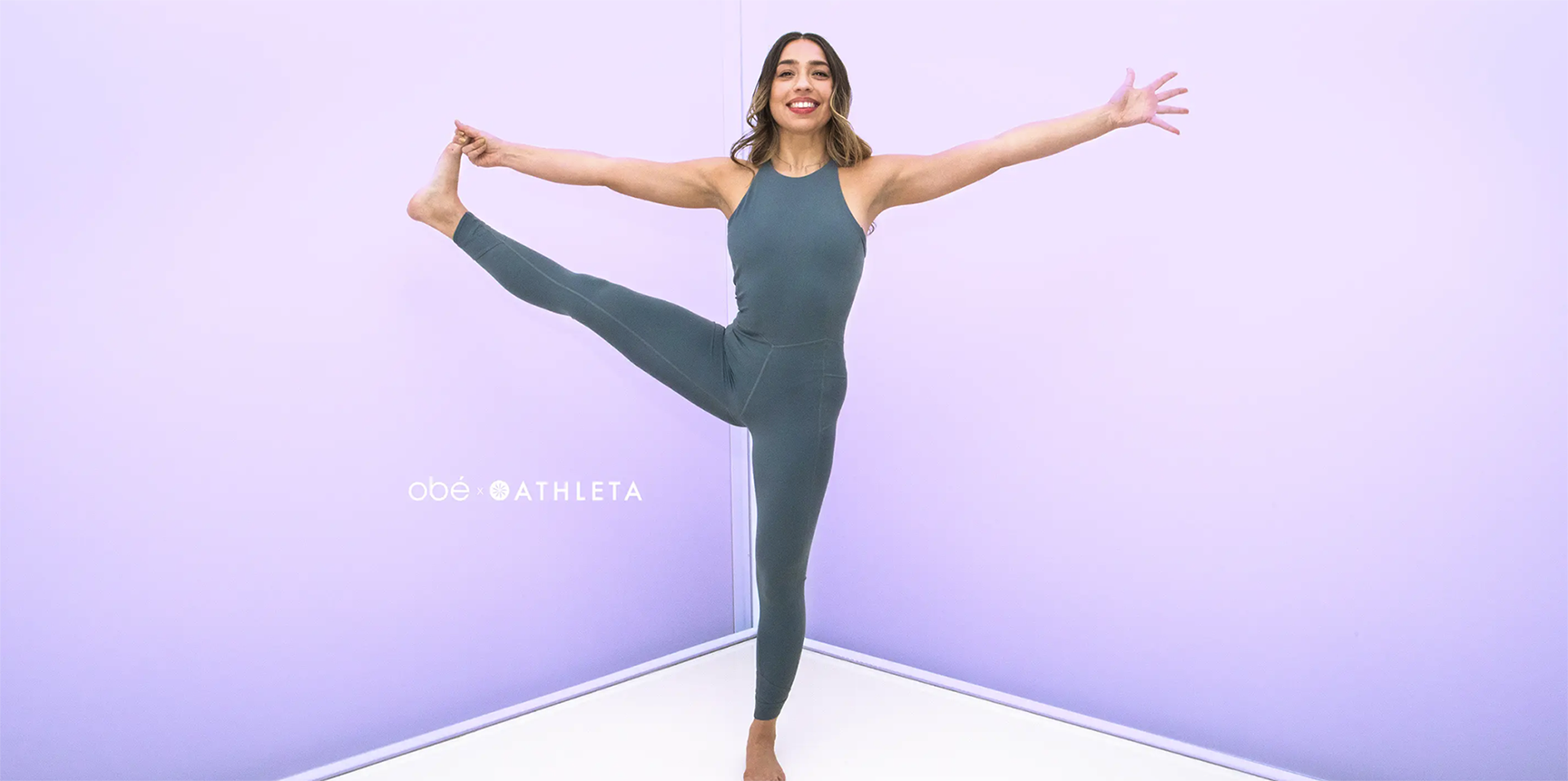
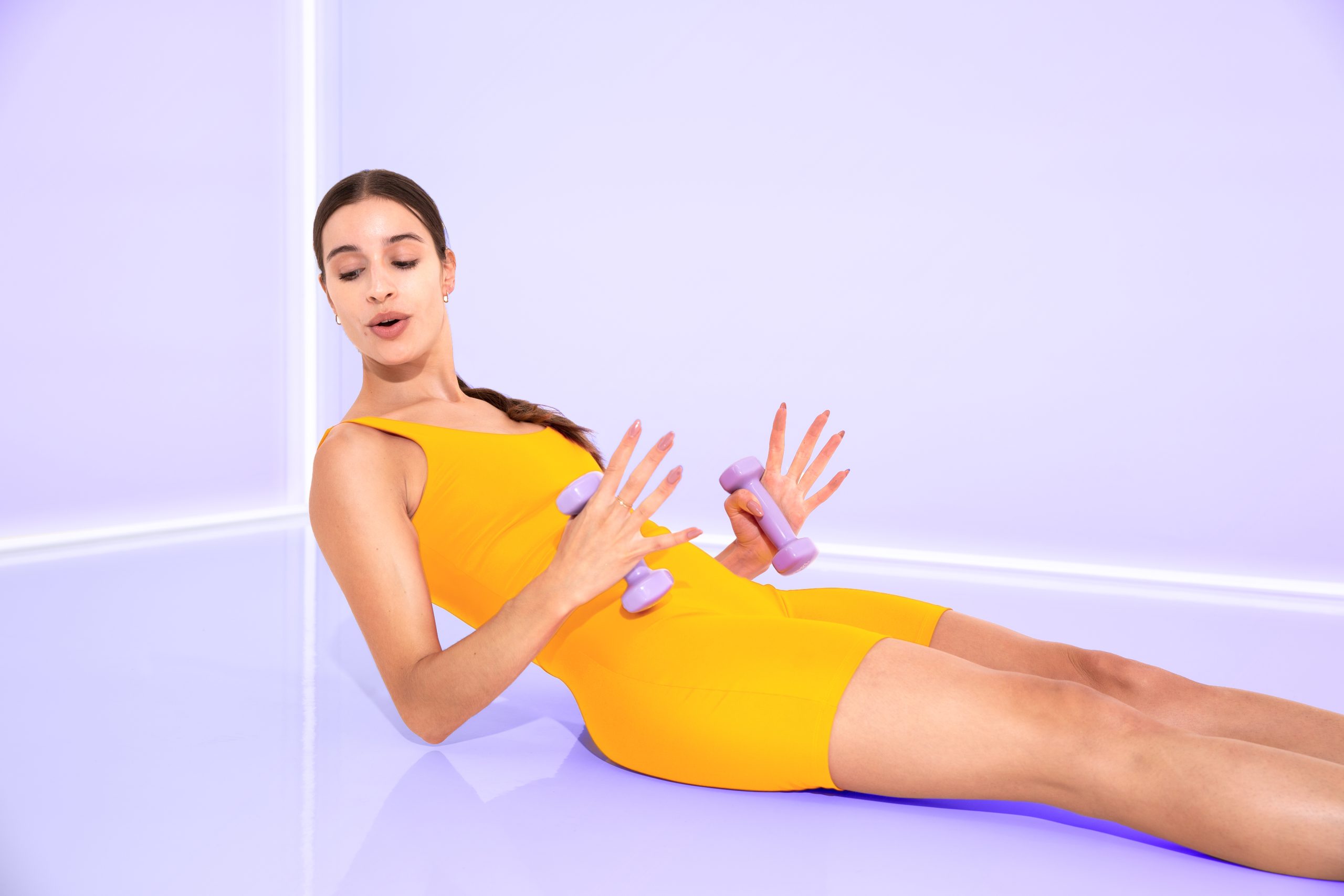
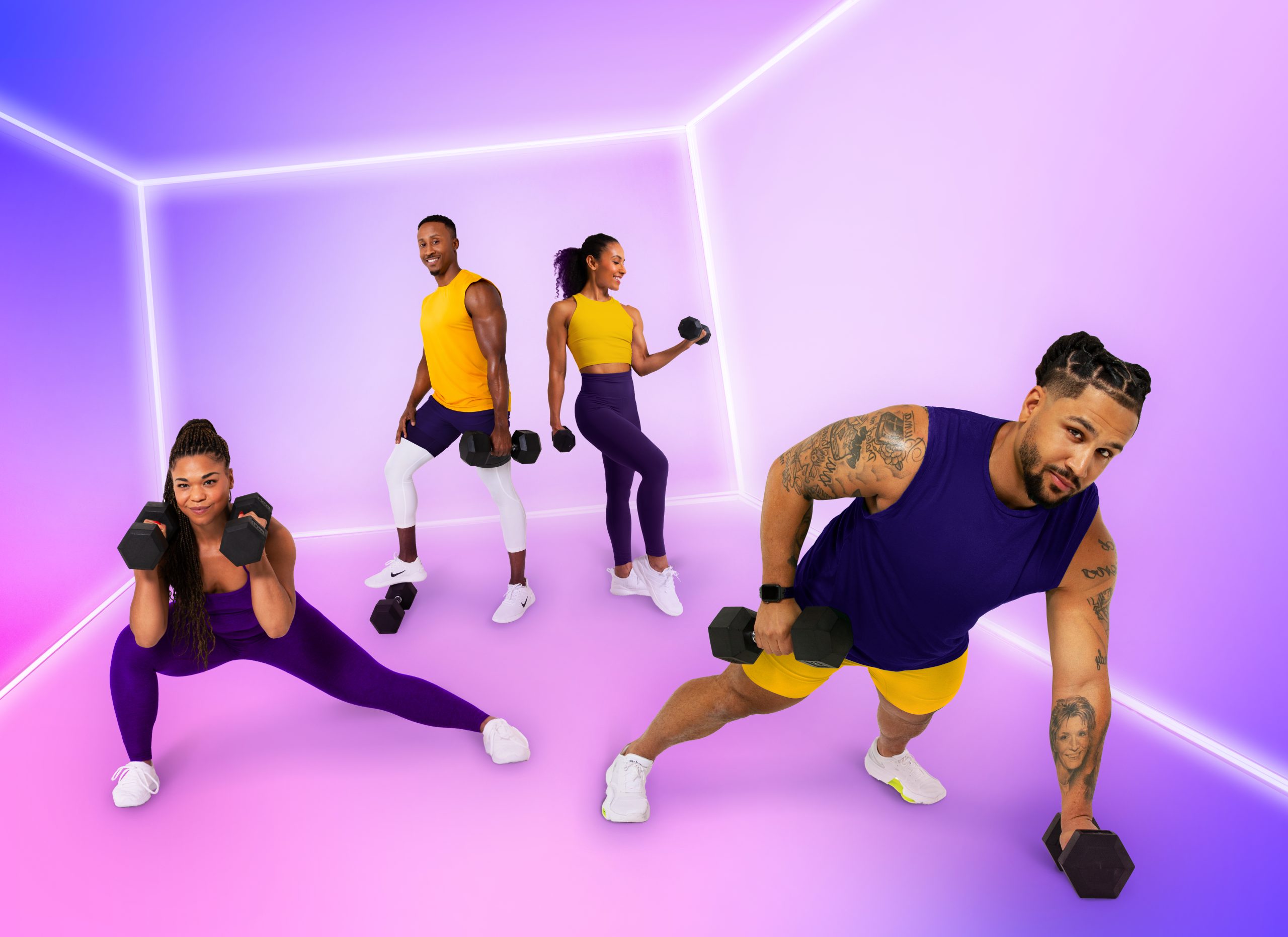
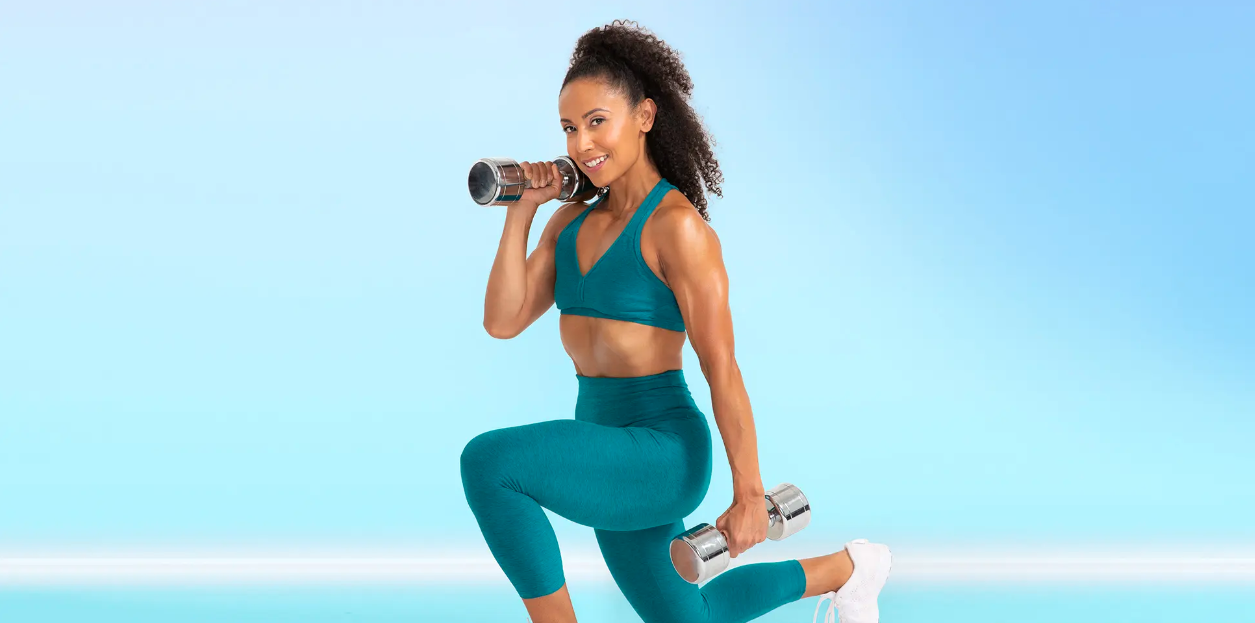
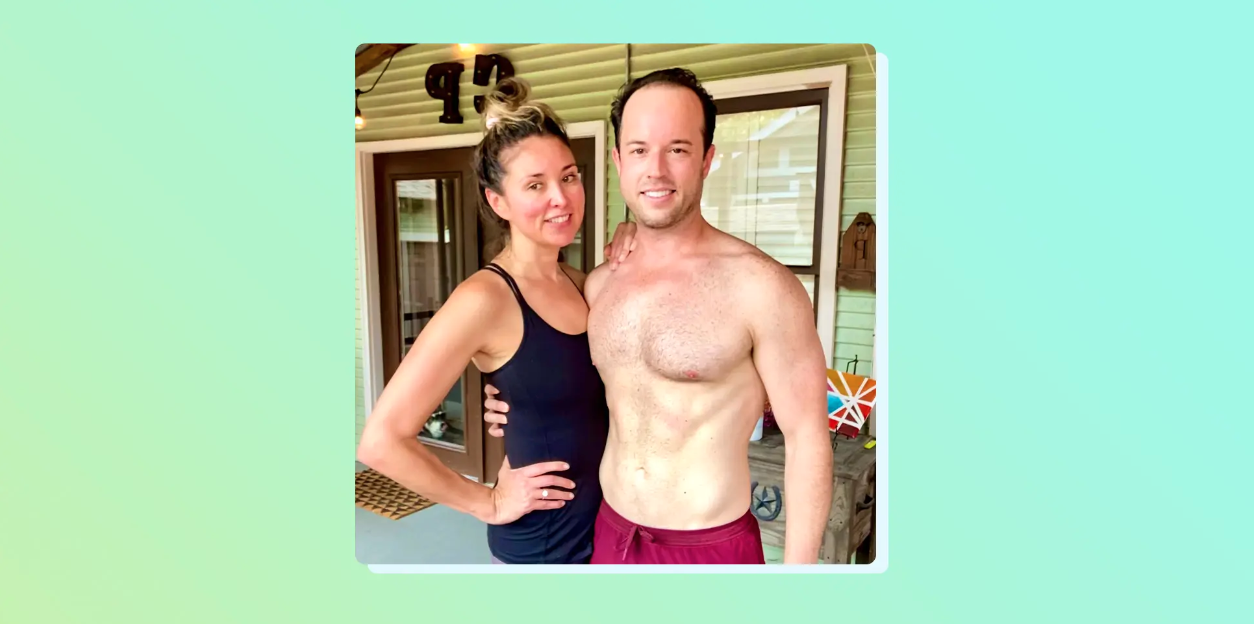
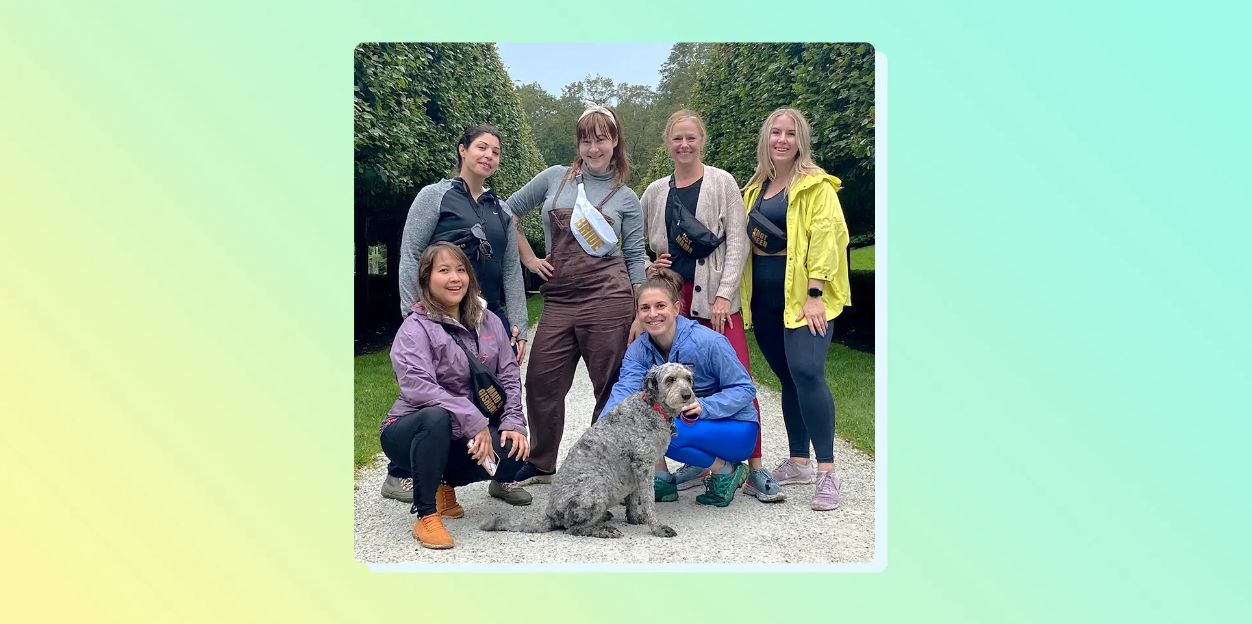
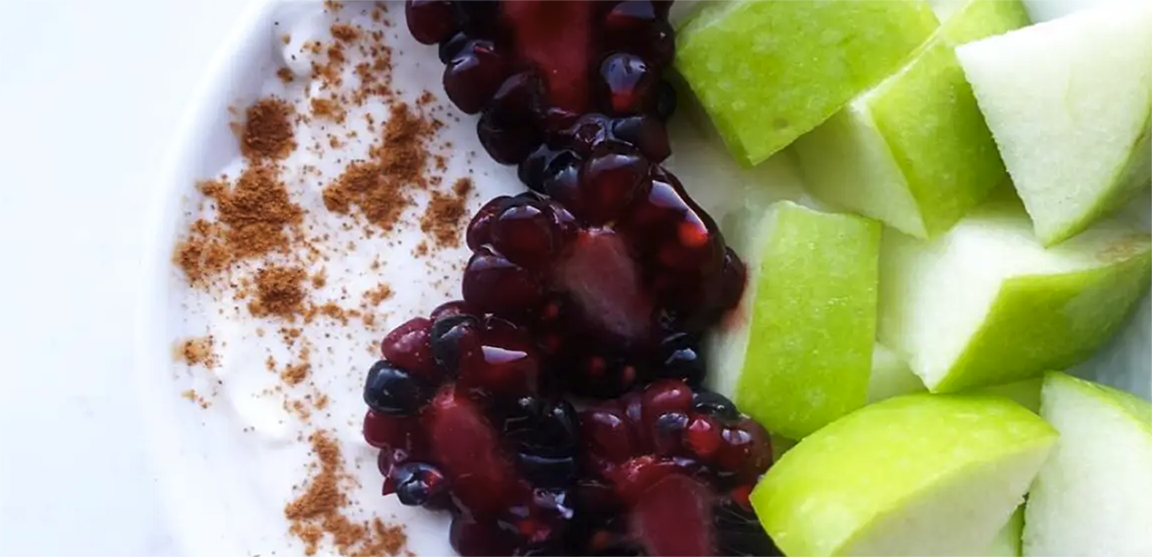

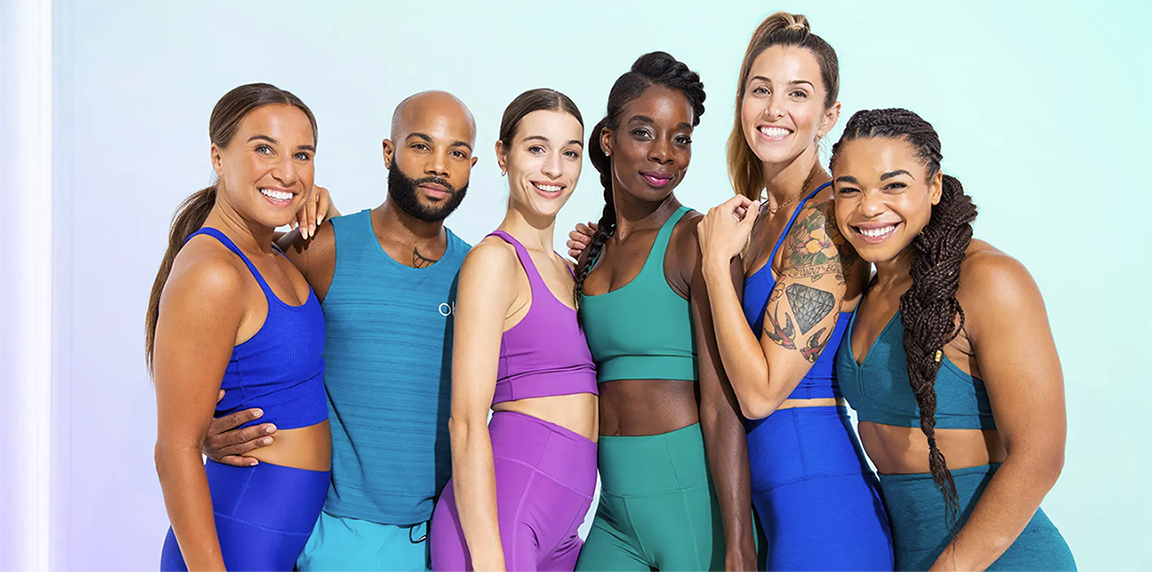
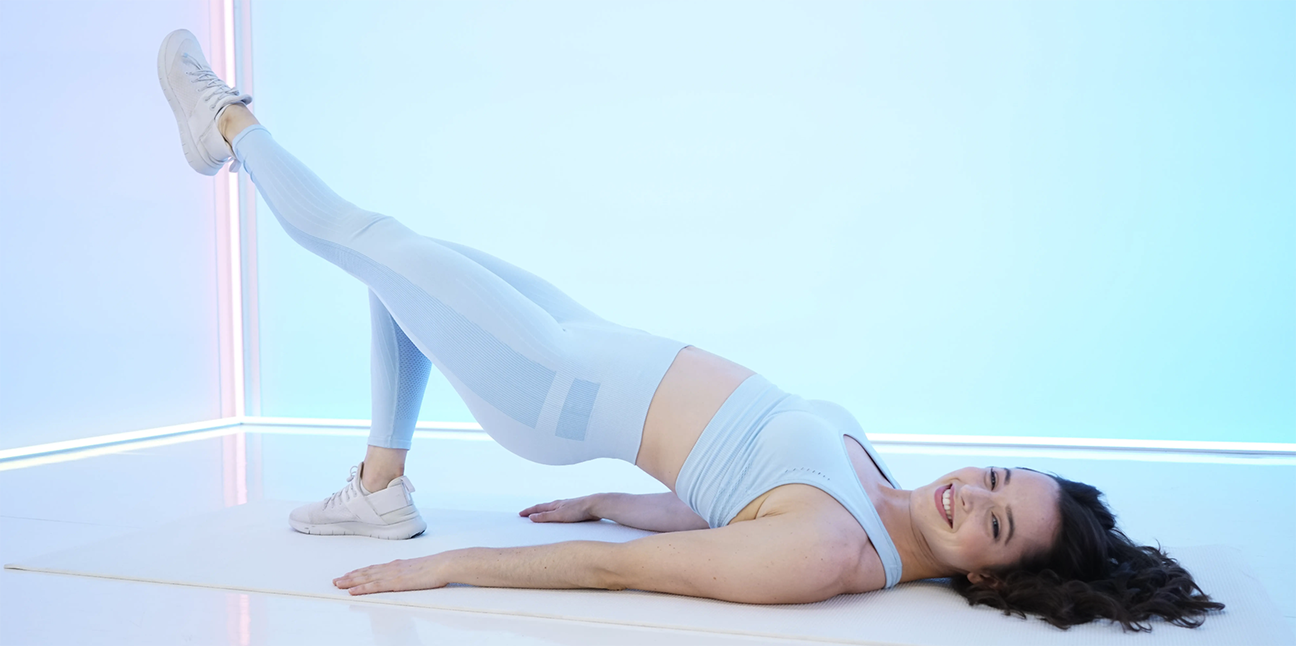

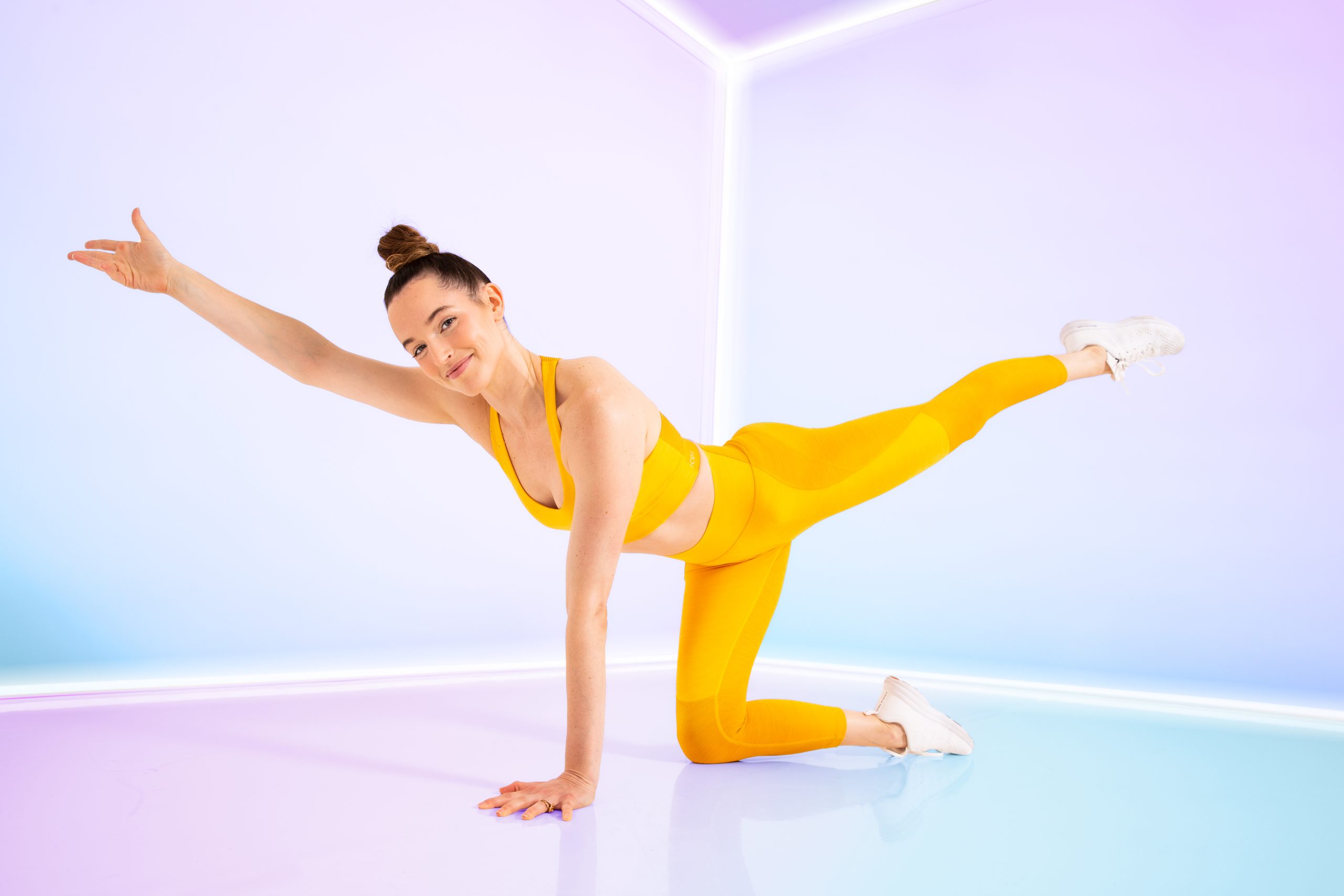
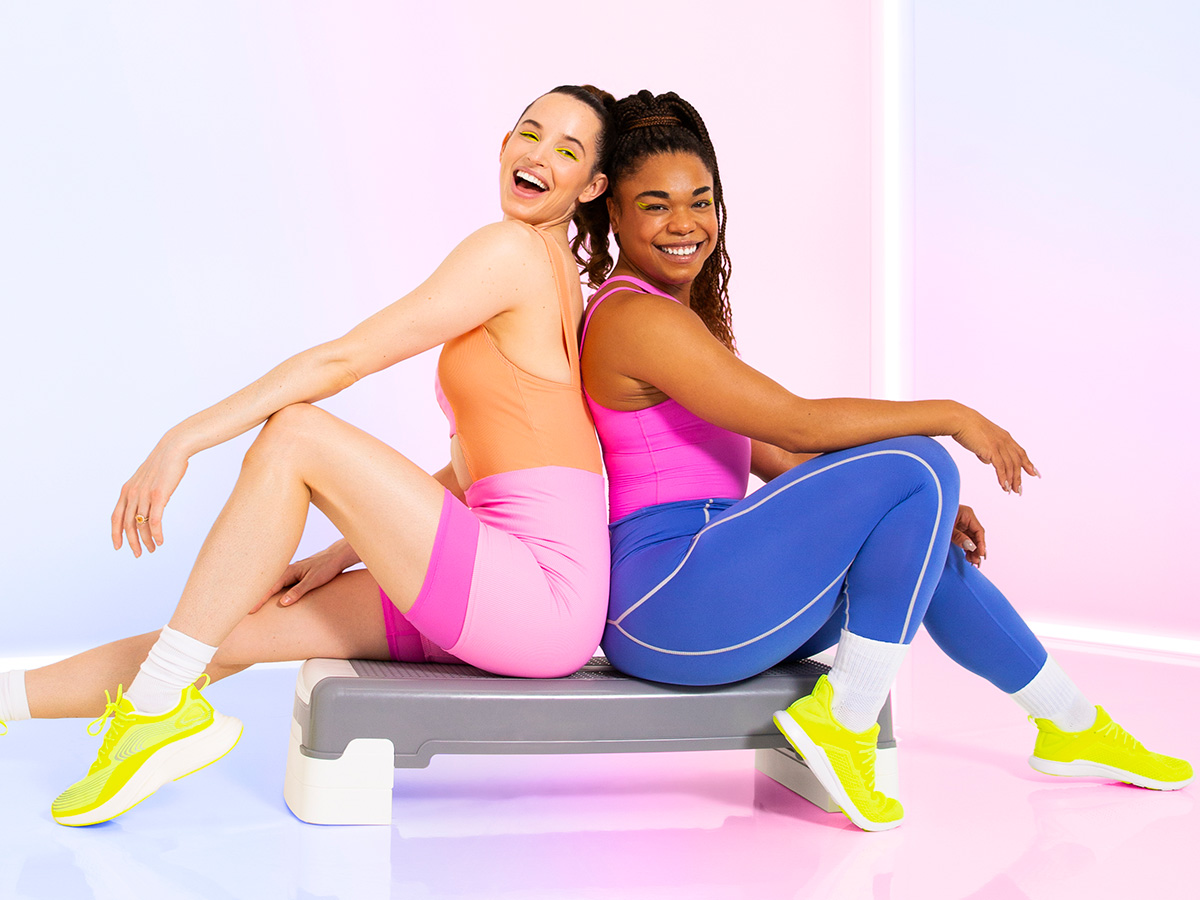
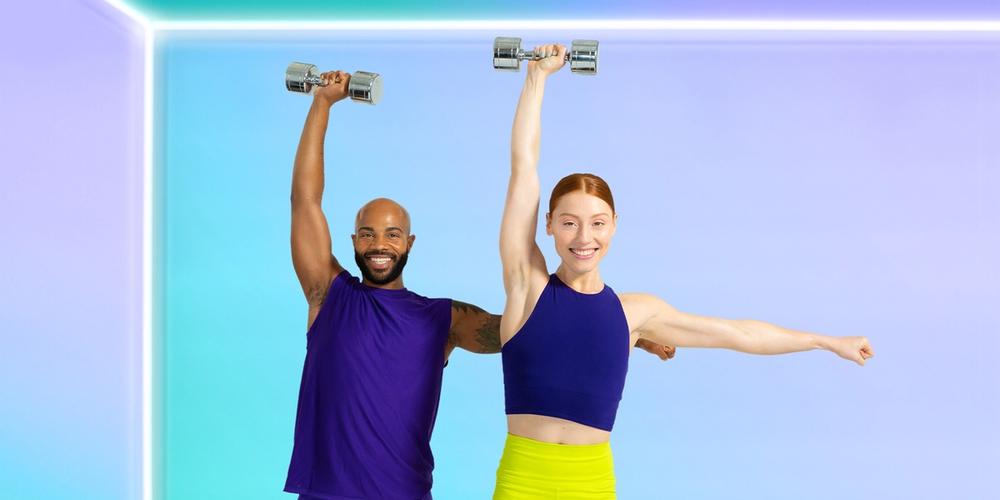
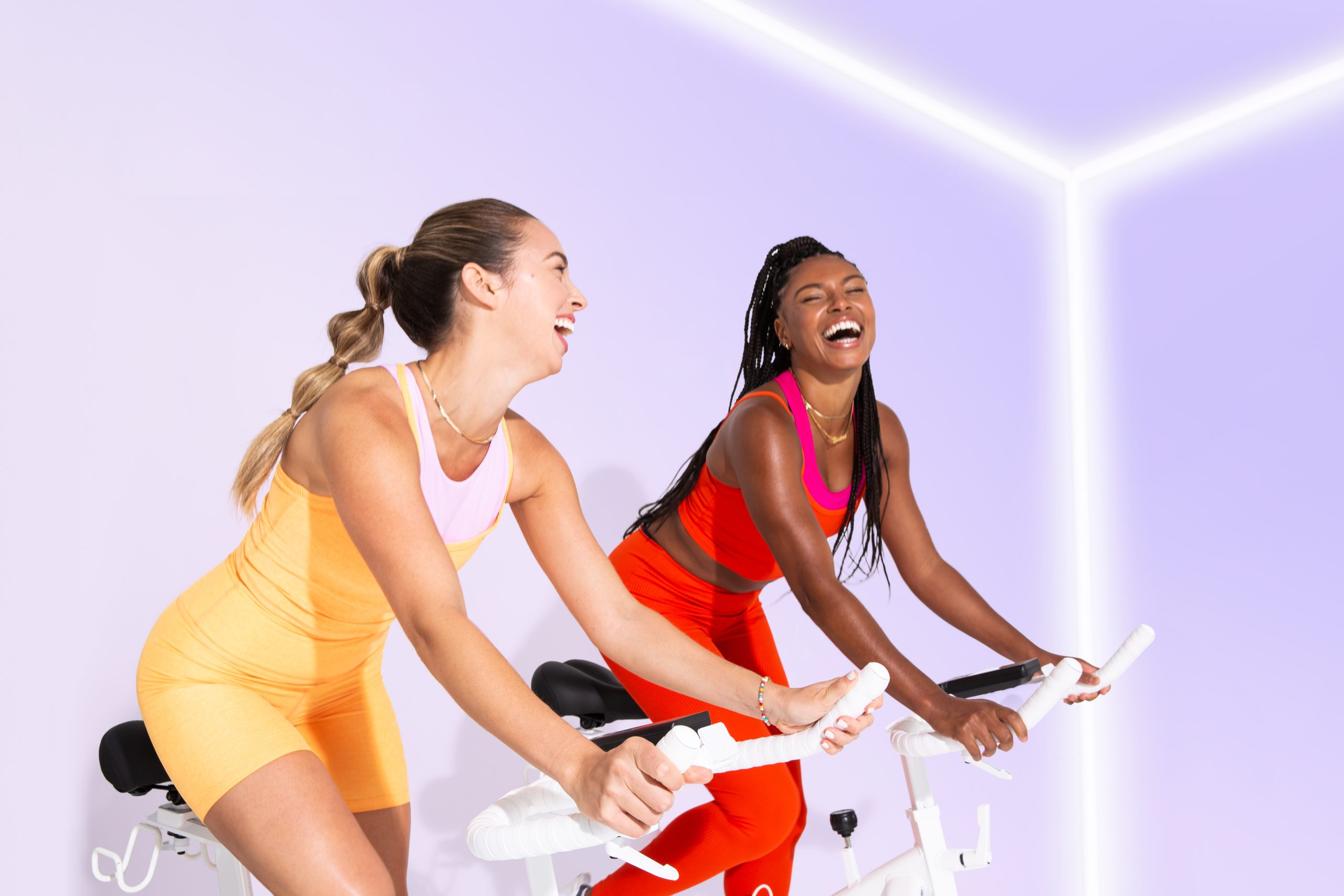
Leave a Reply to Emma Rose Cancel reply